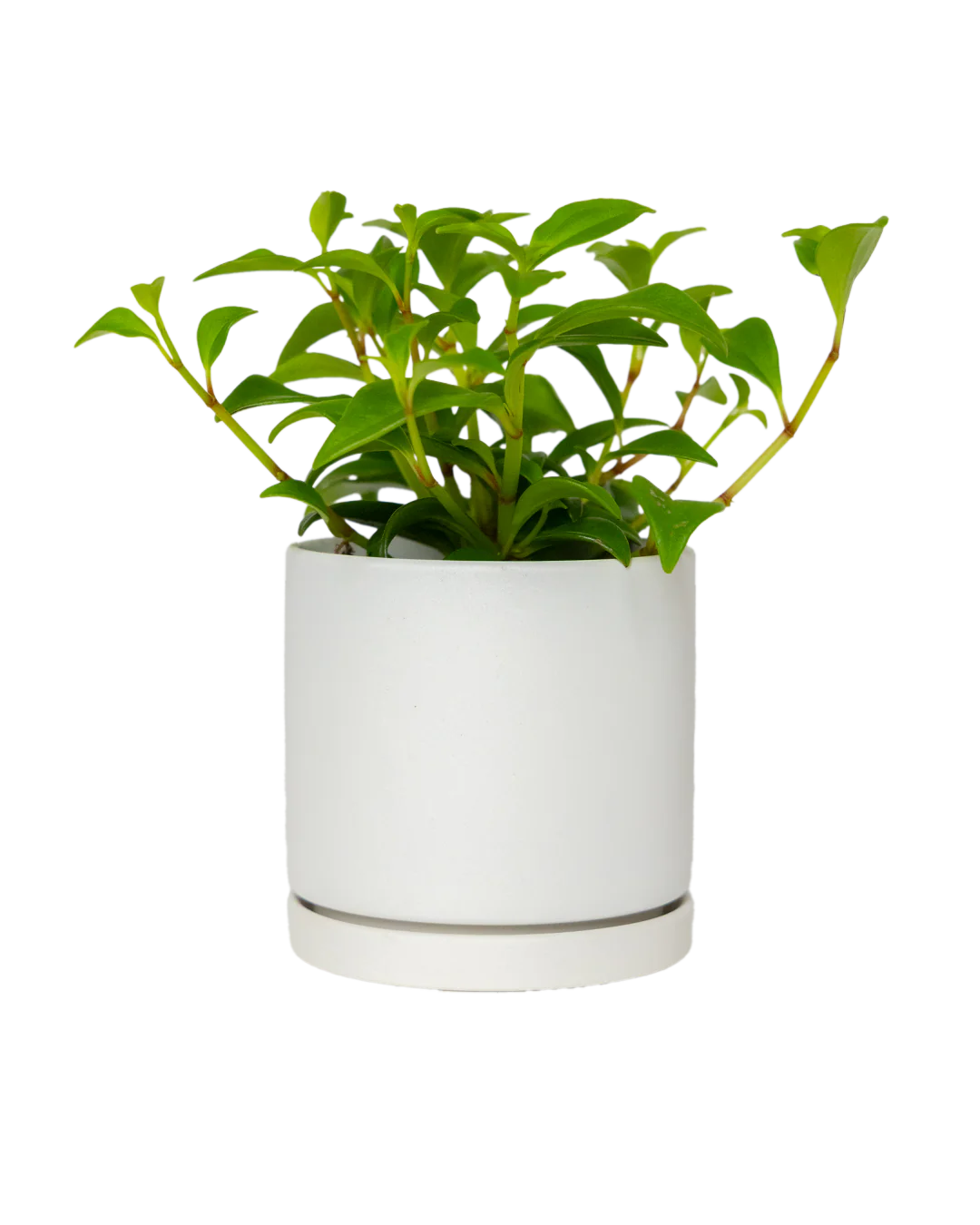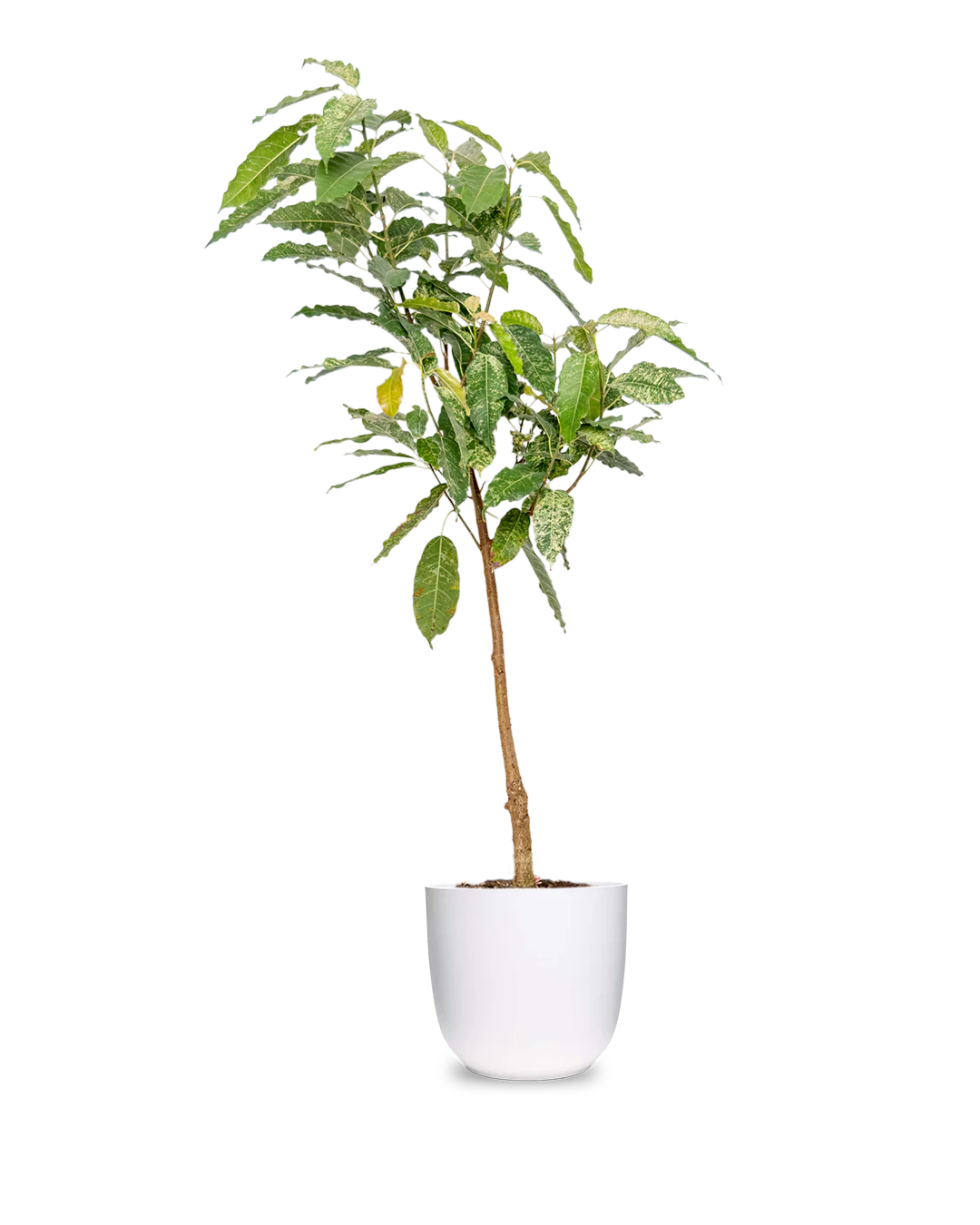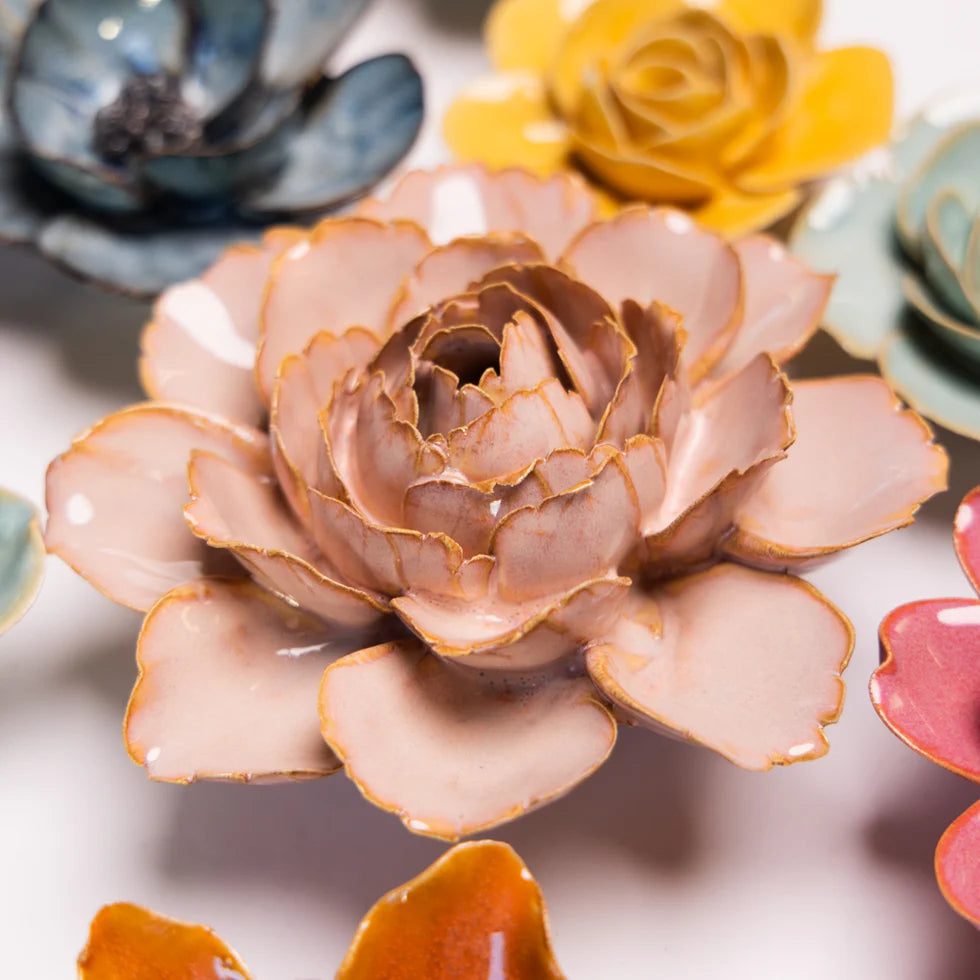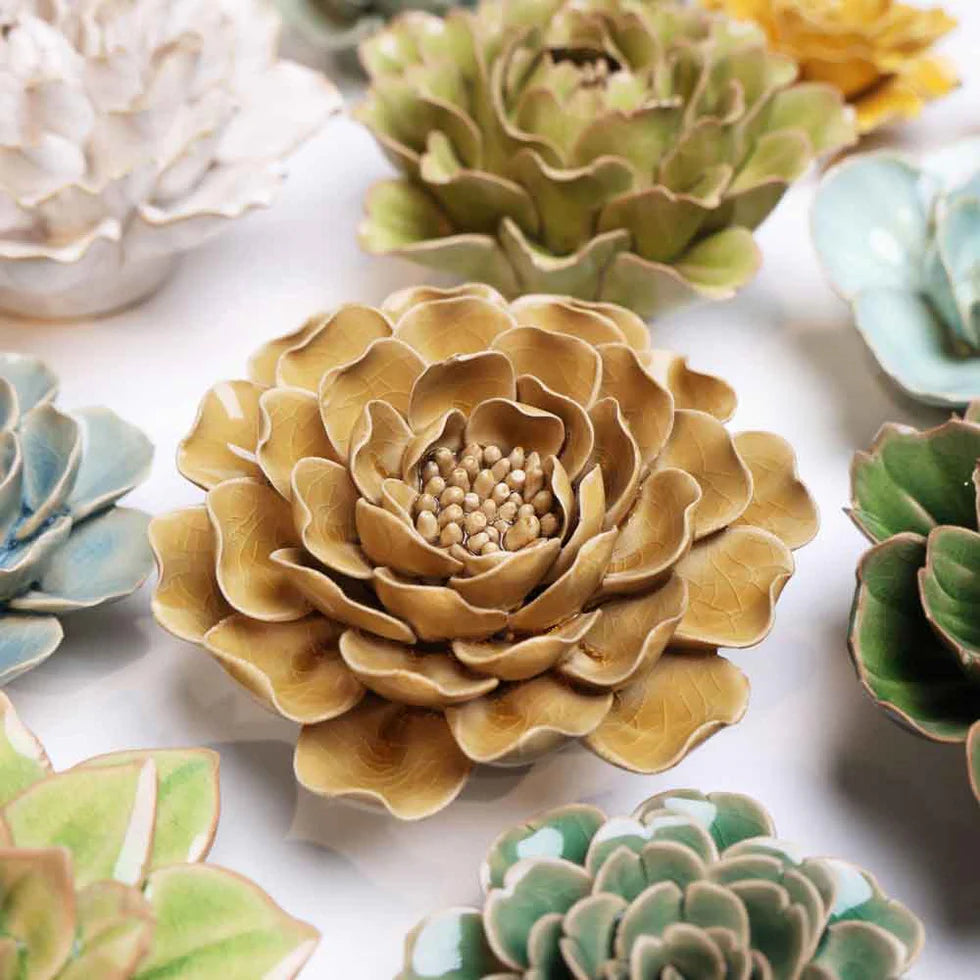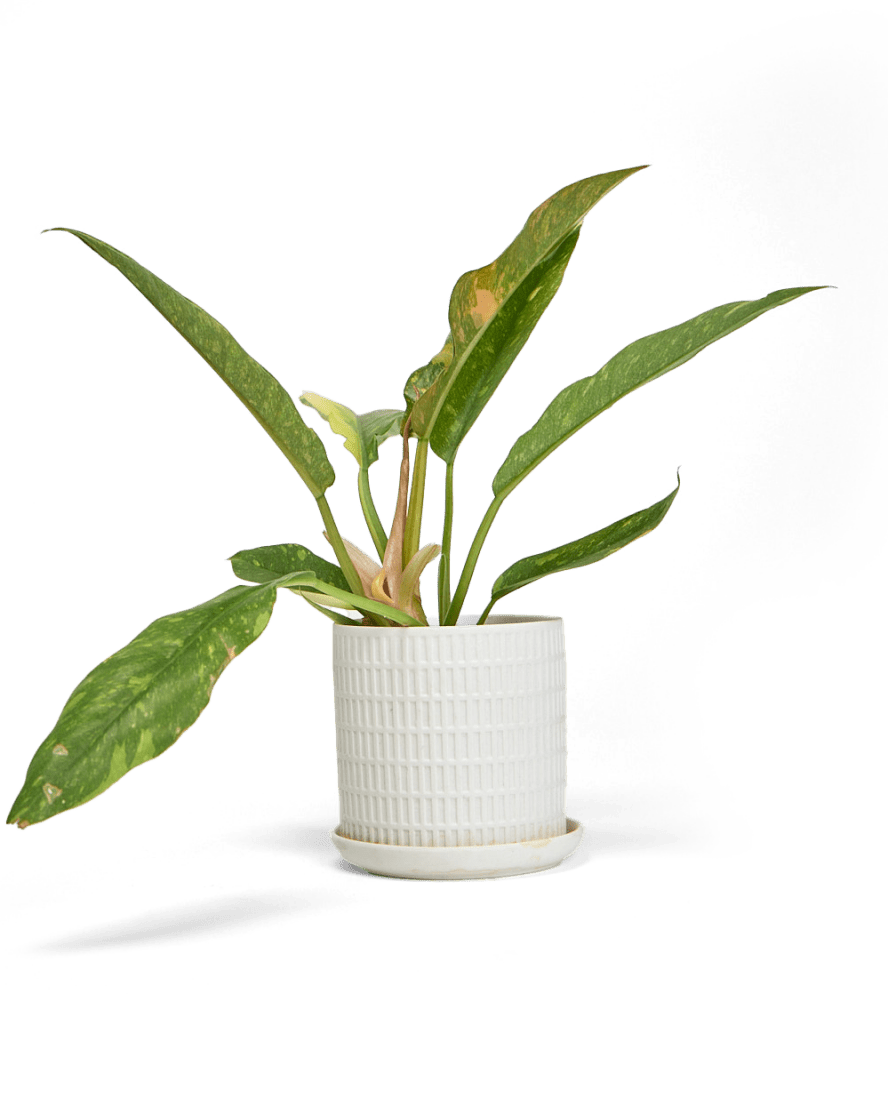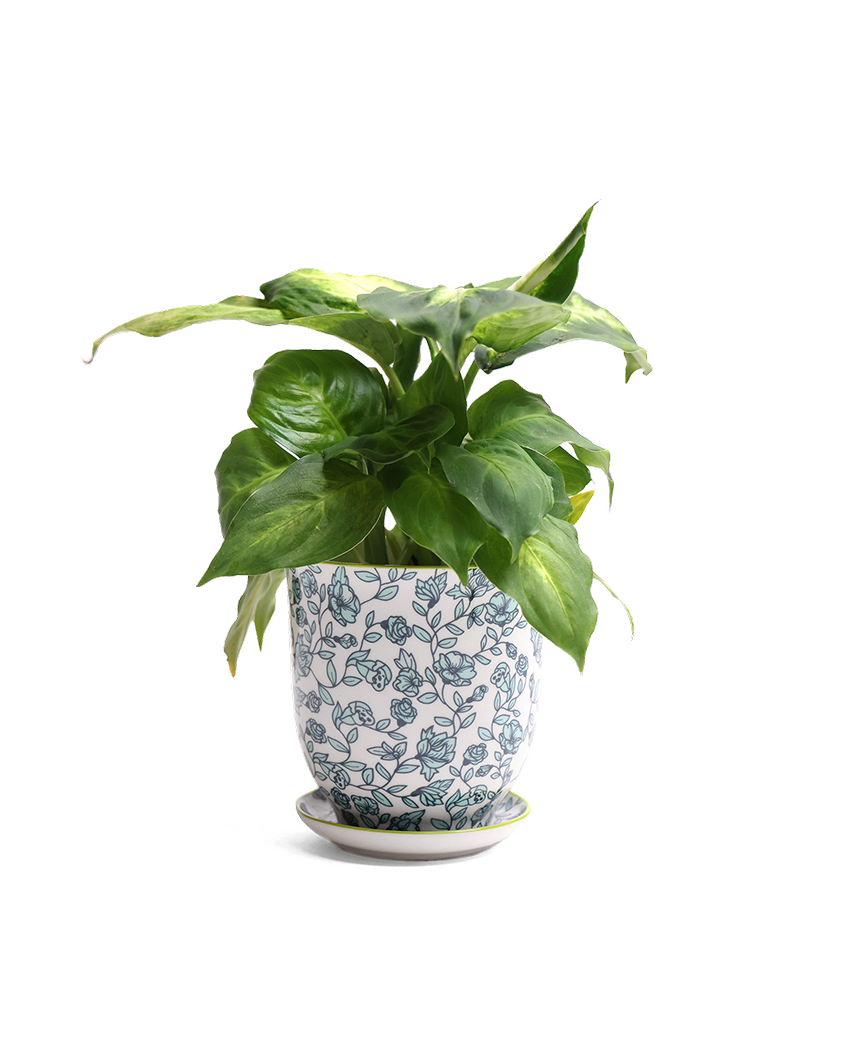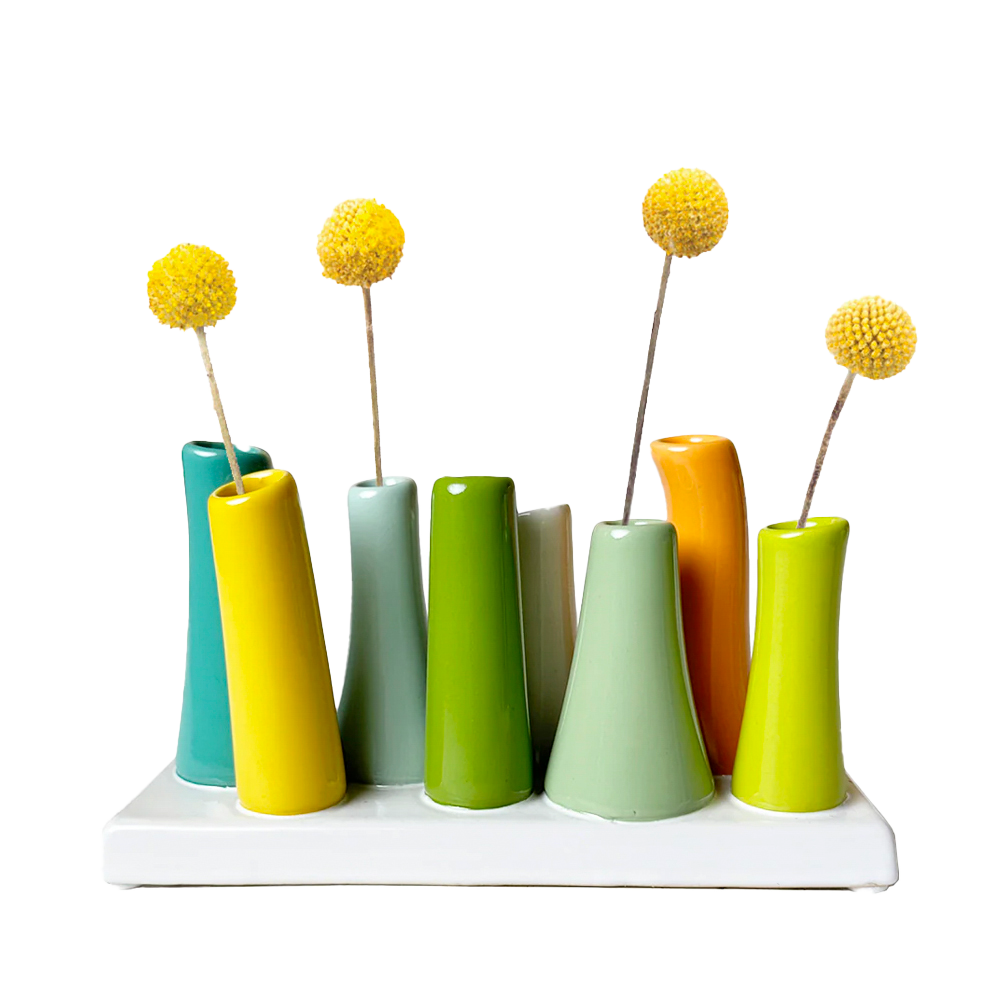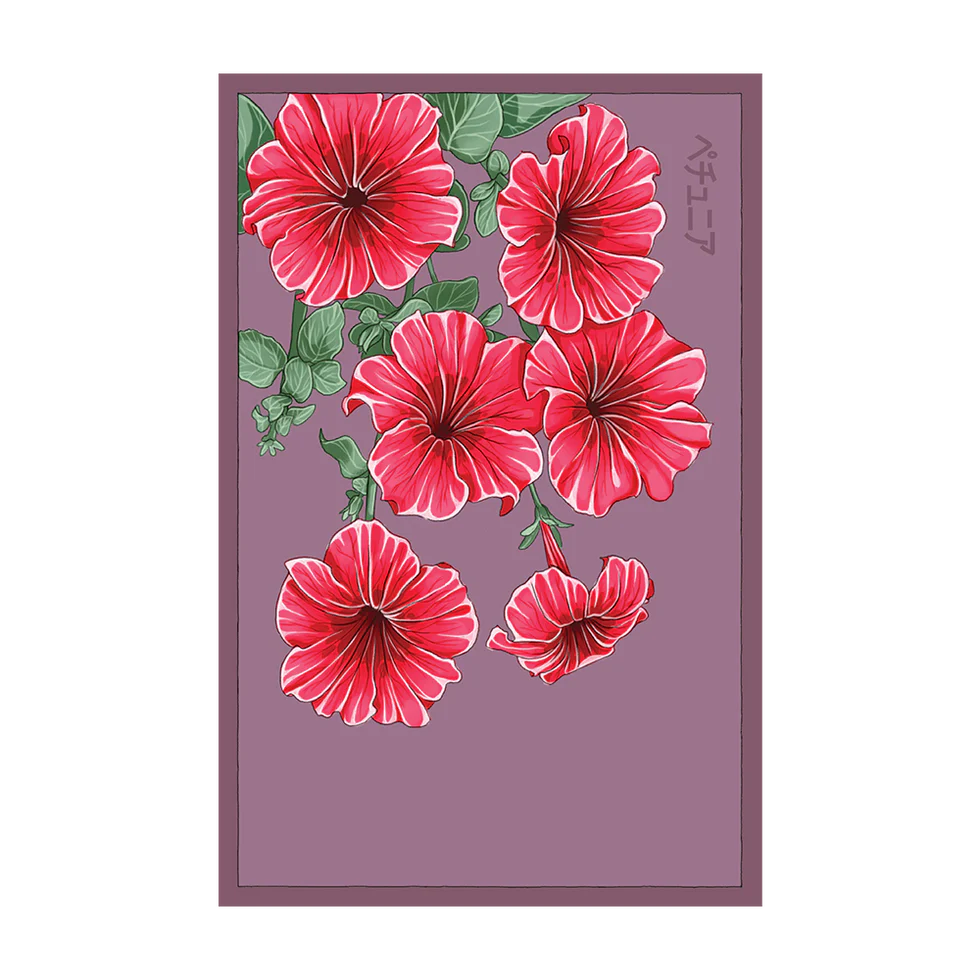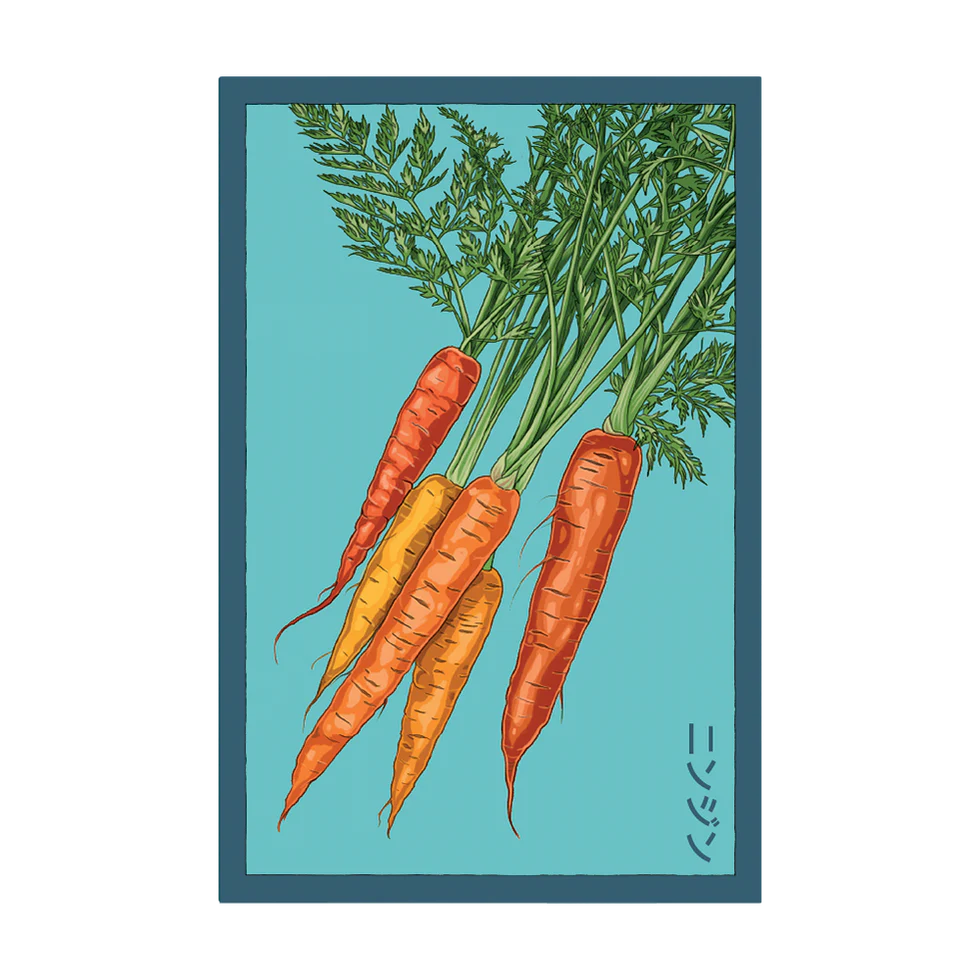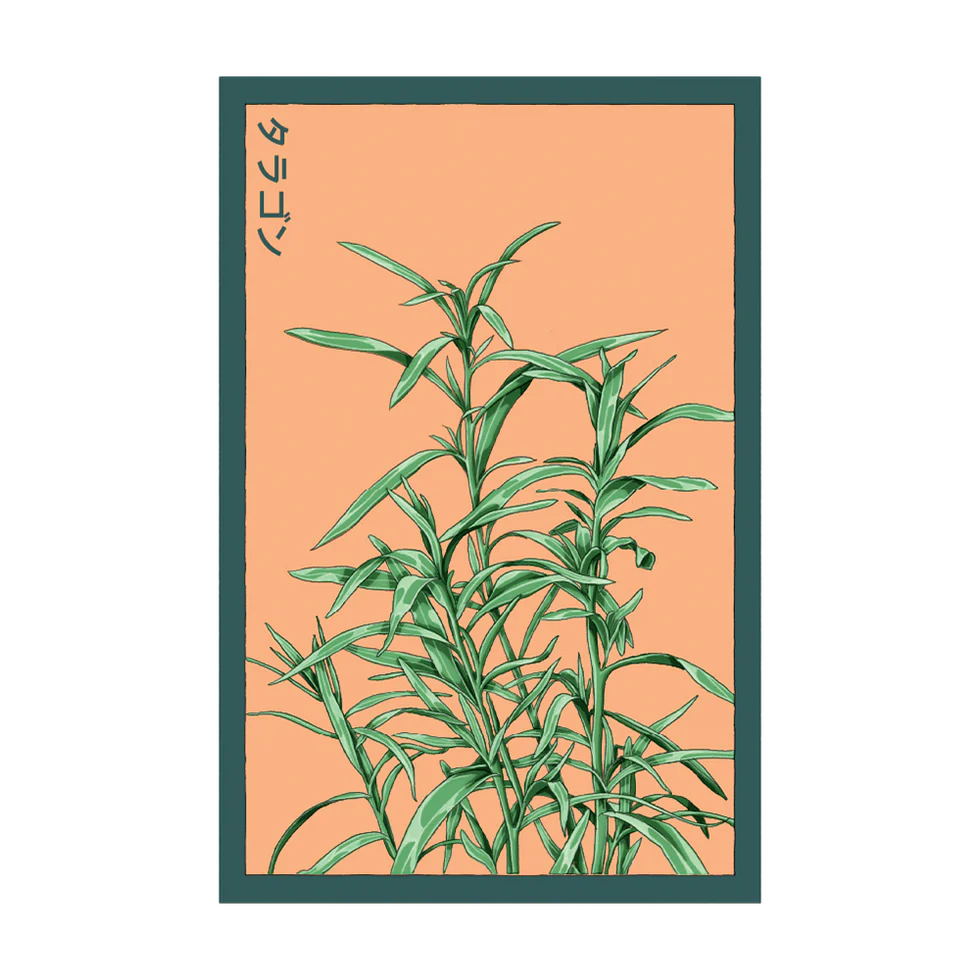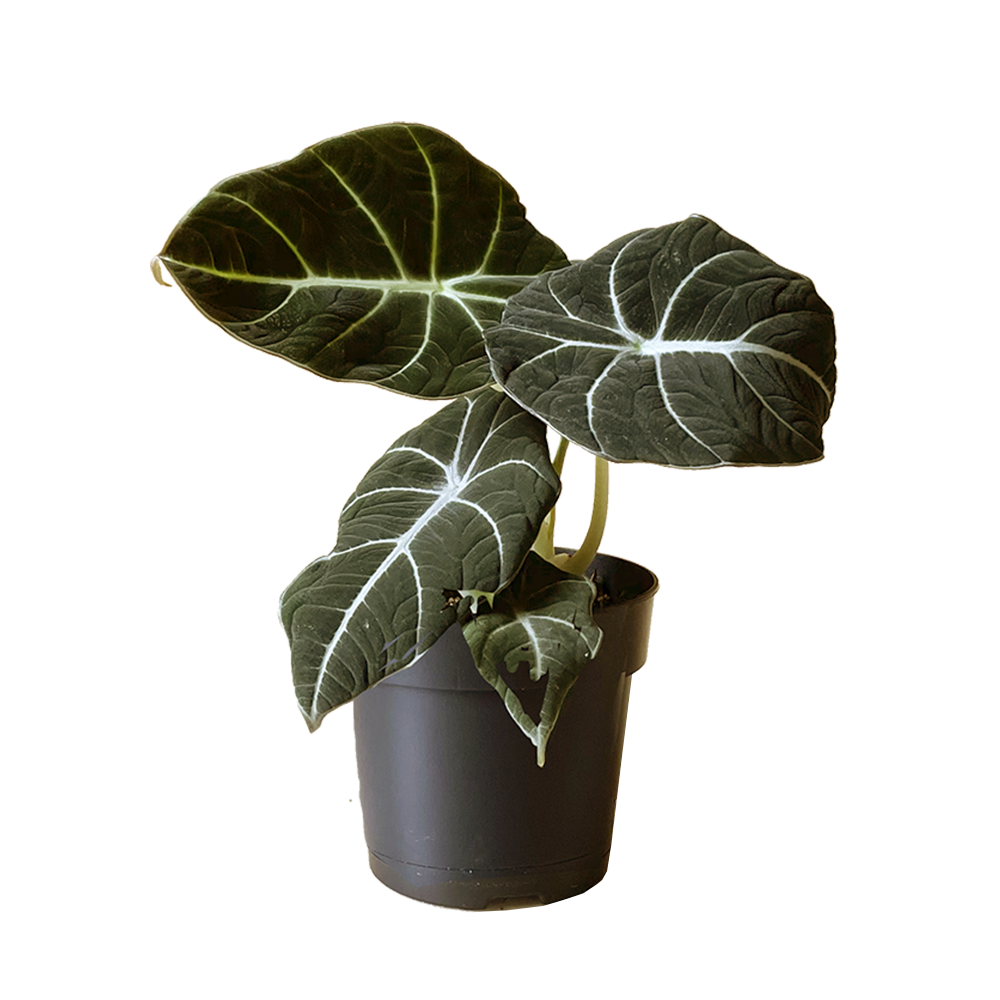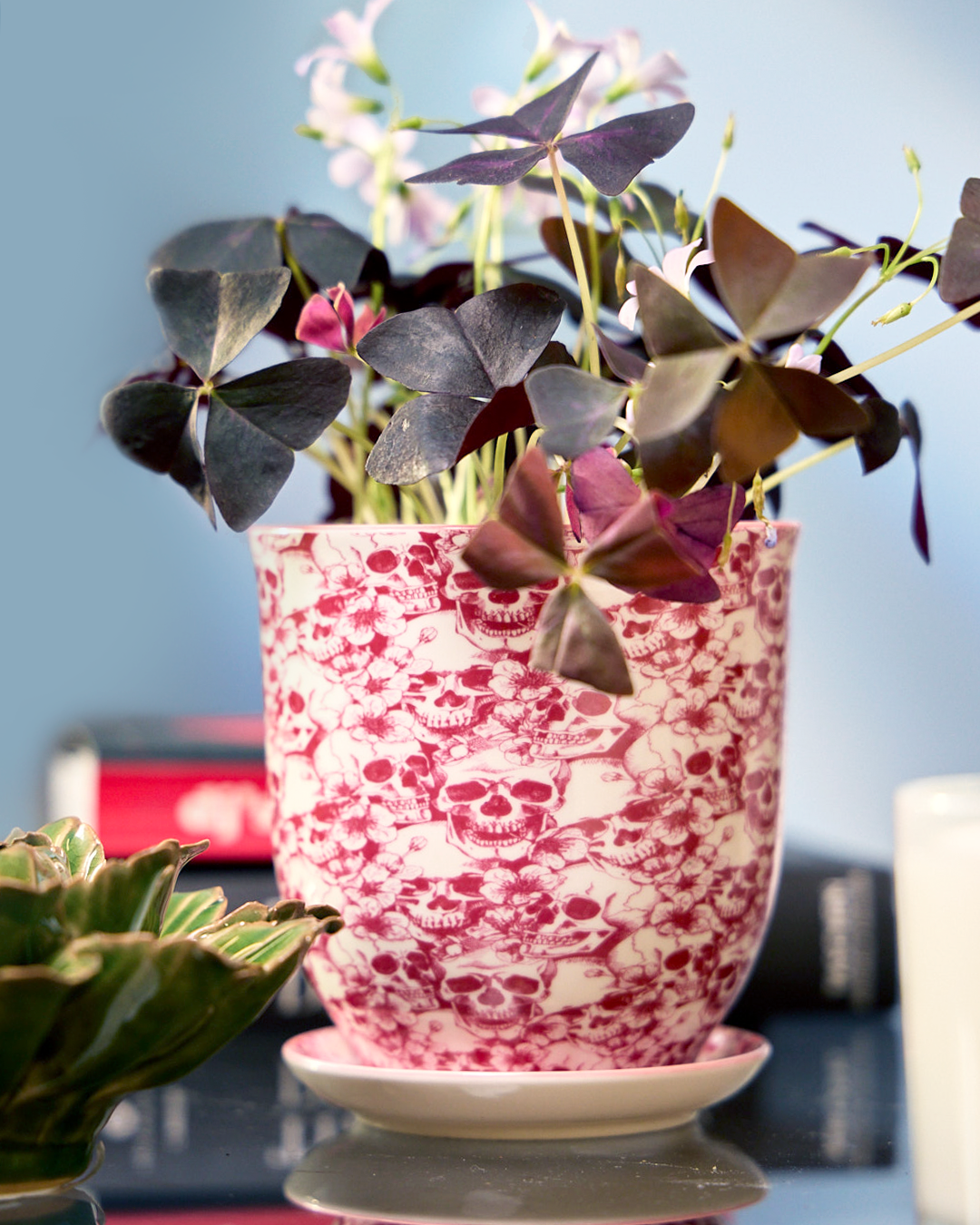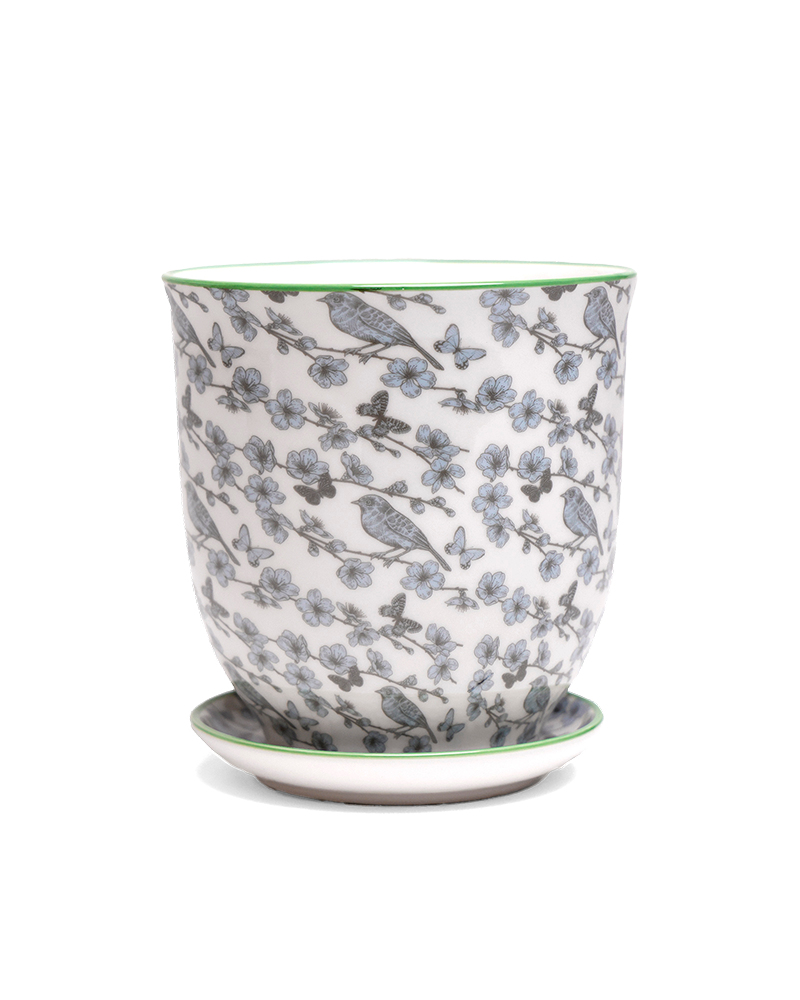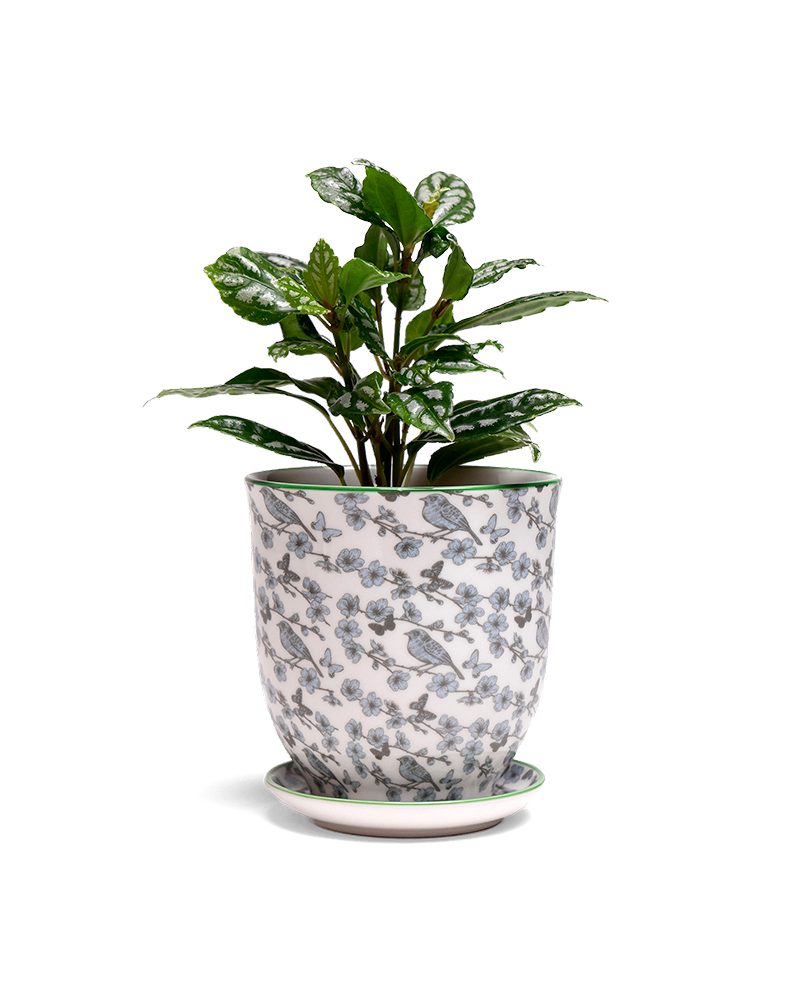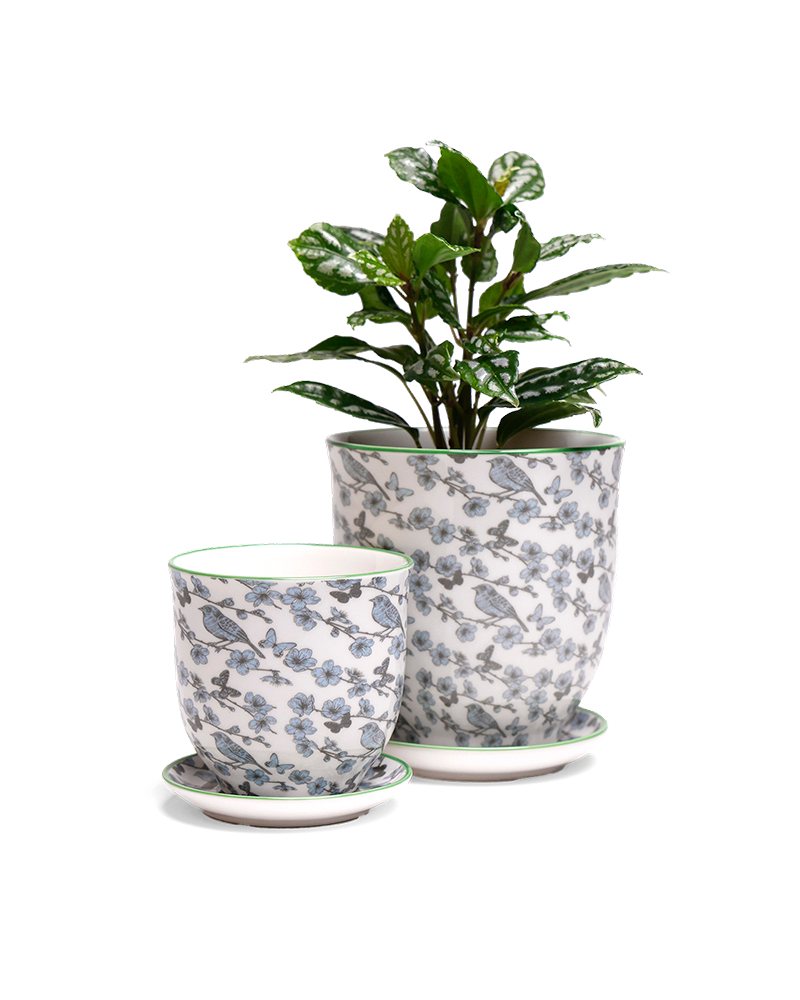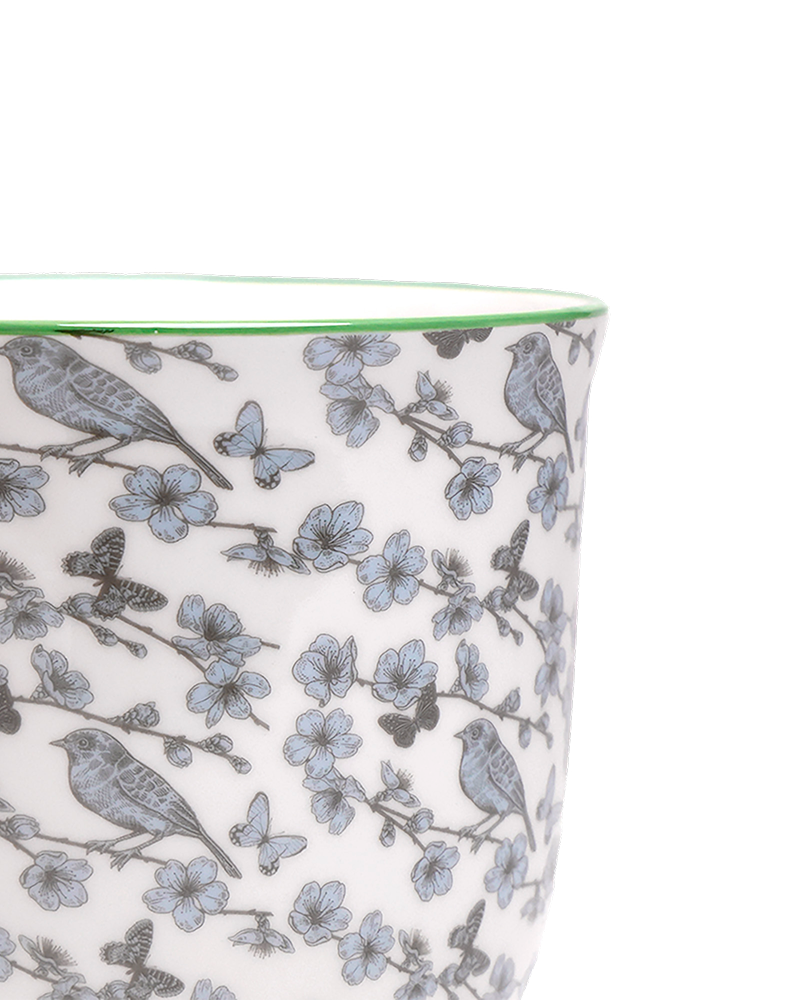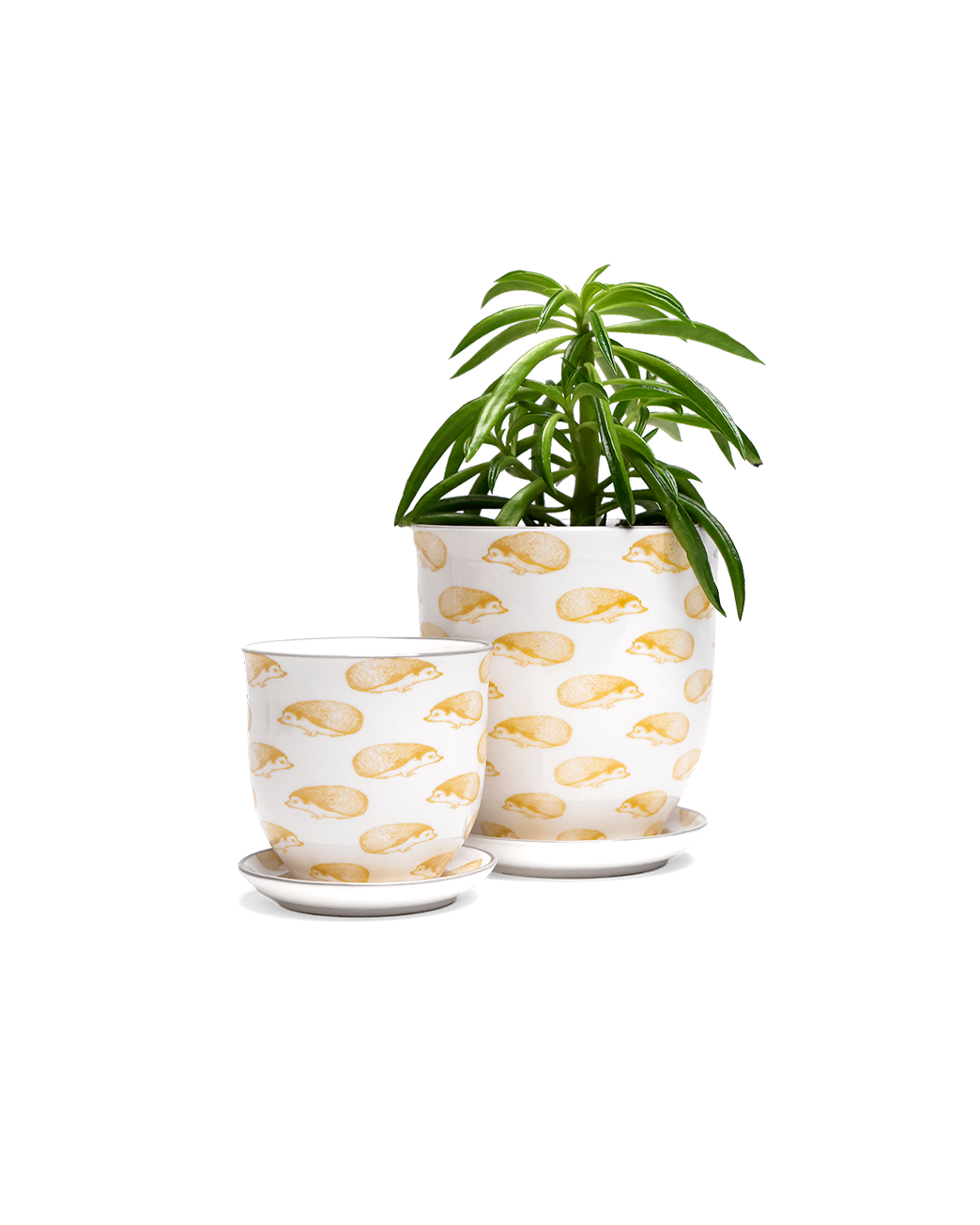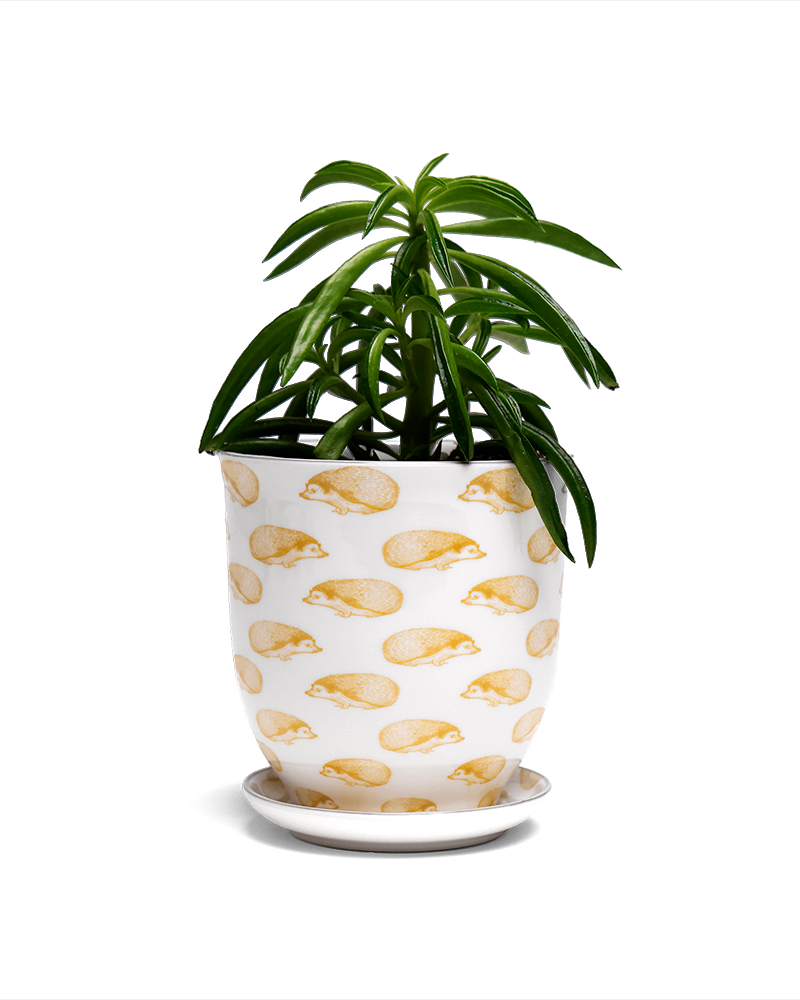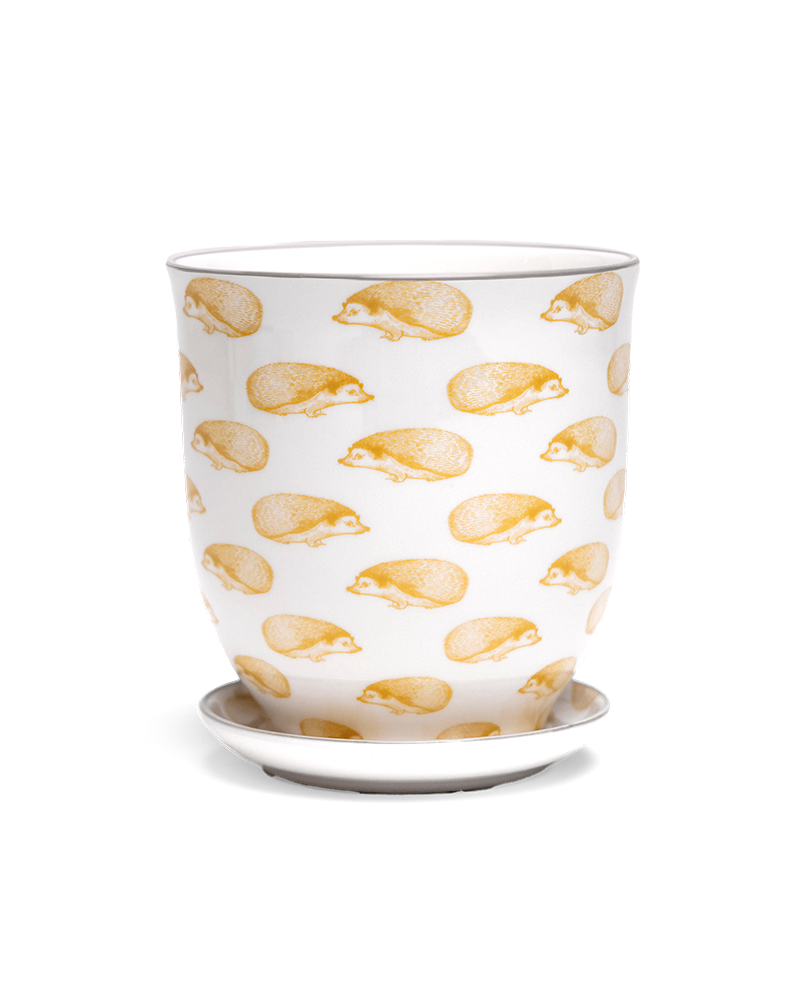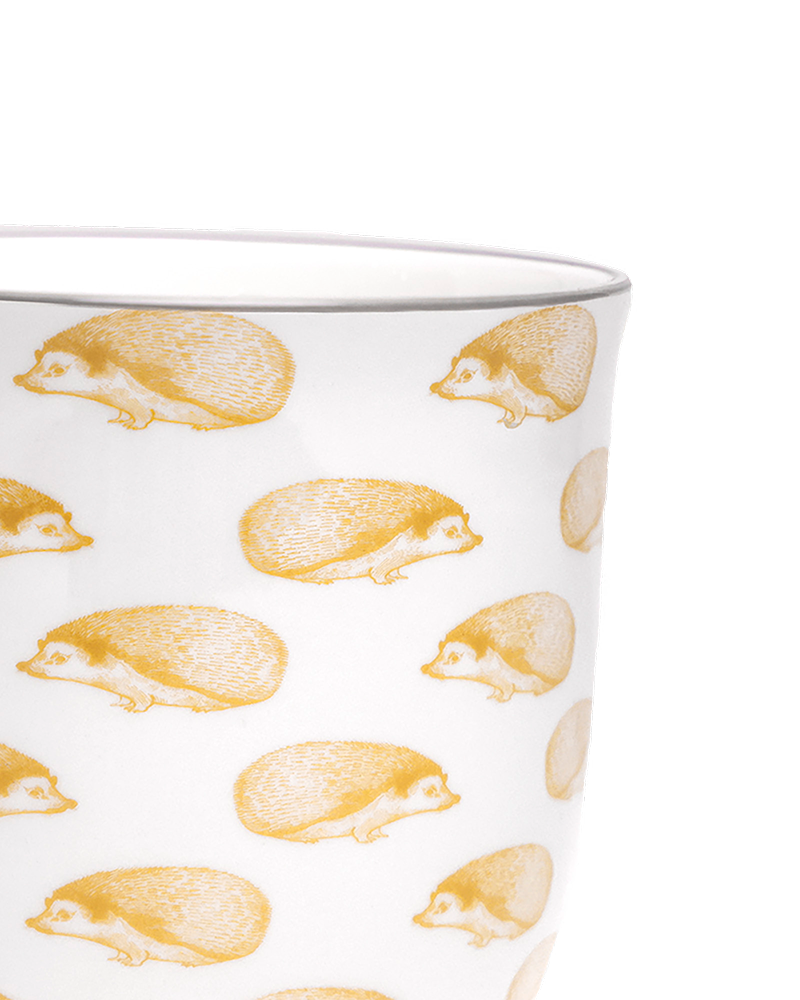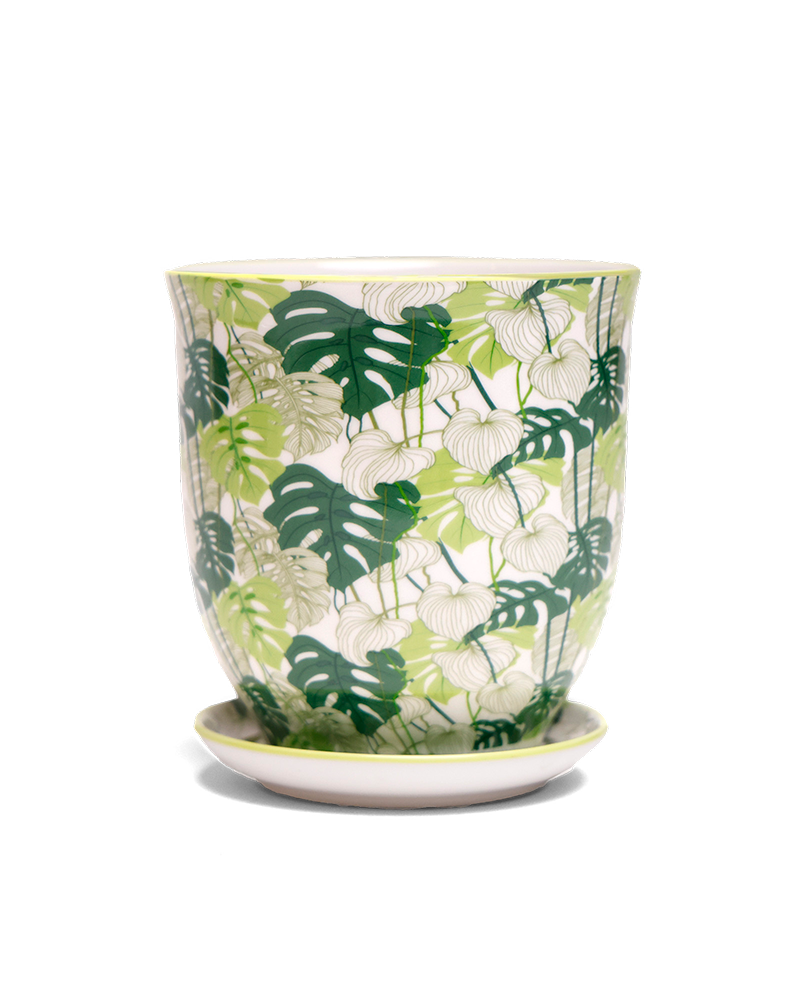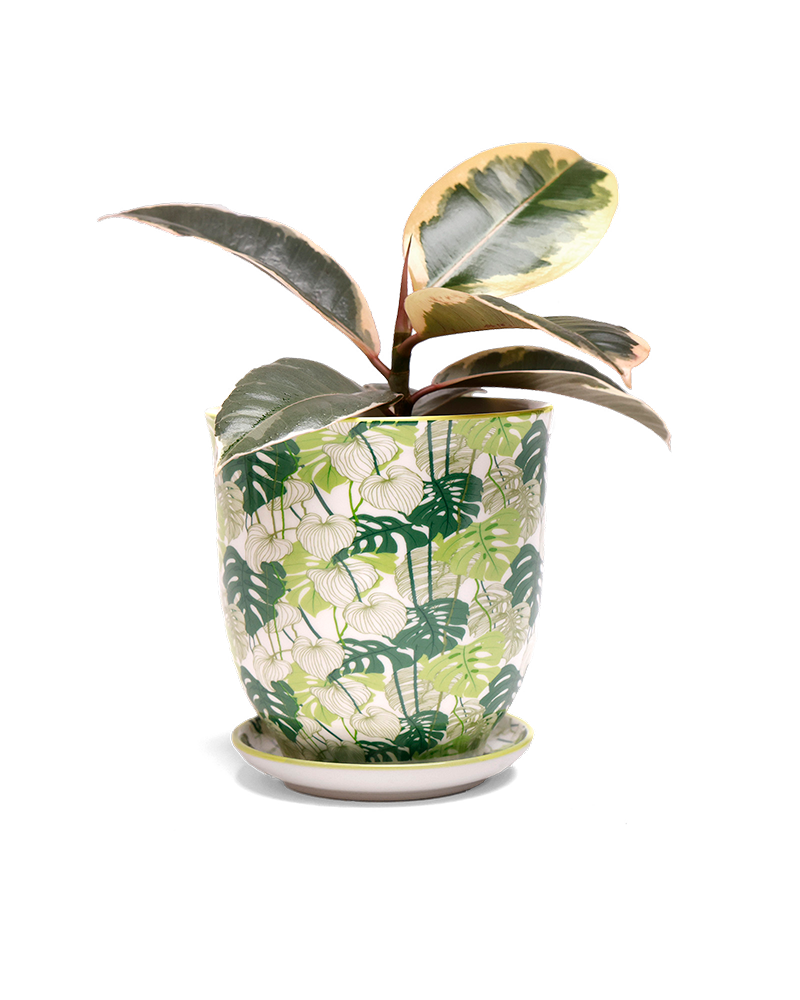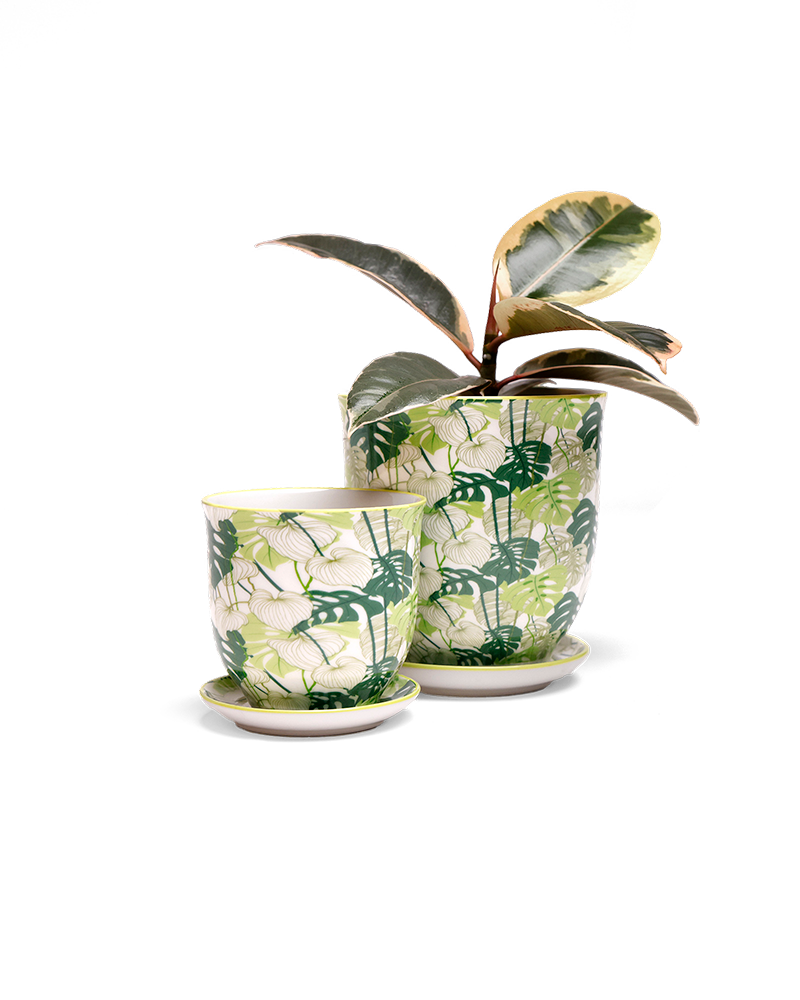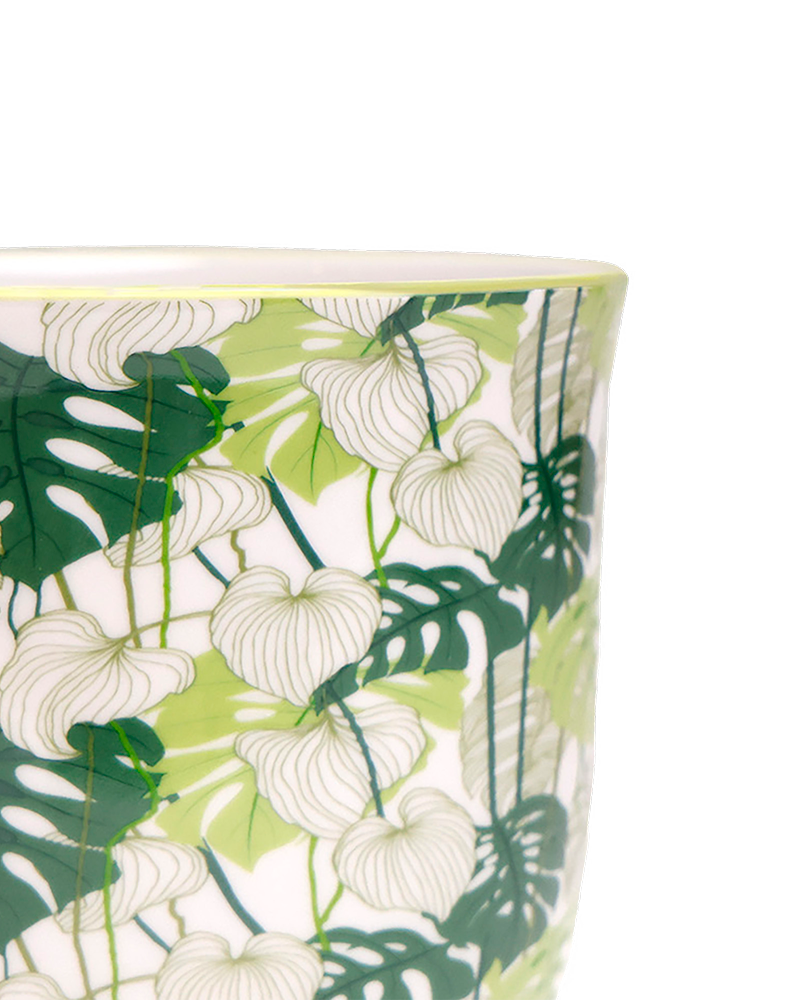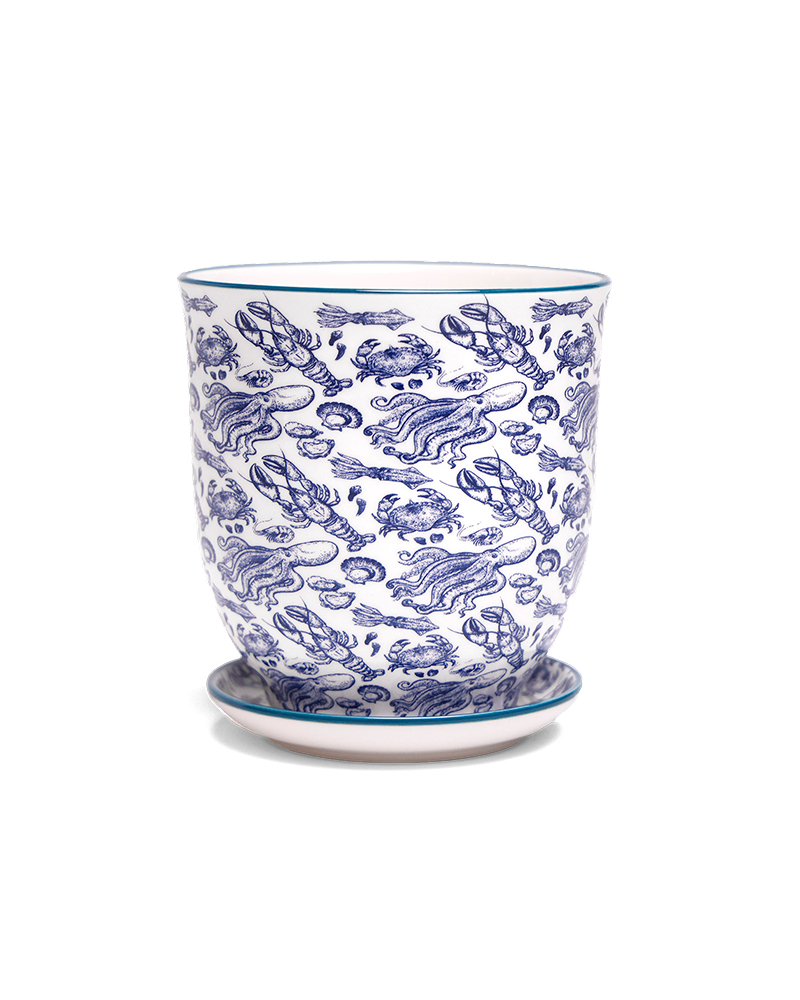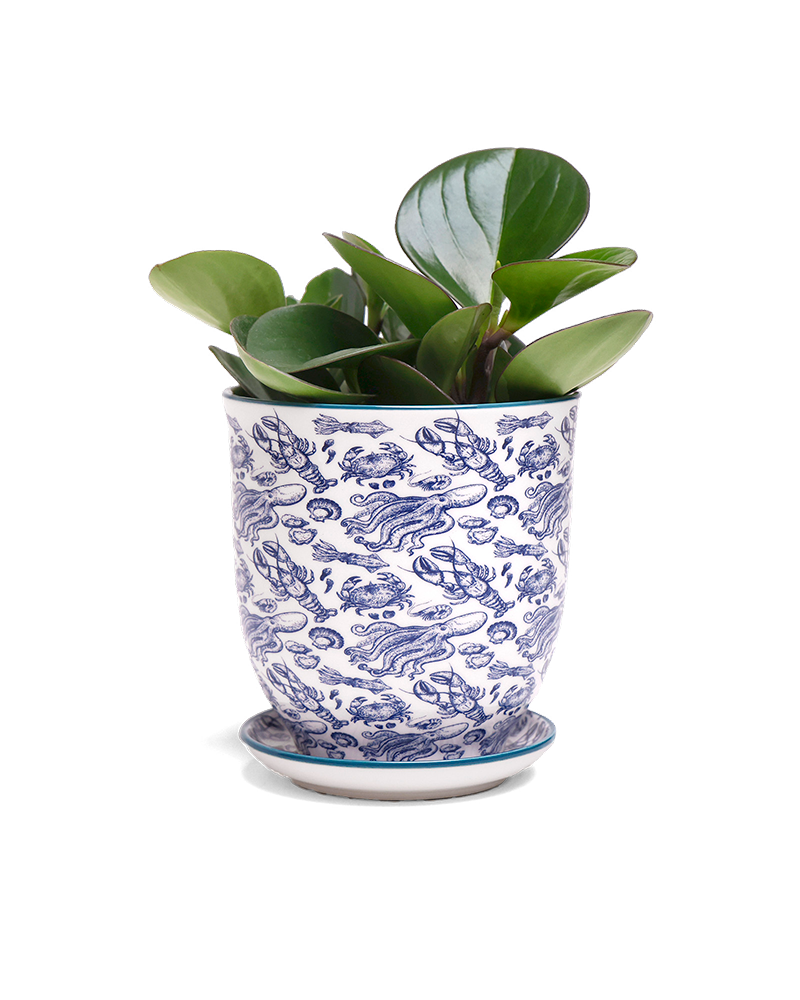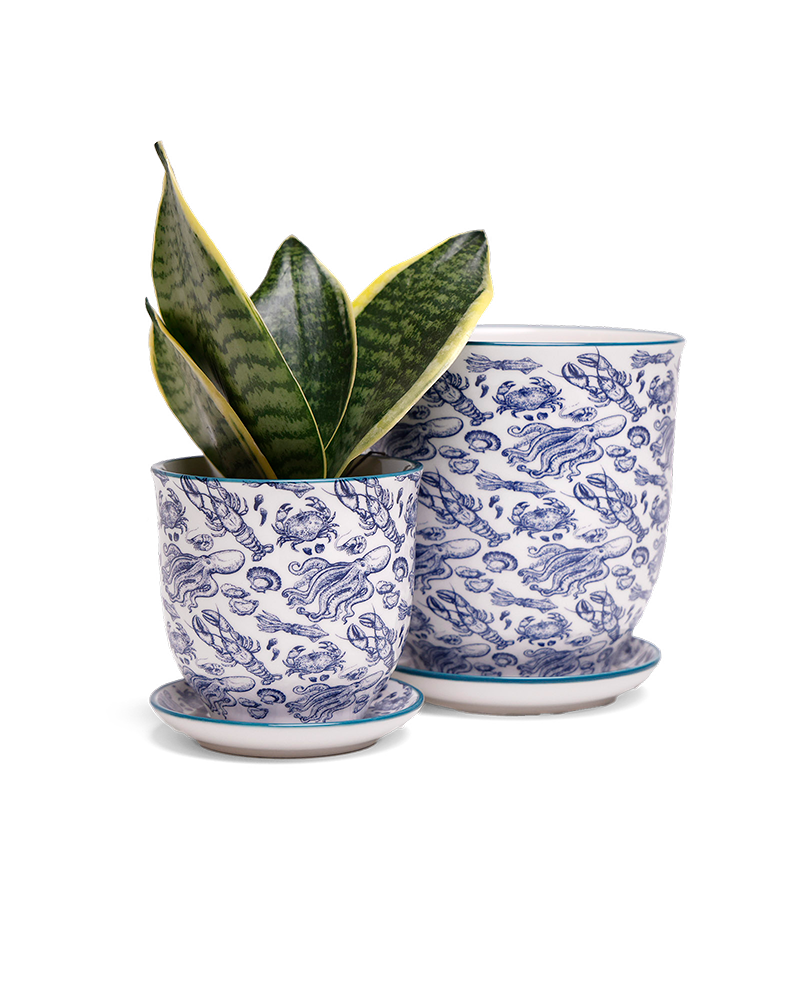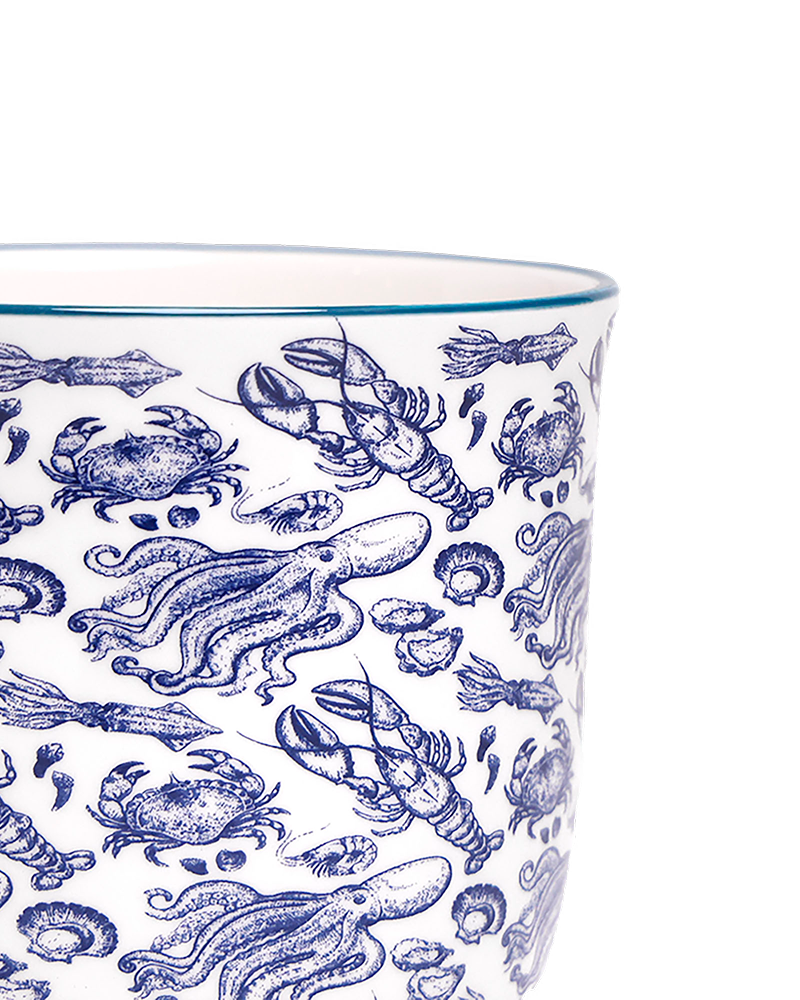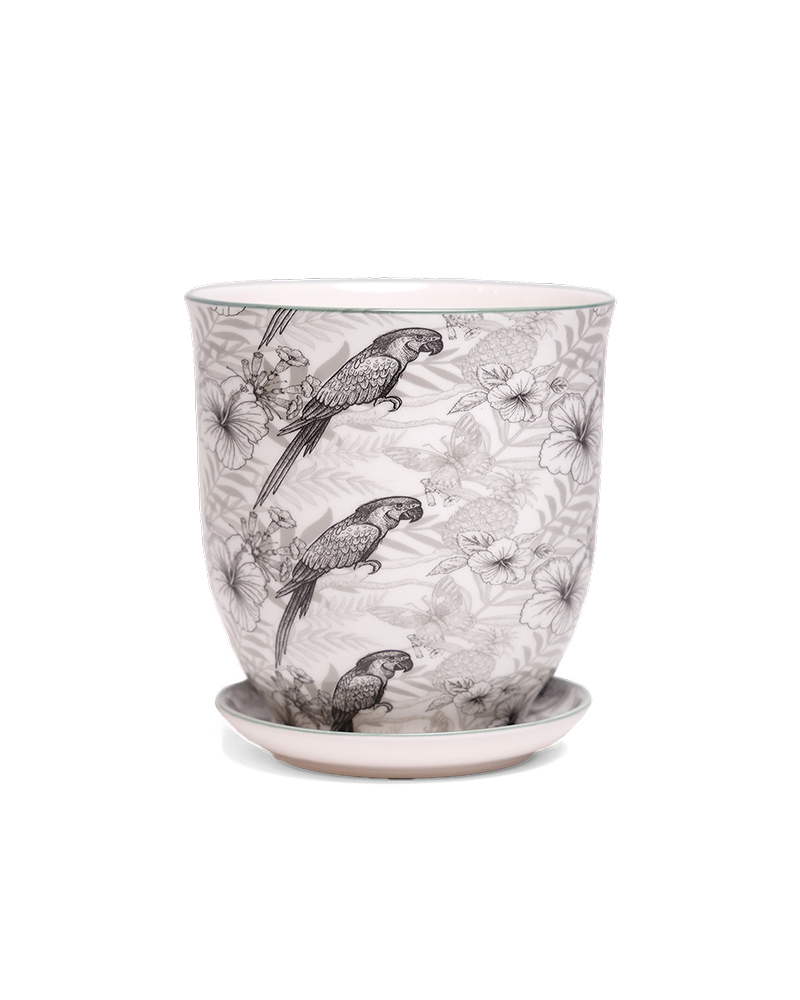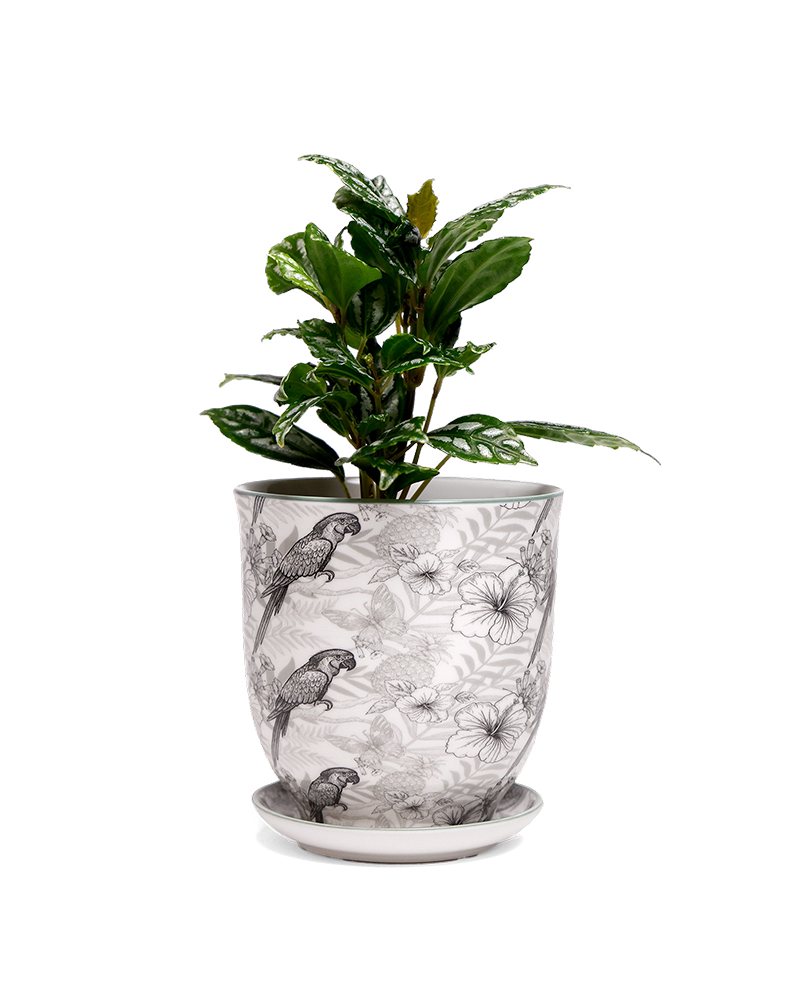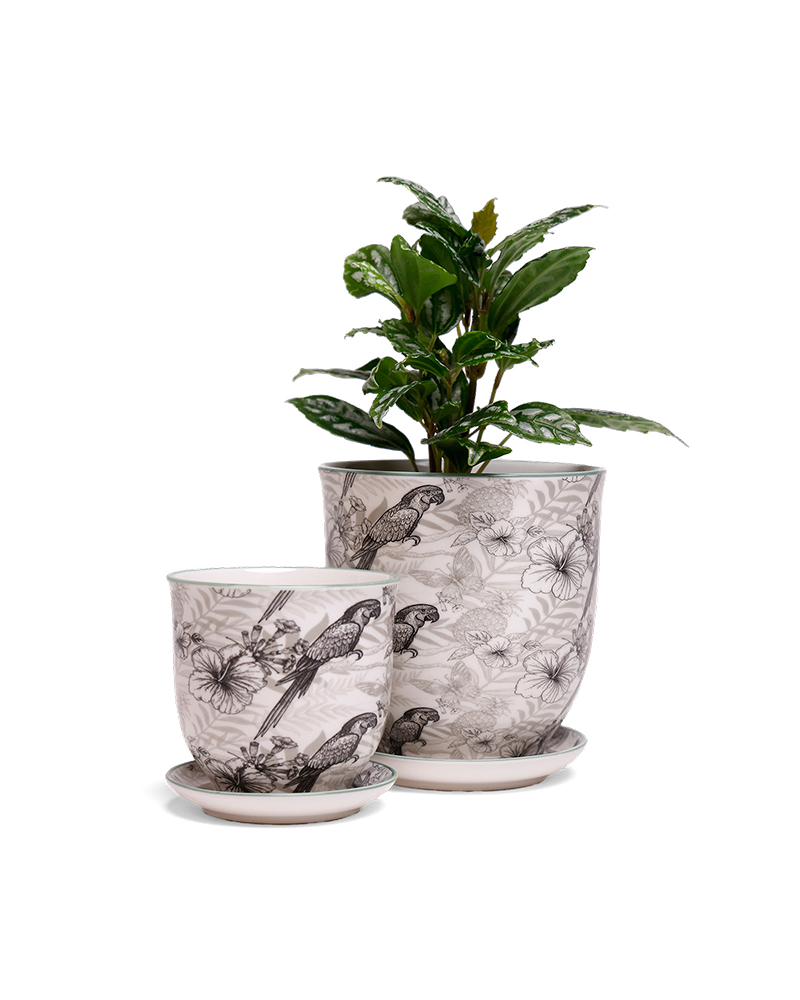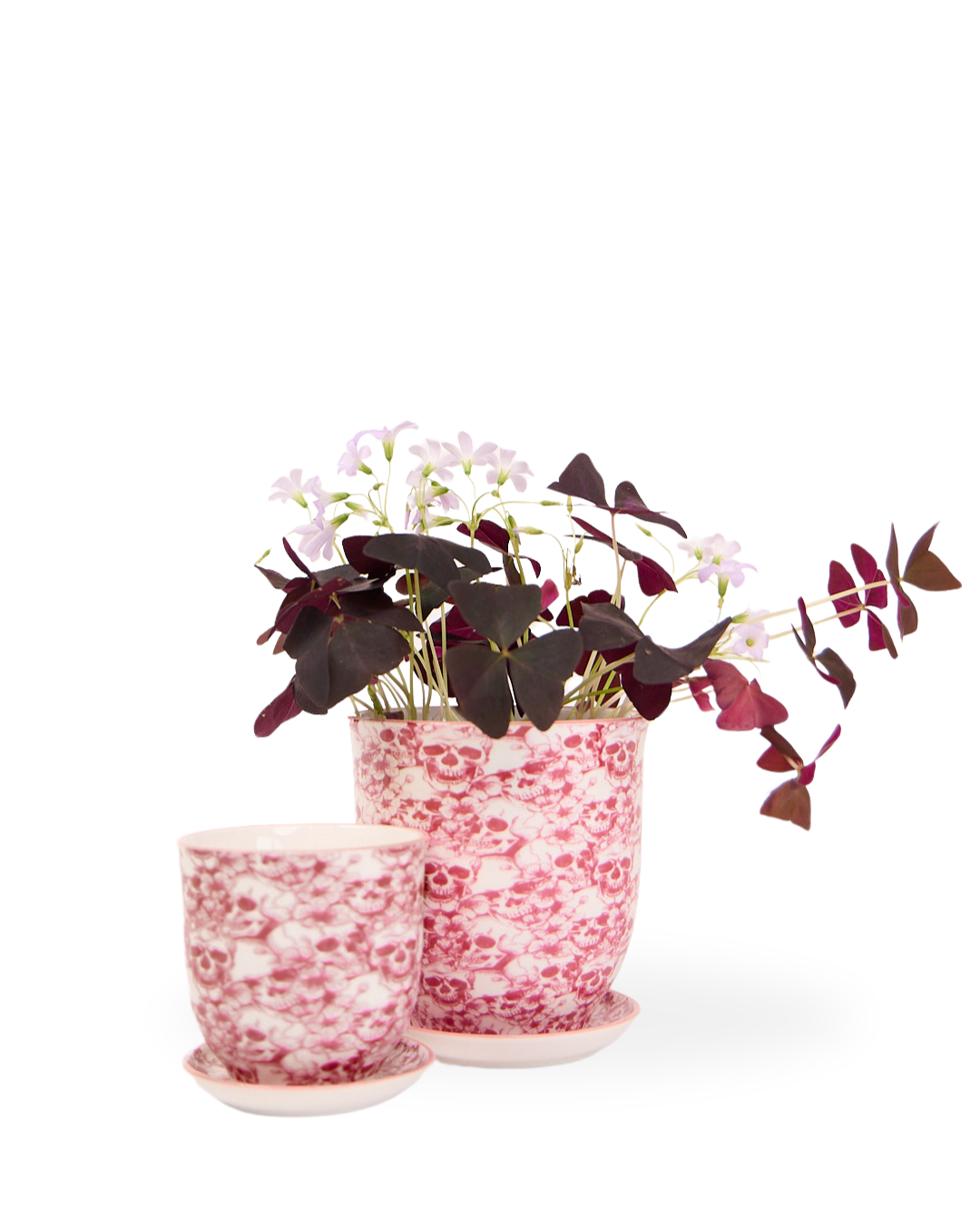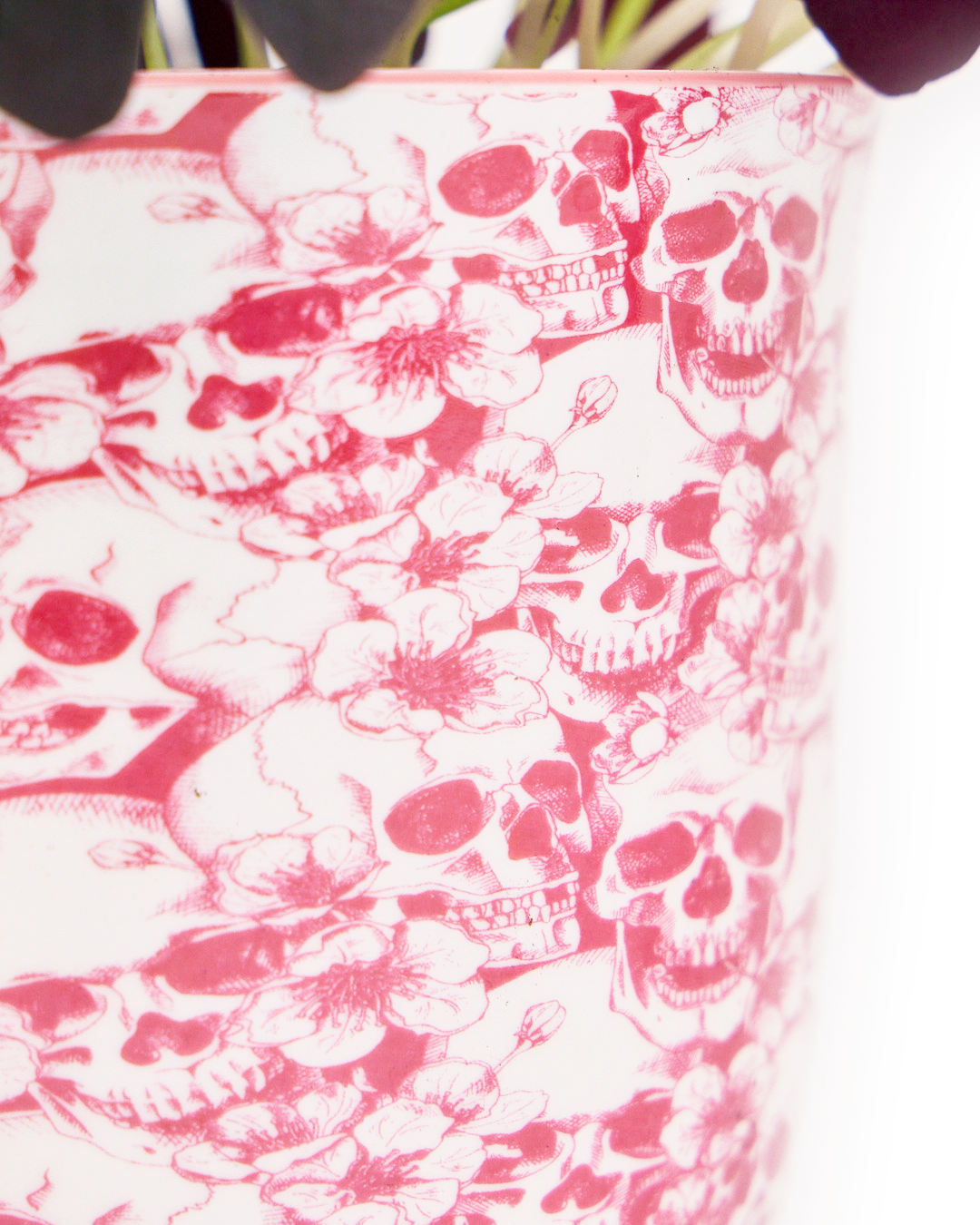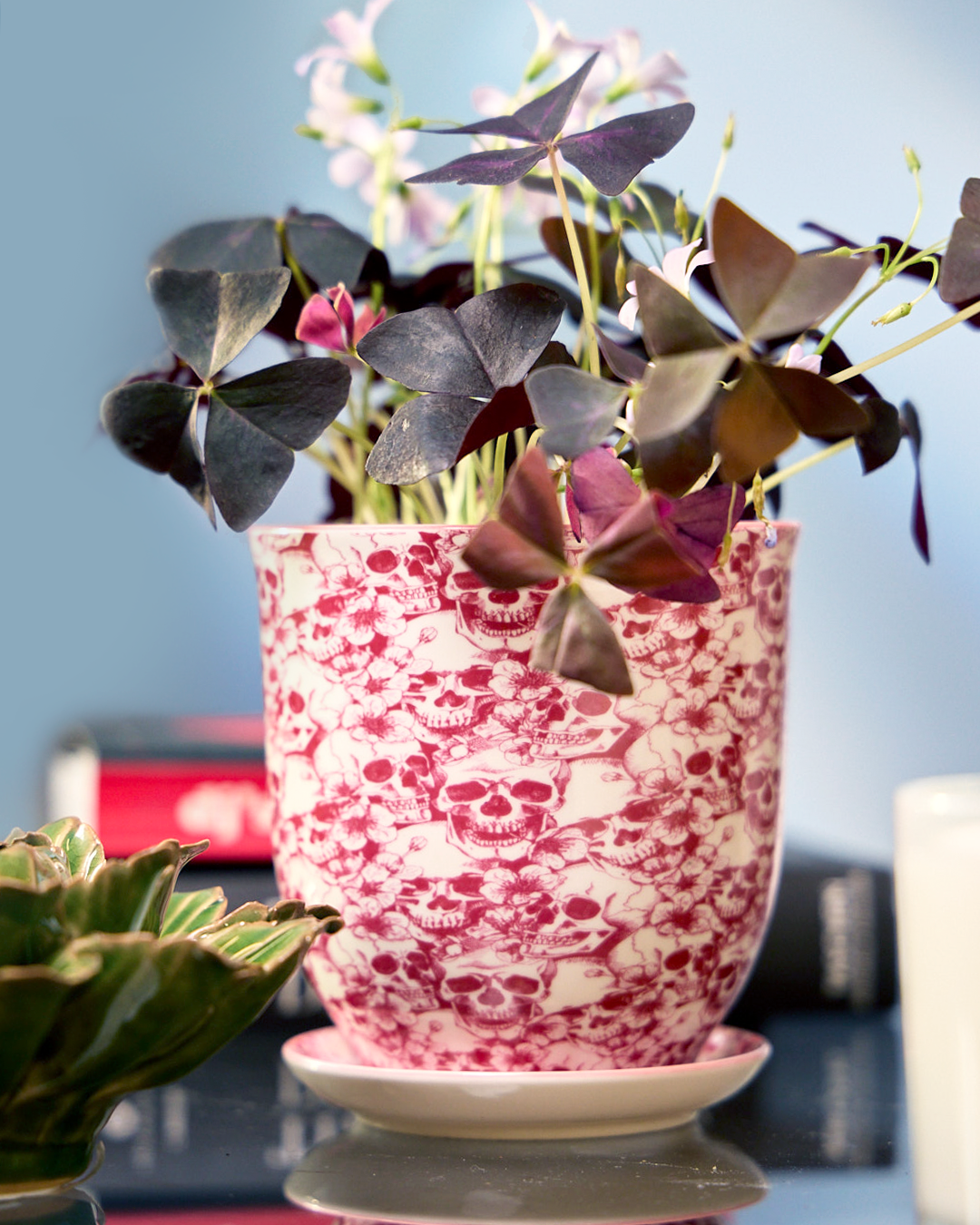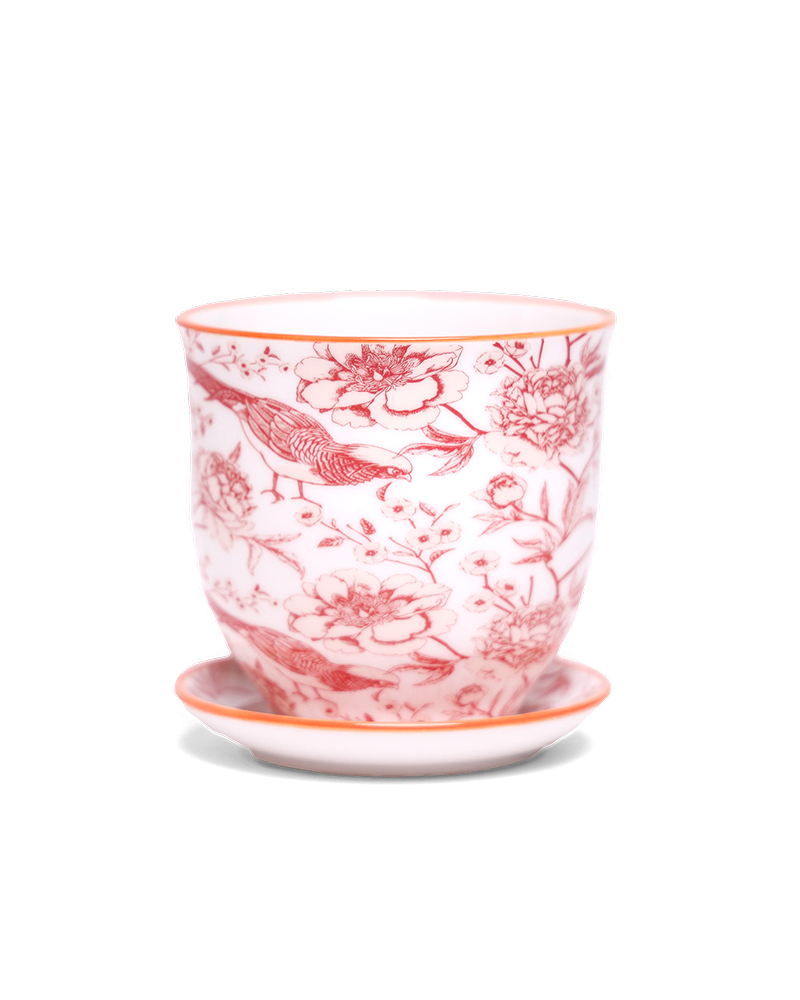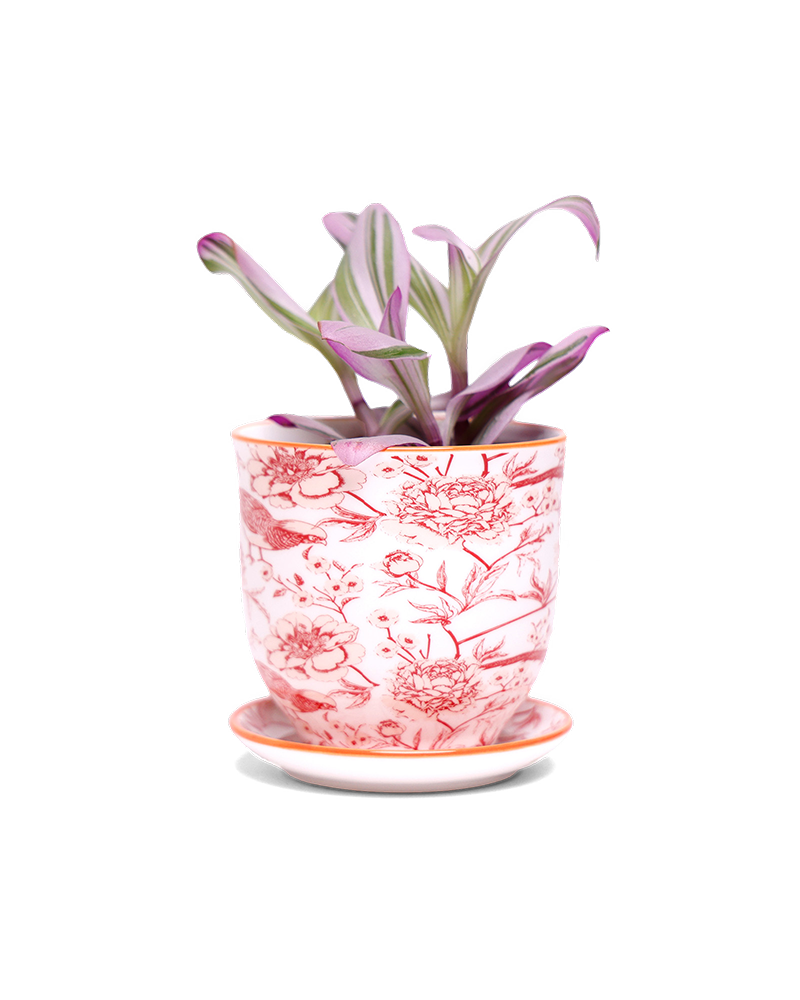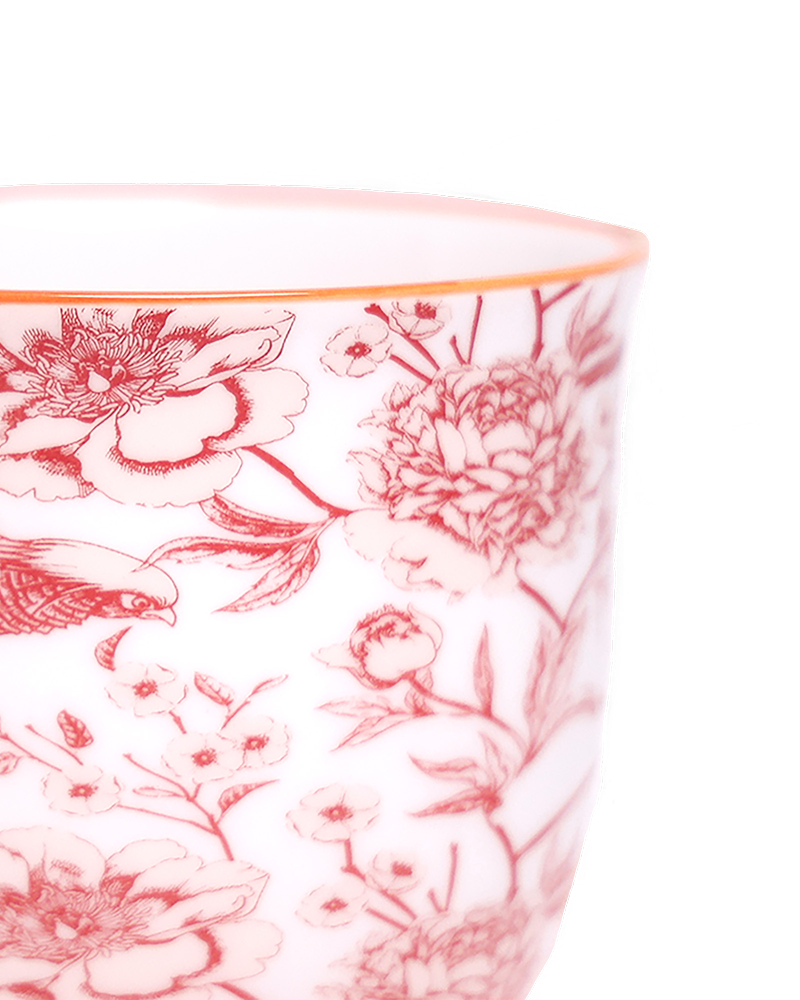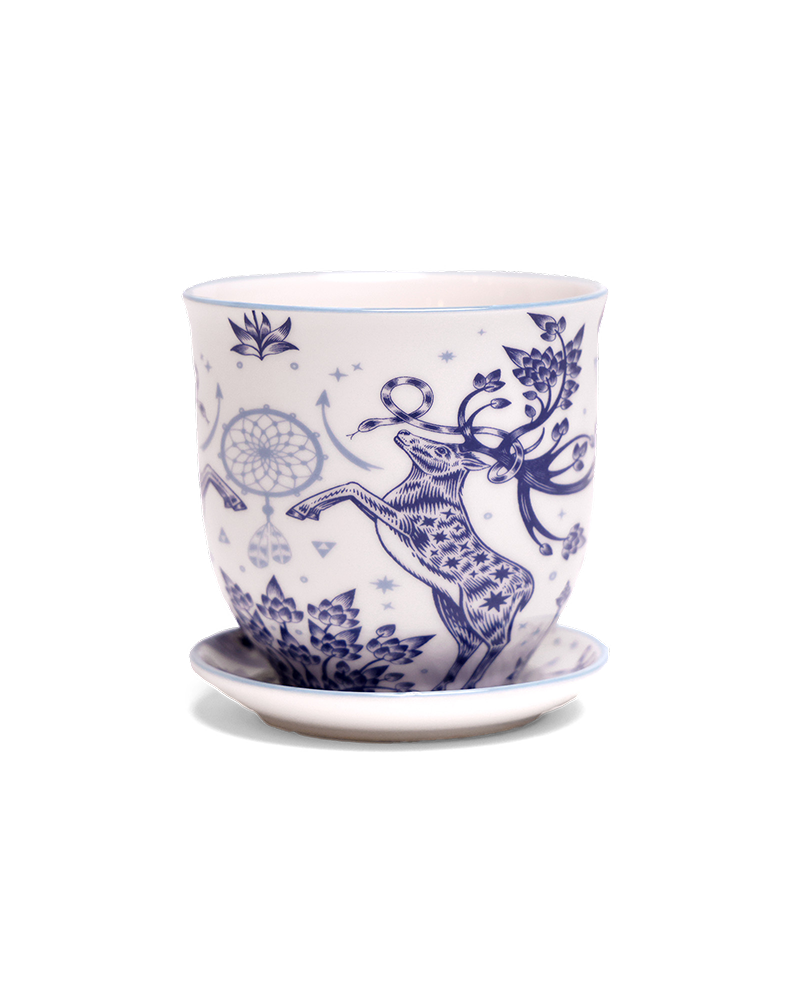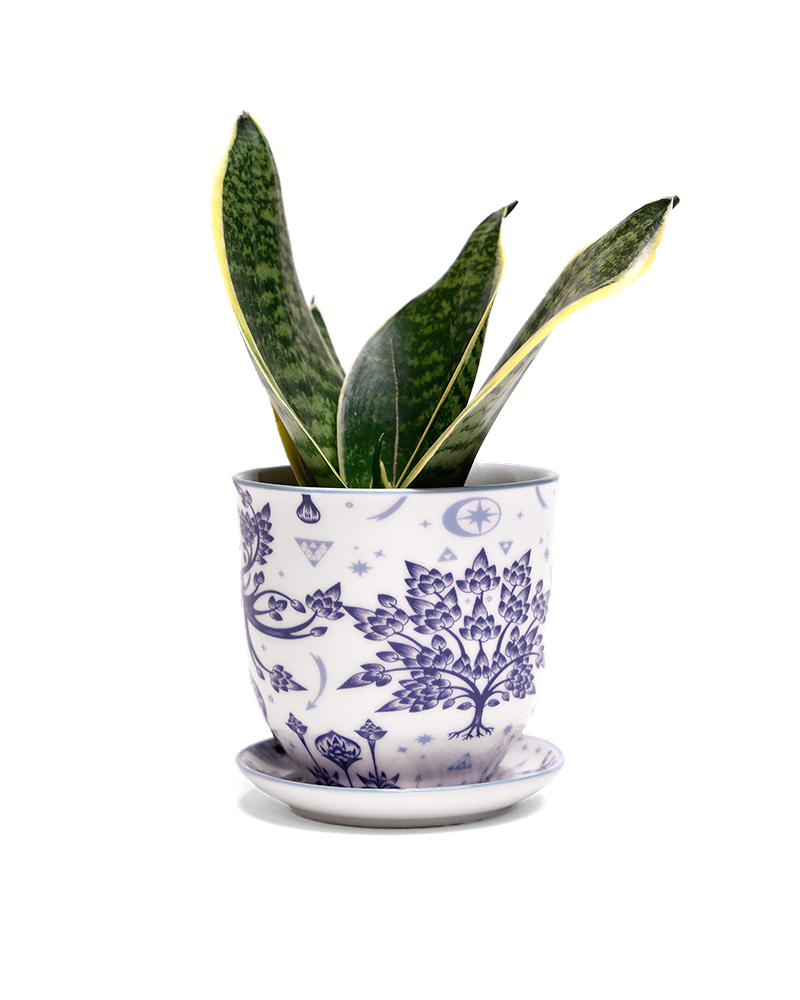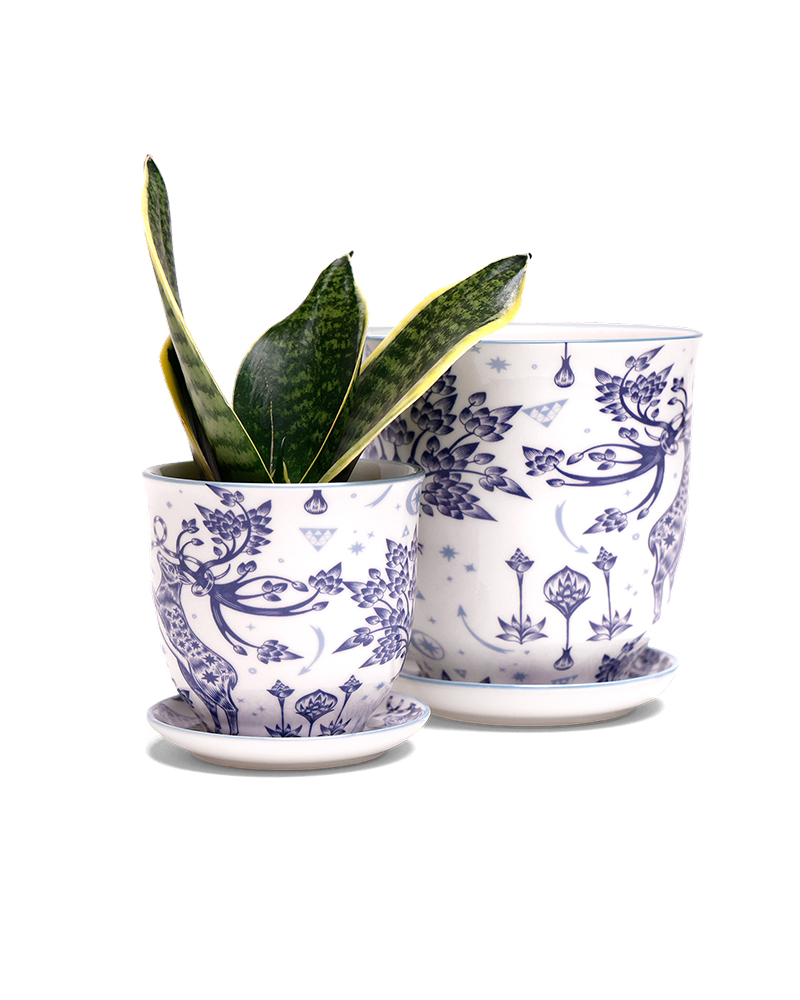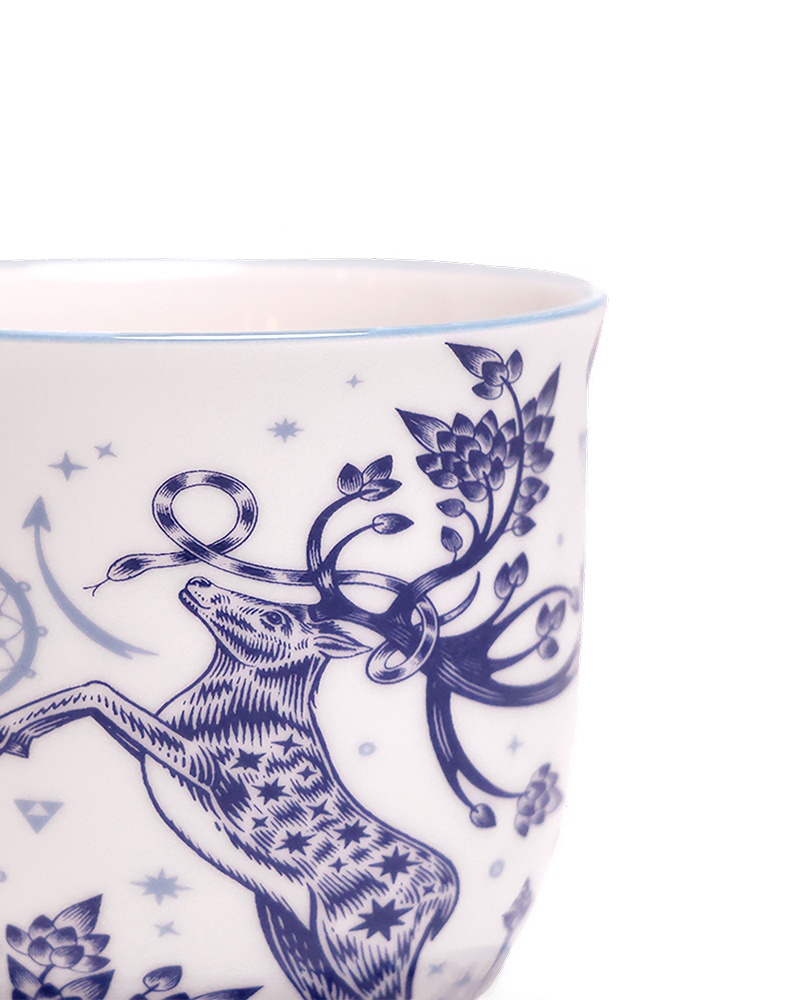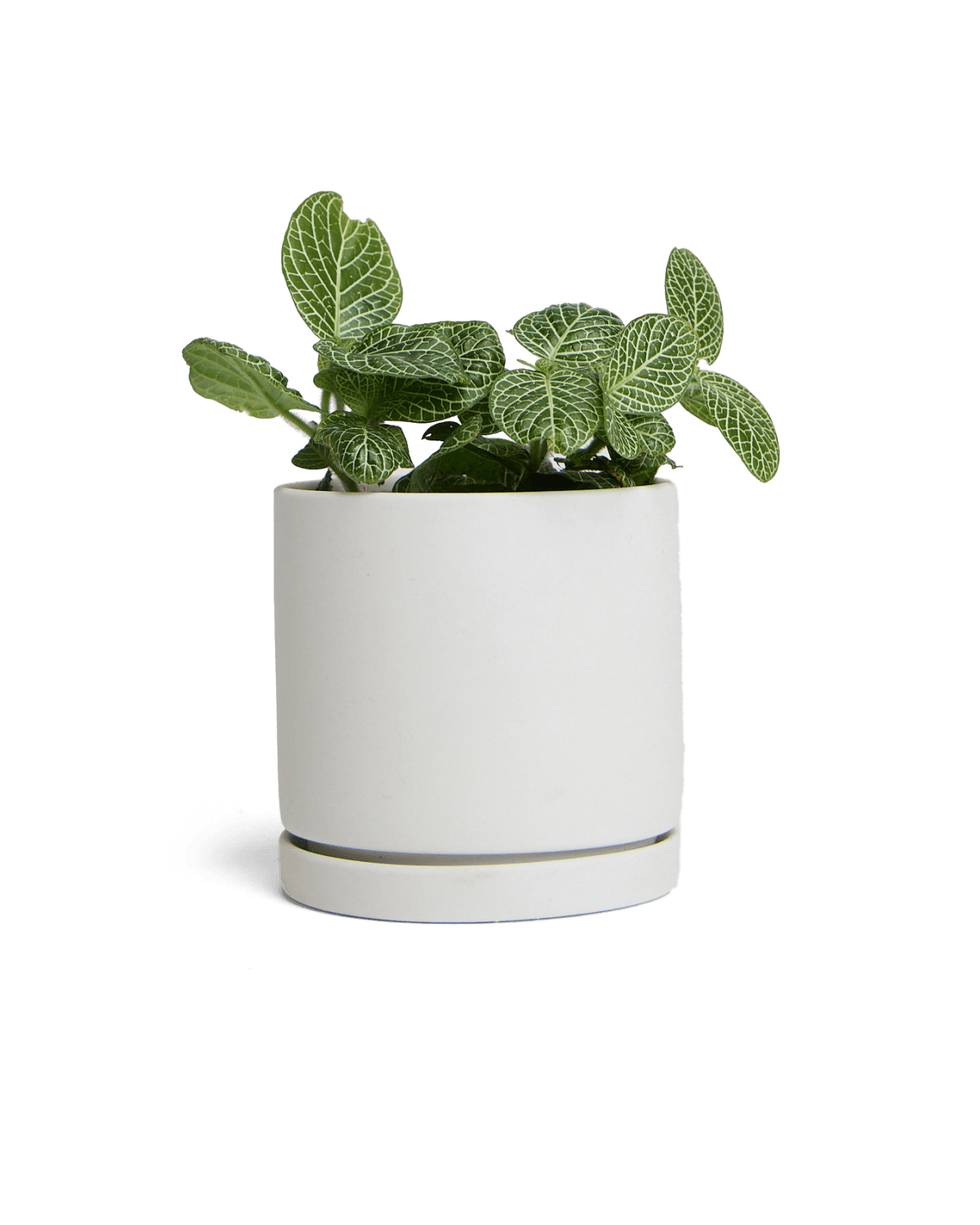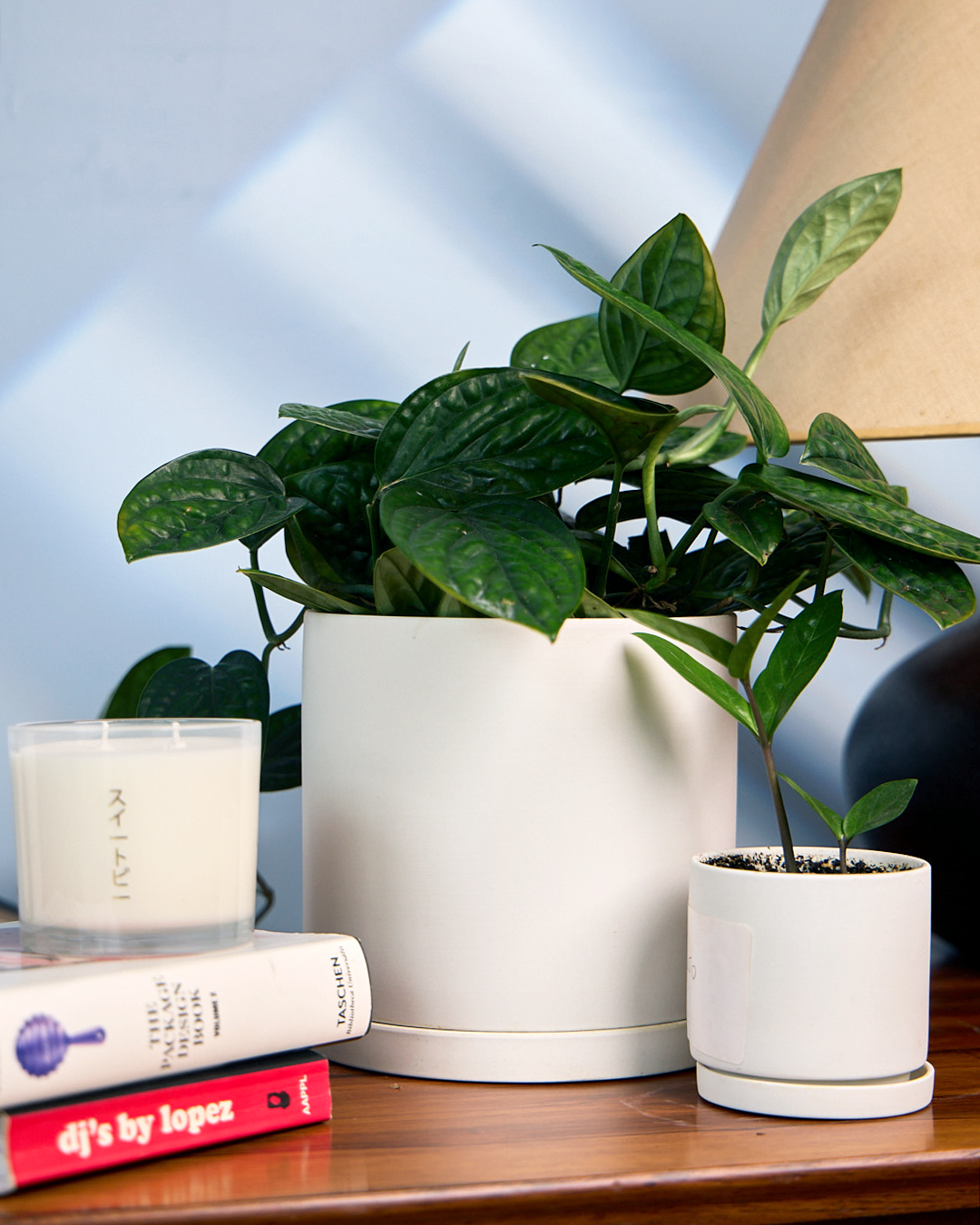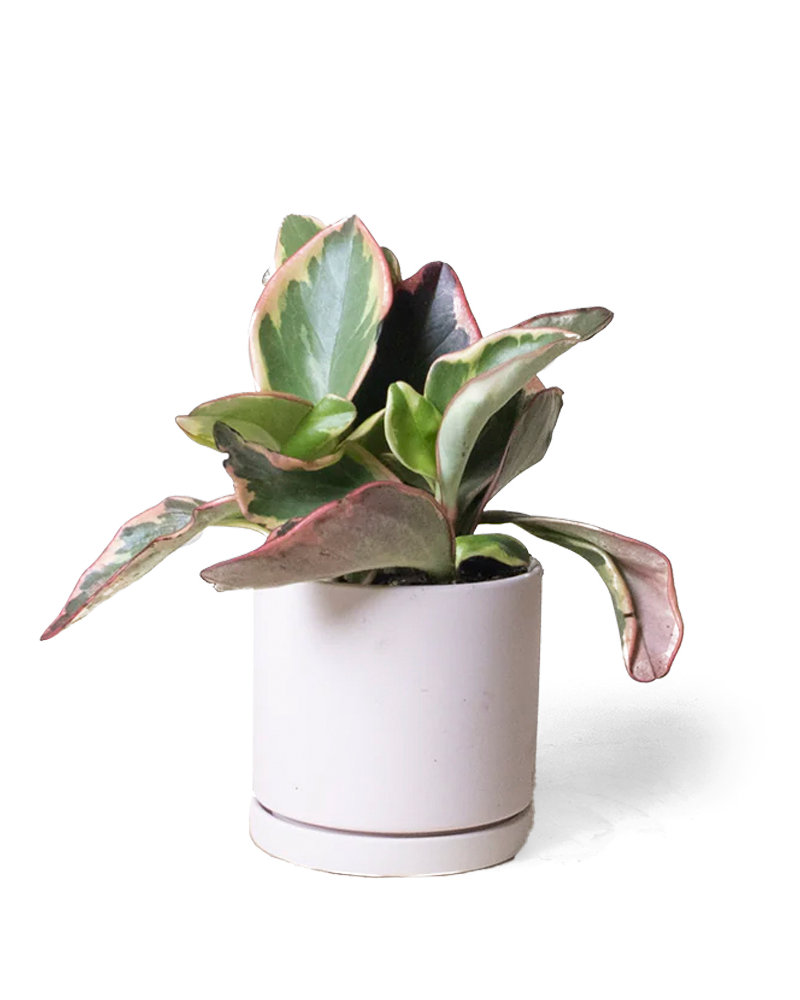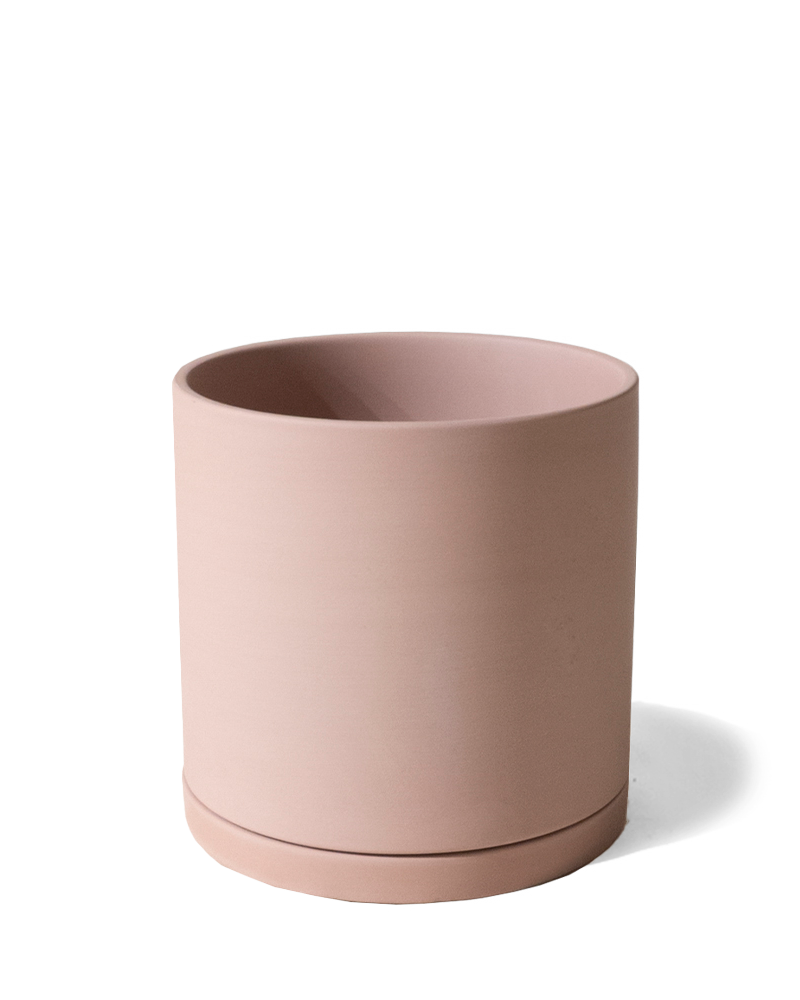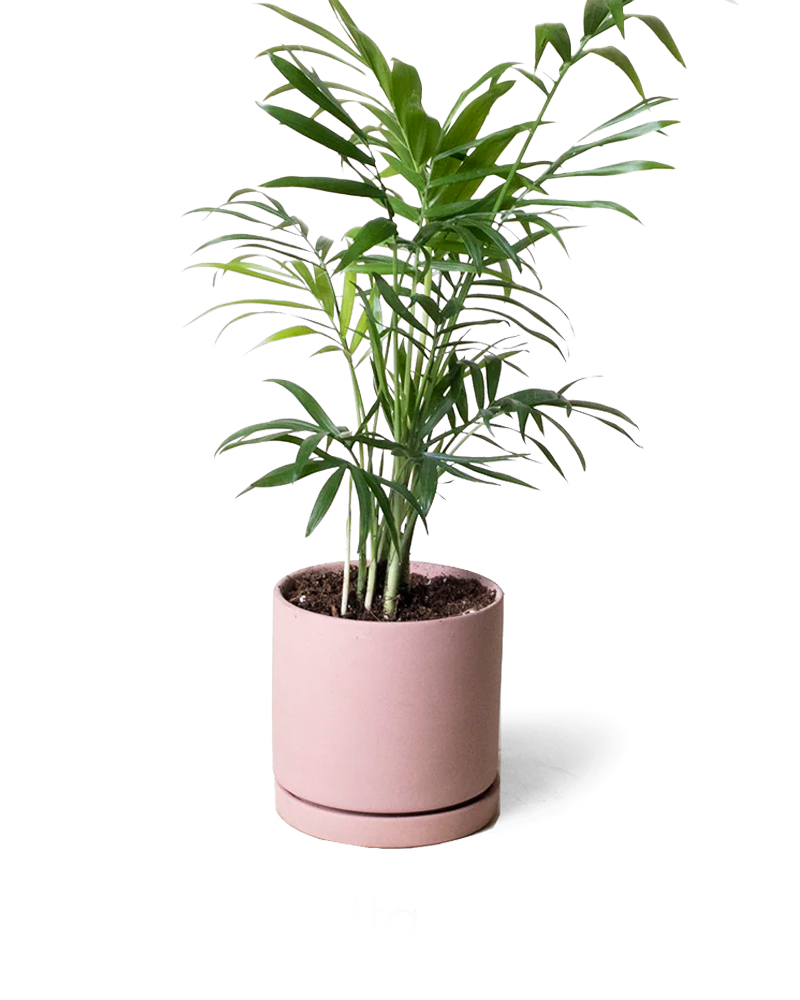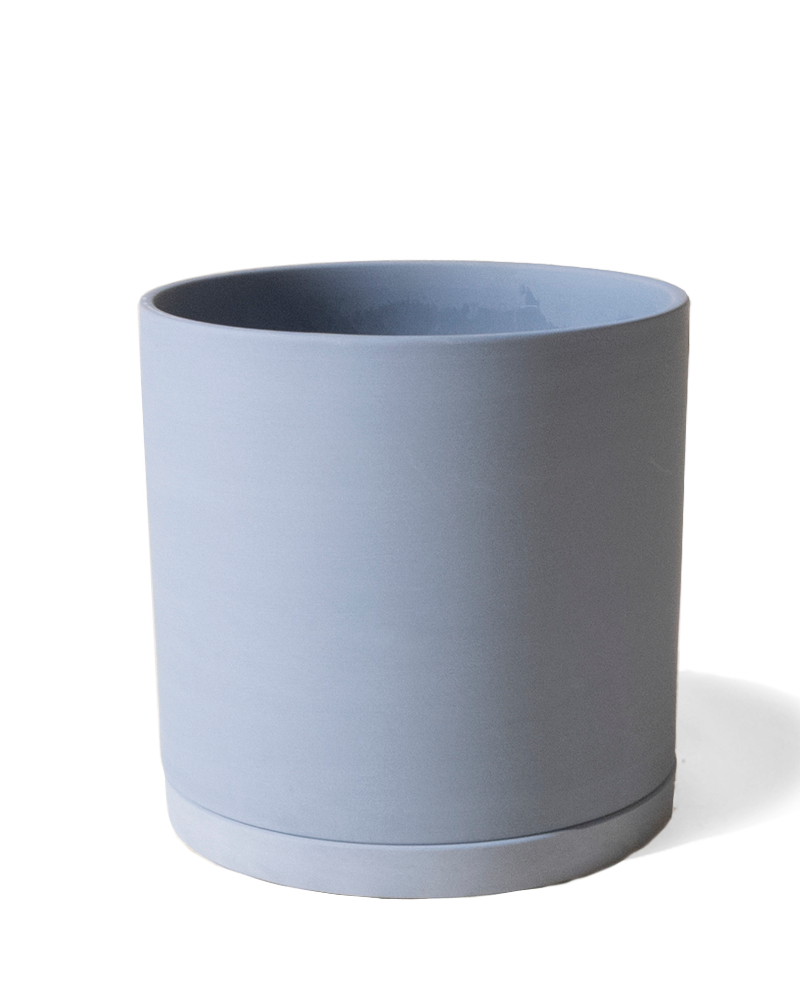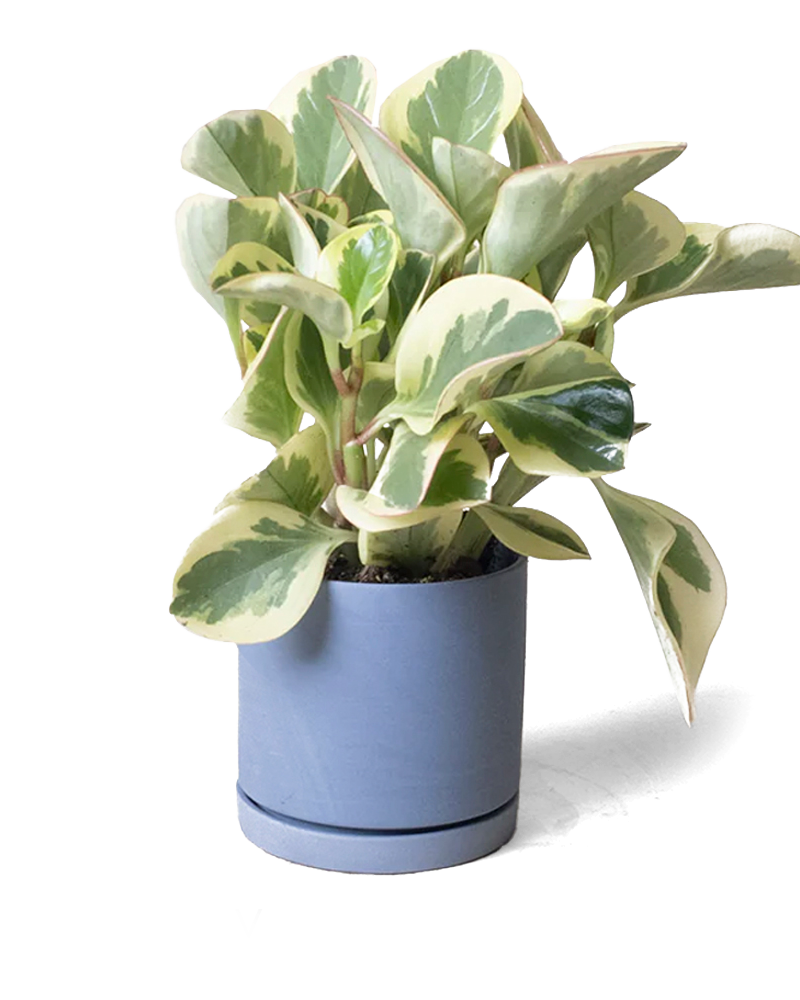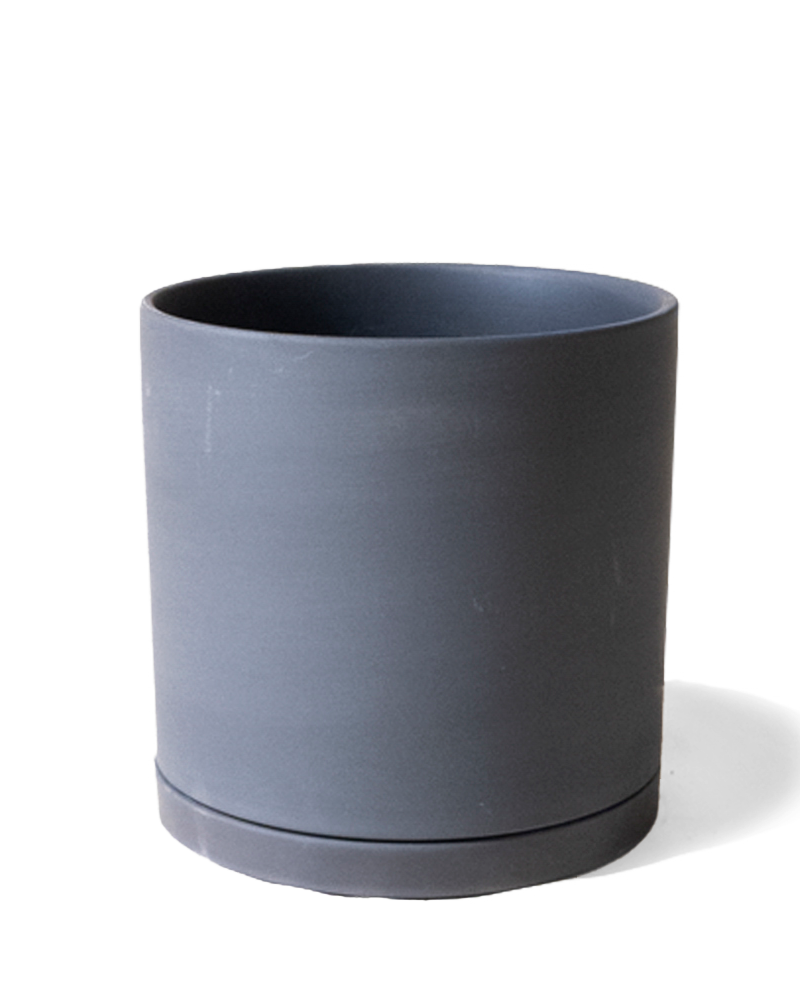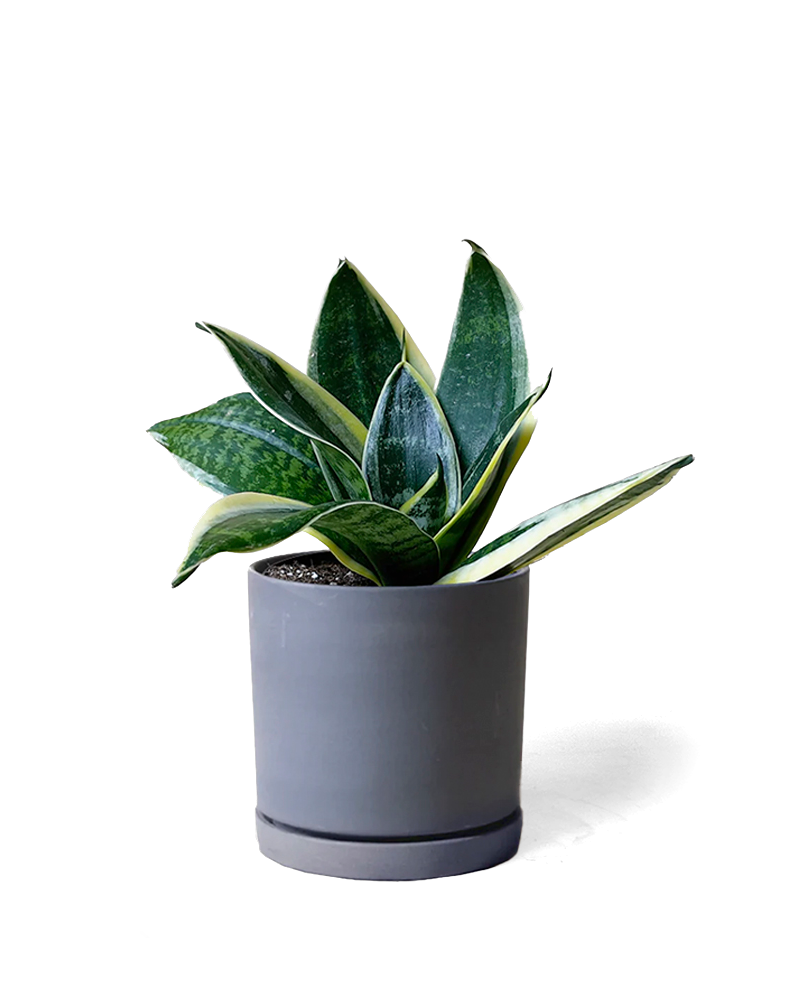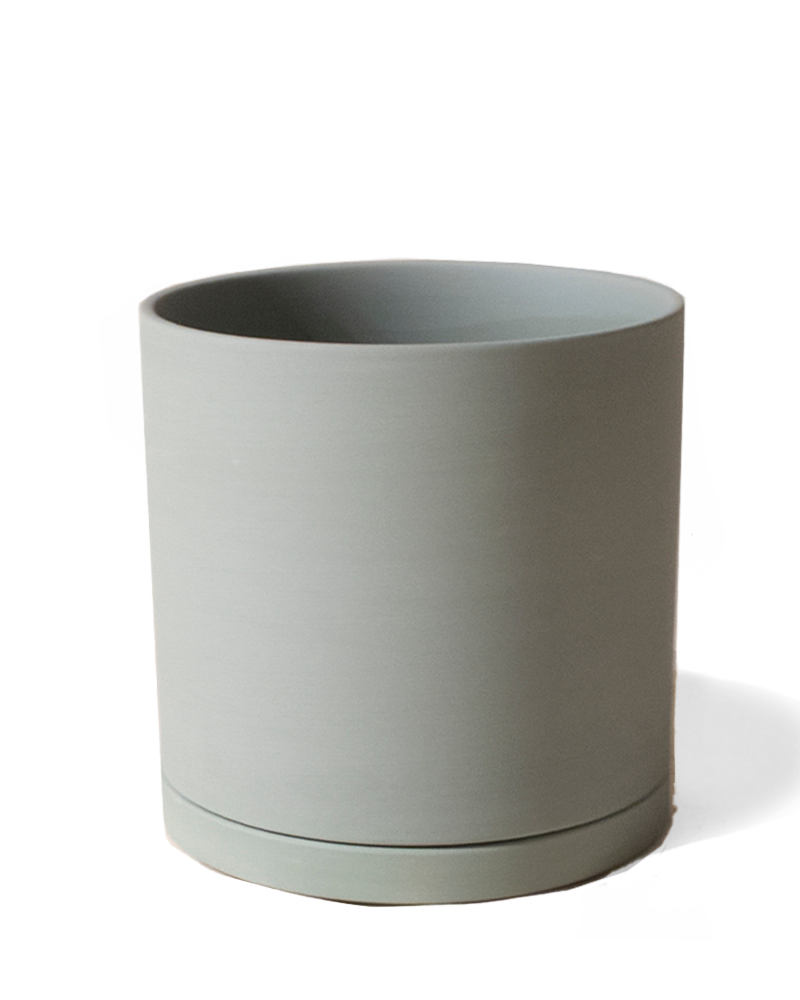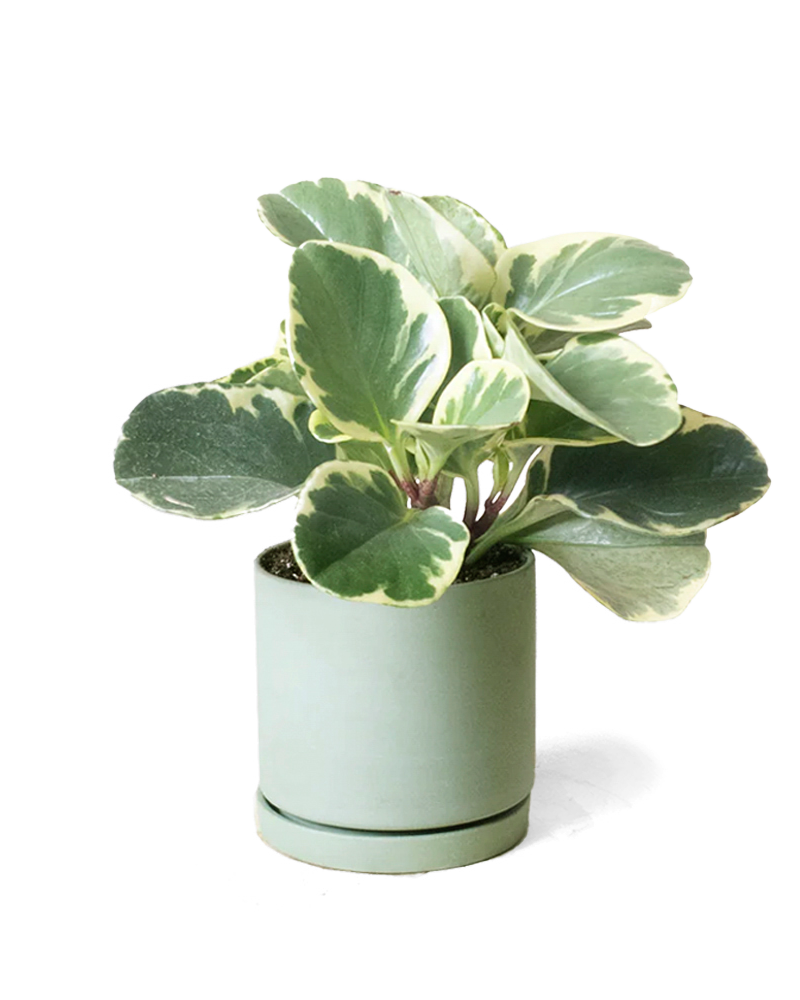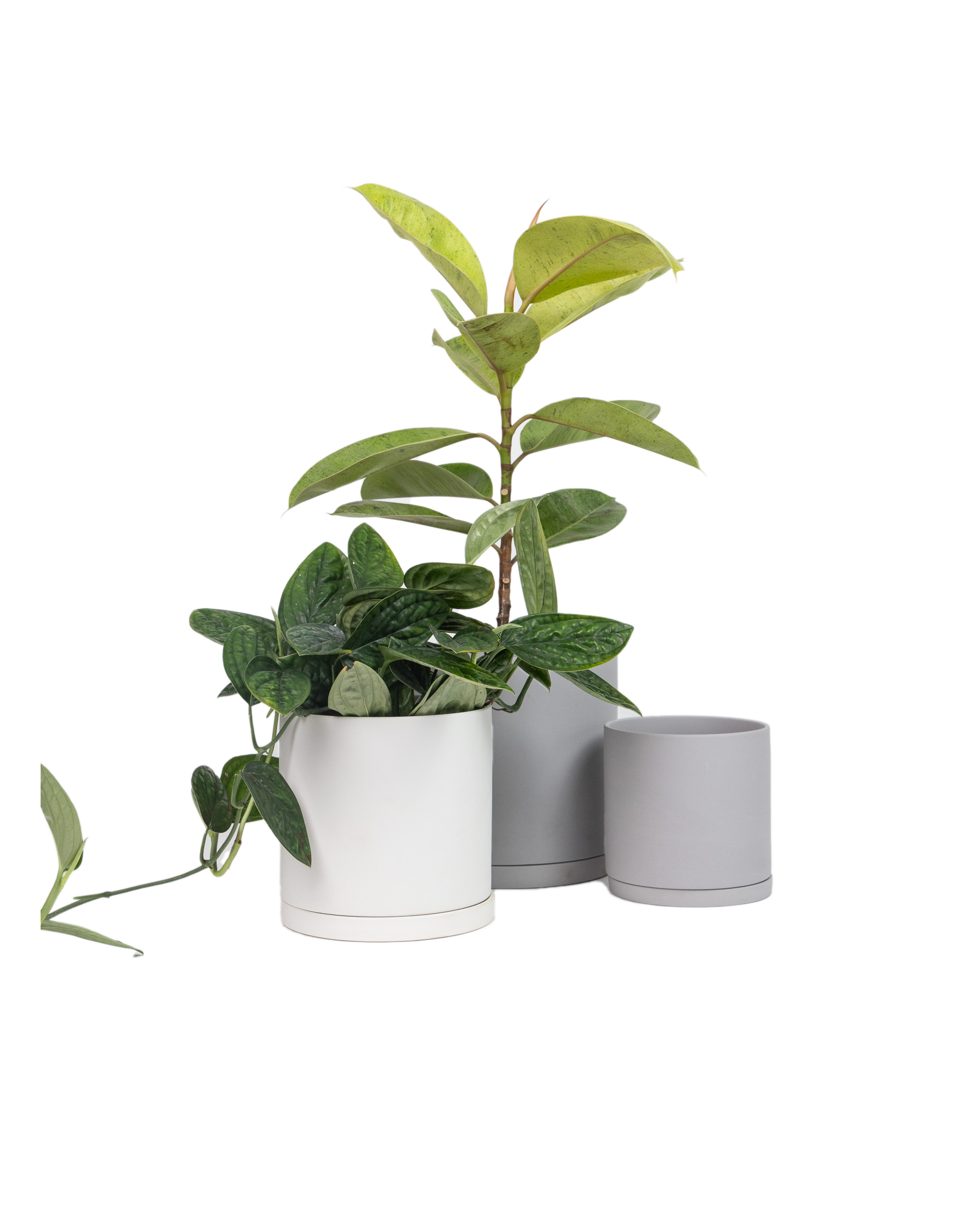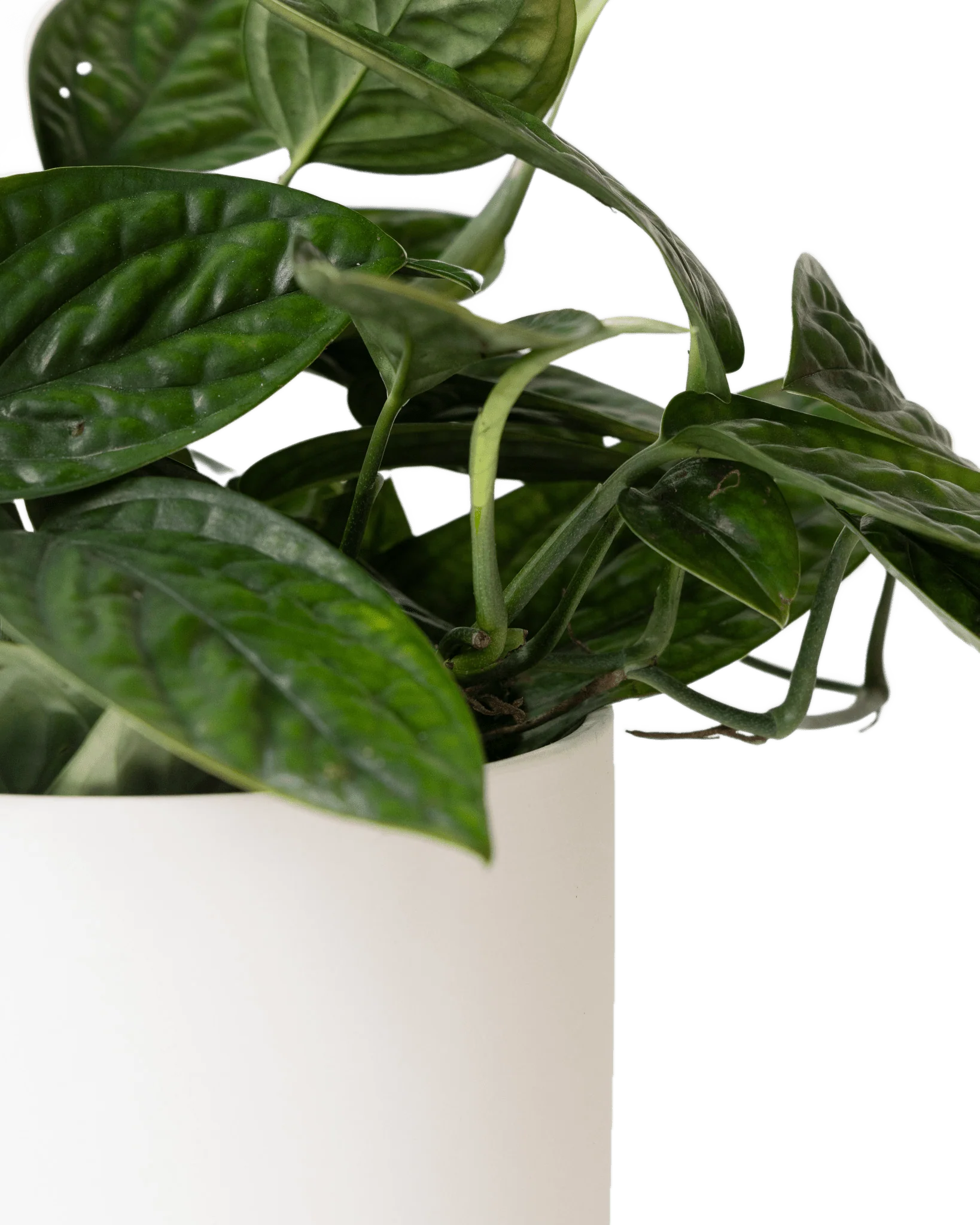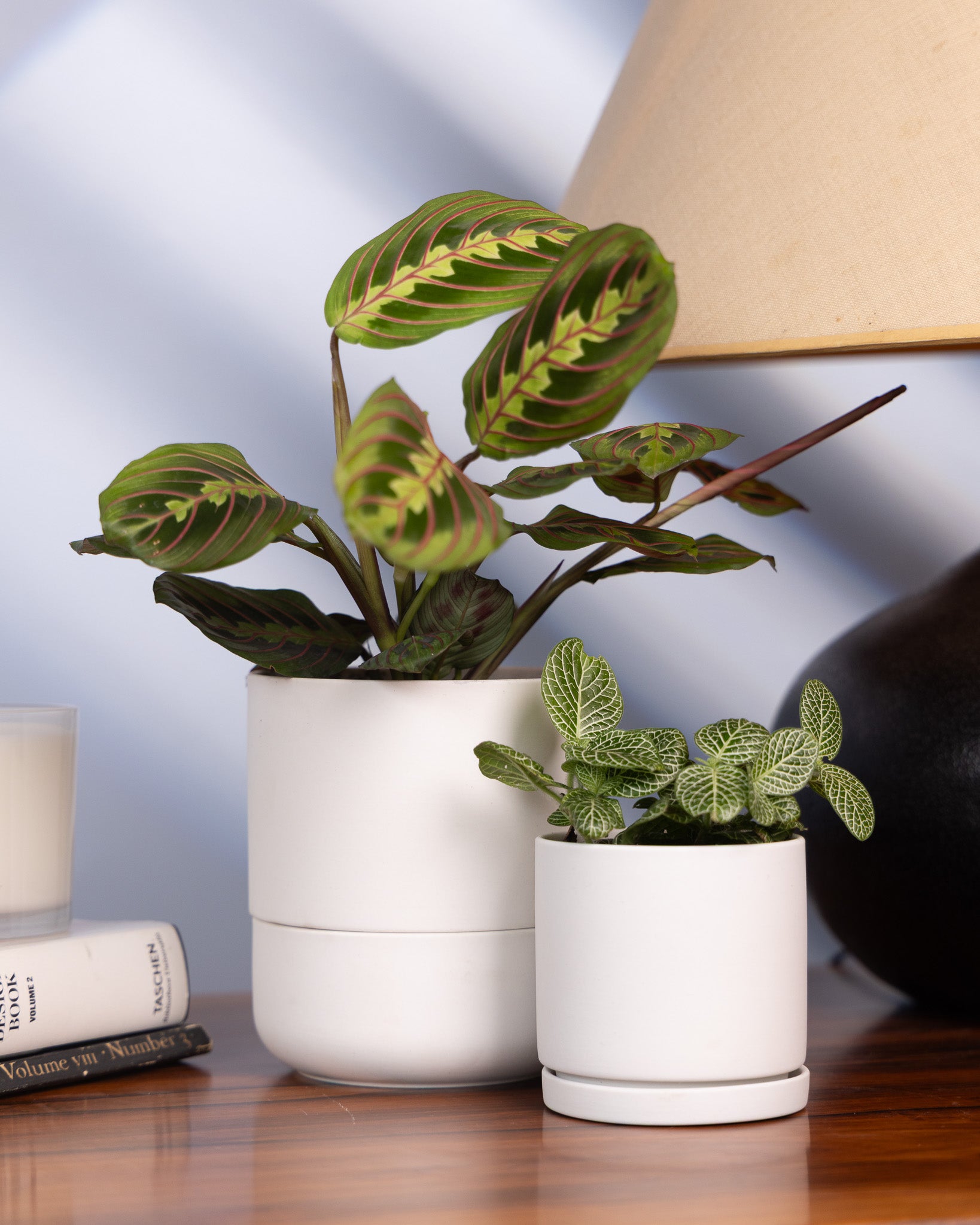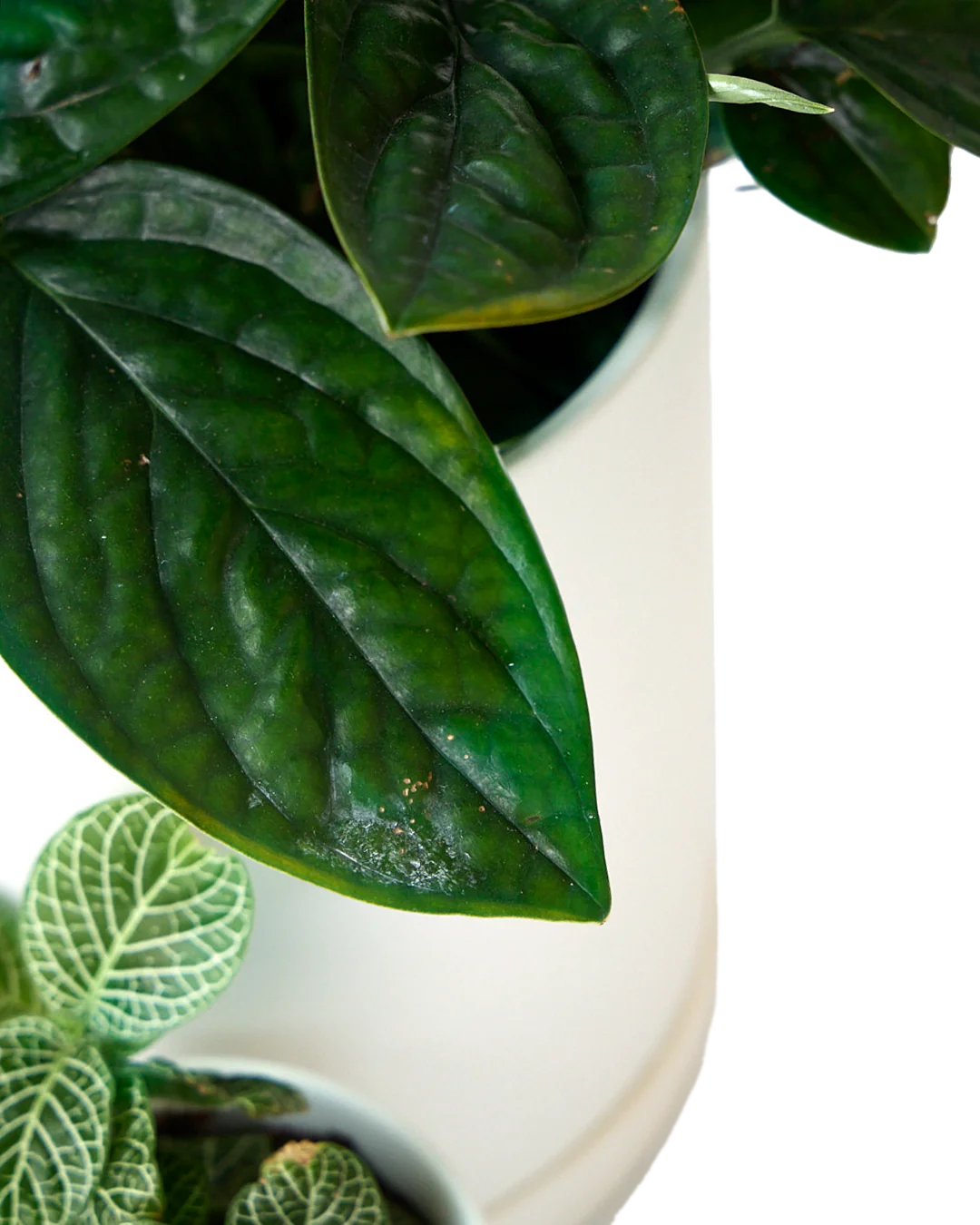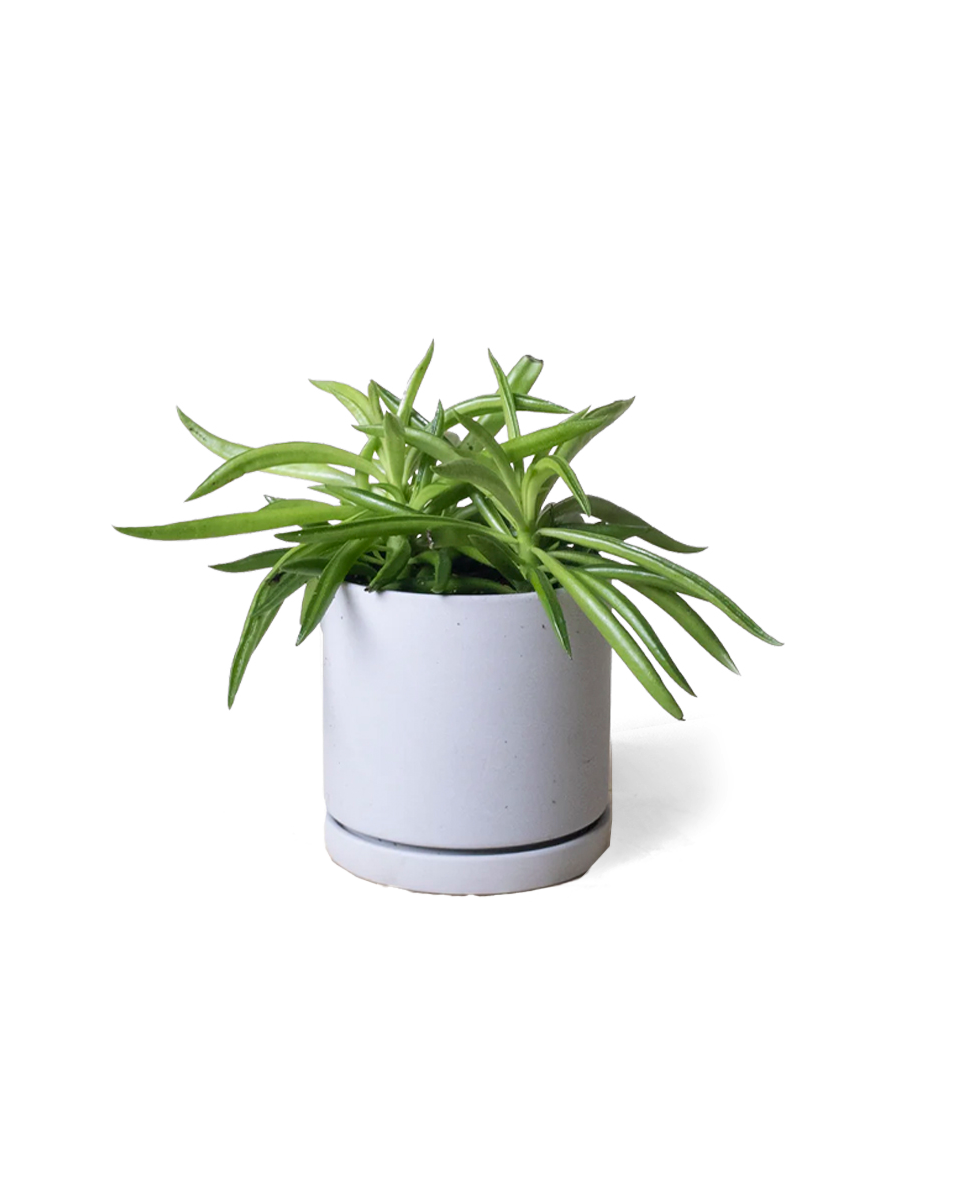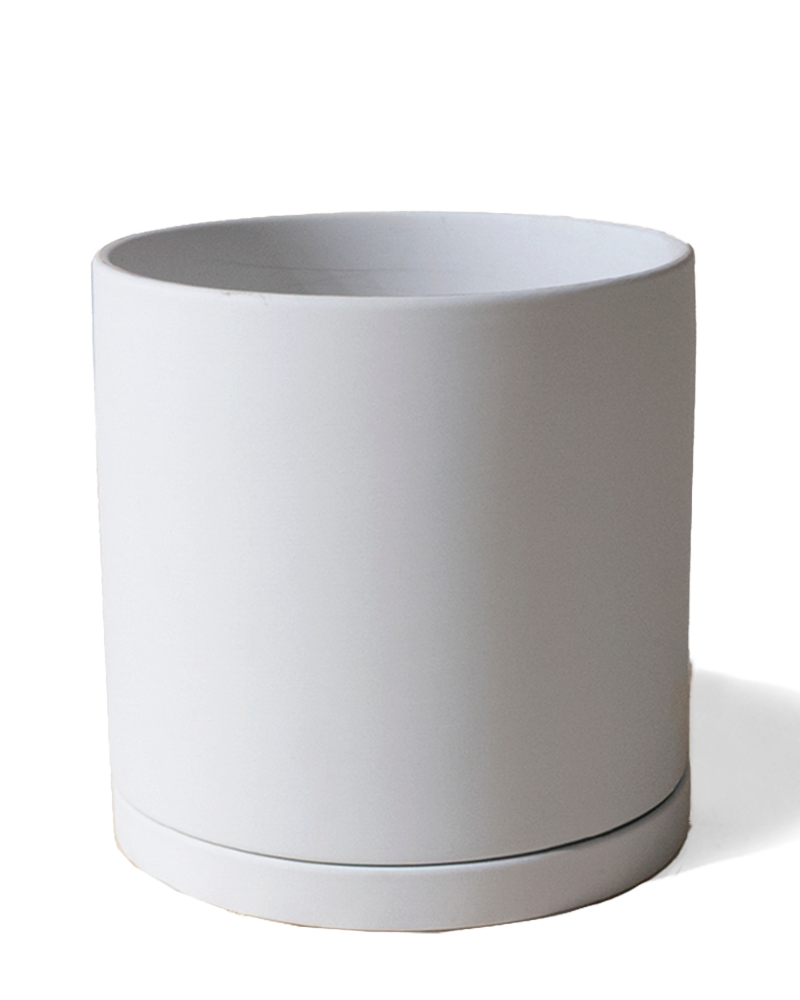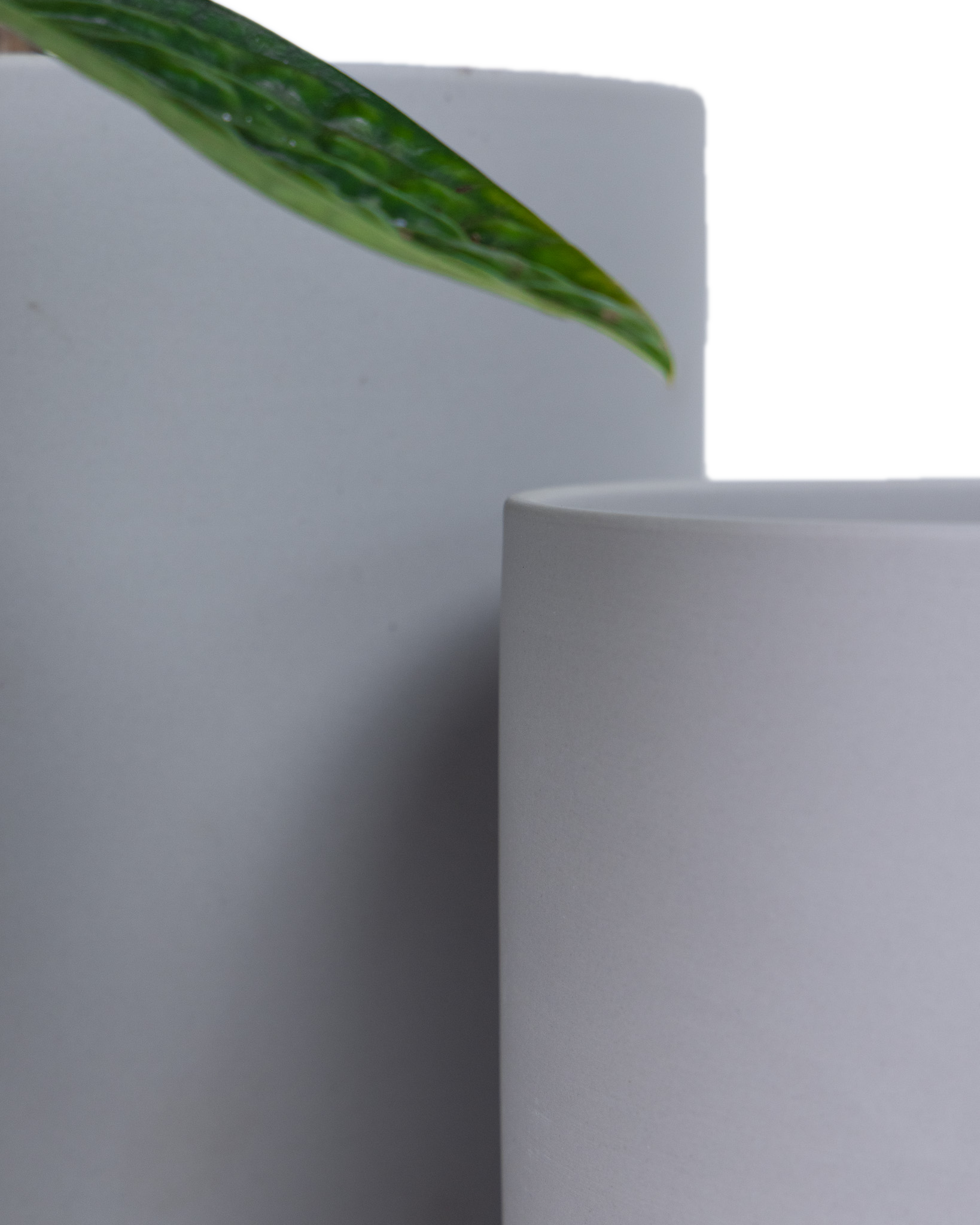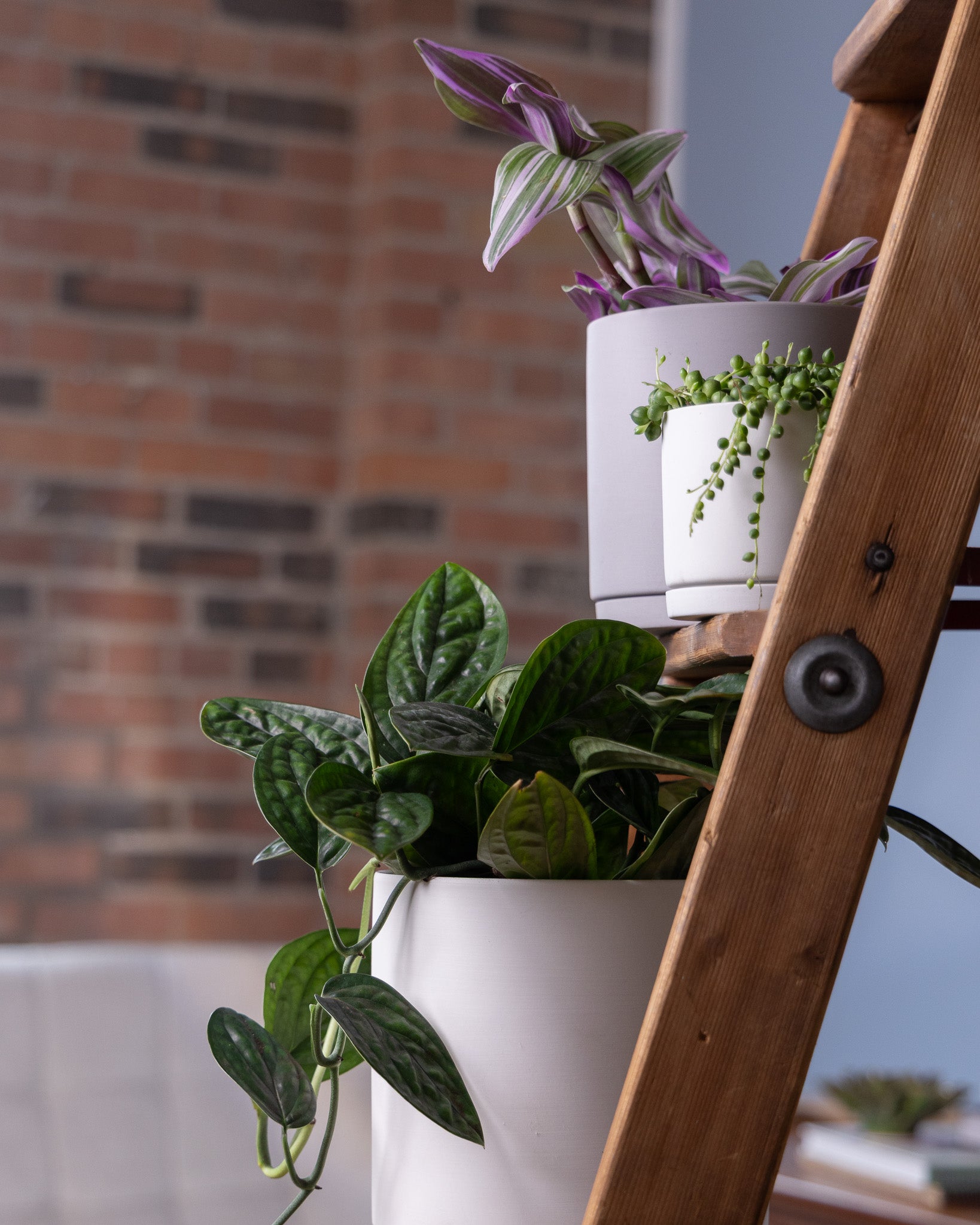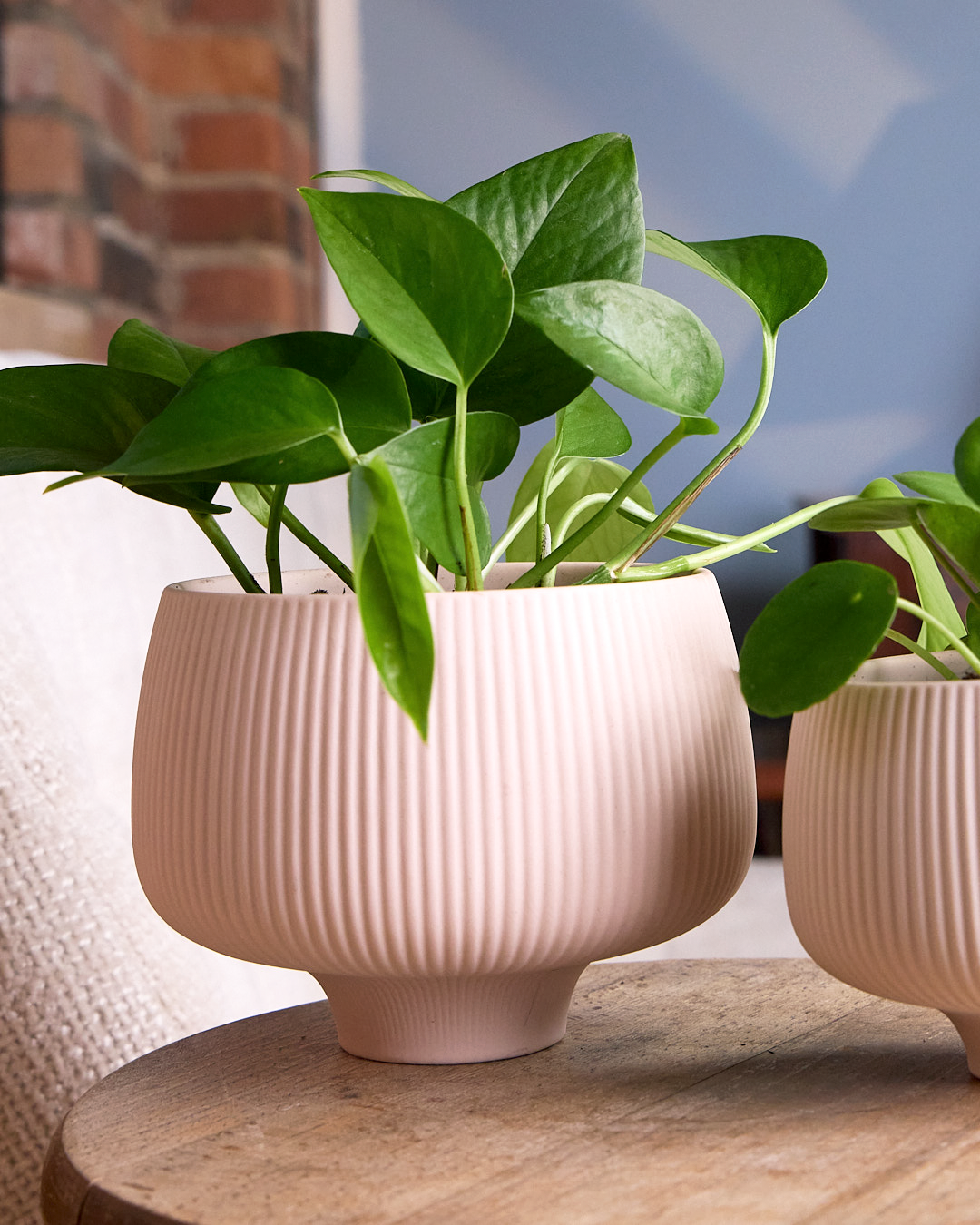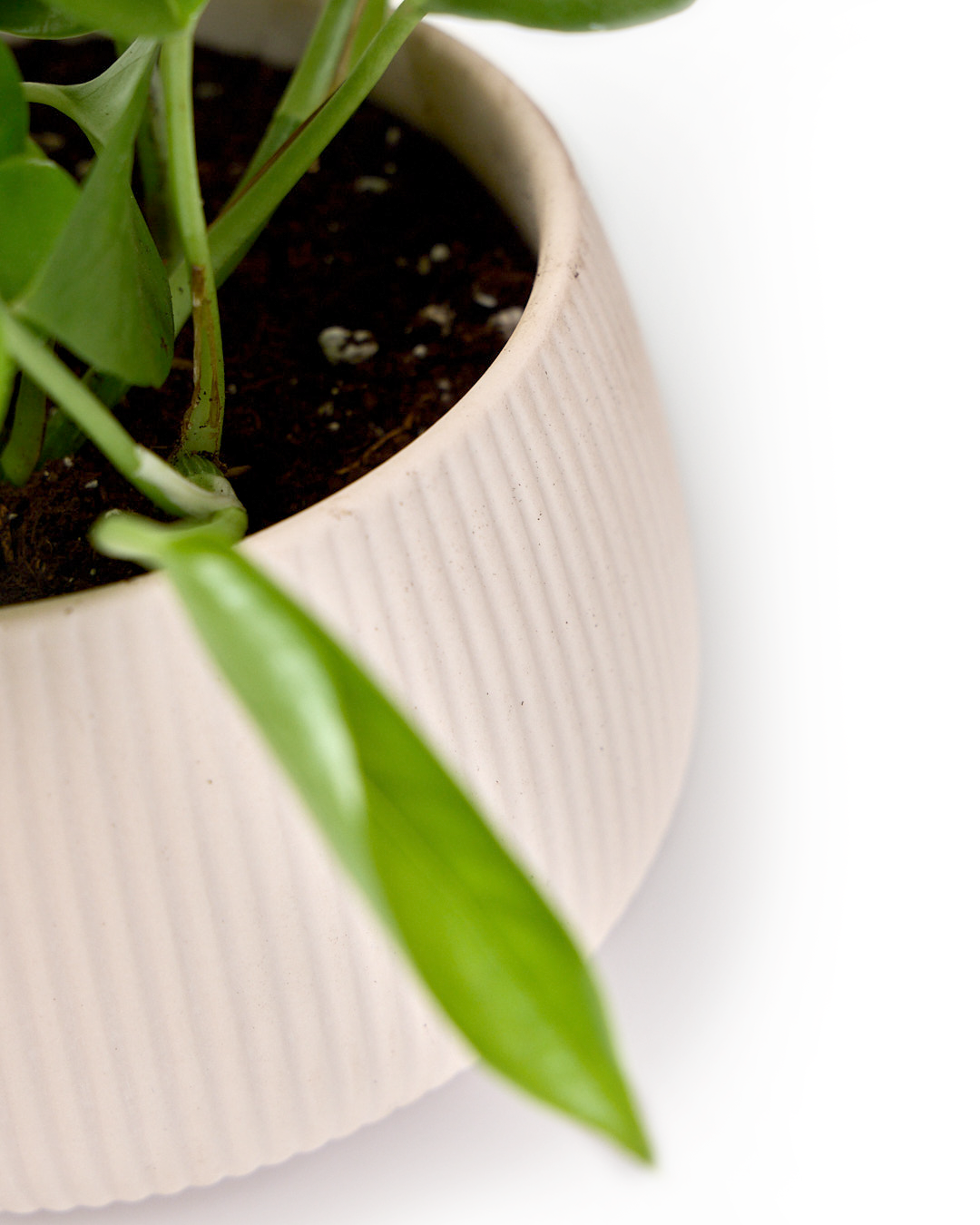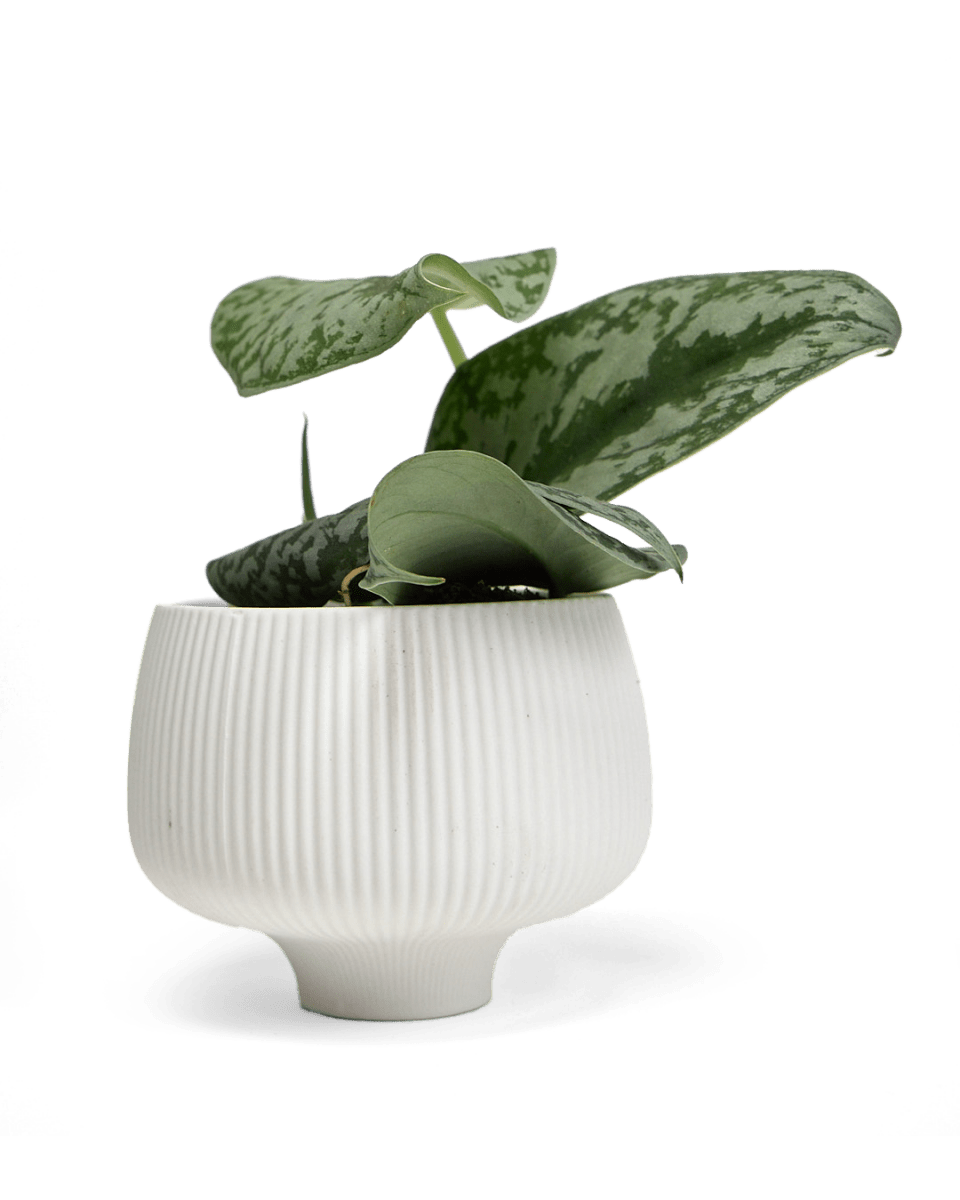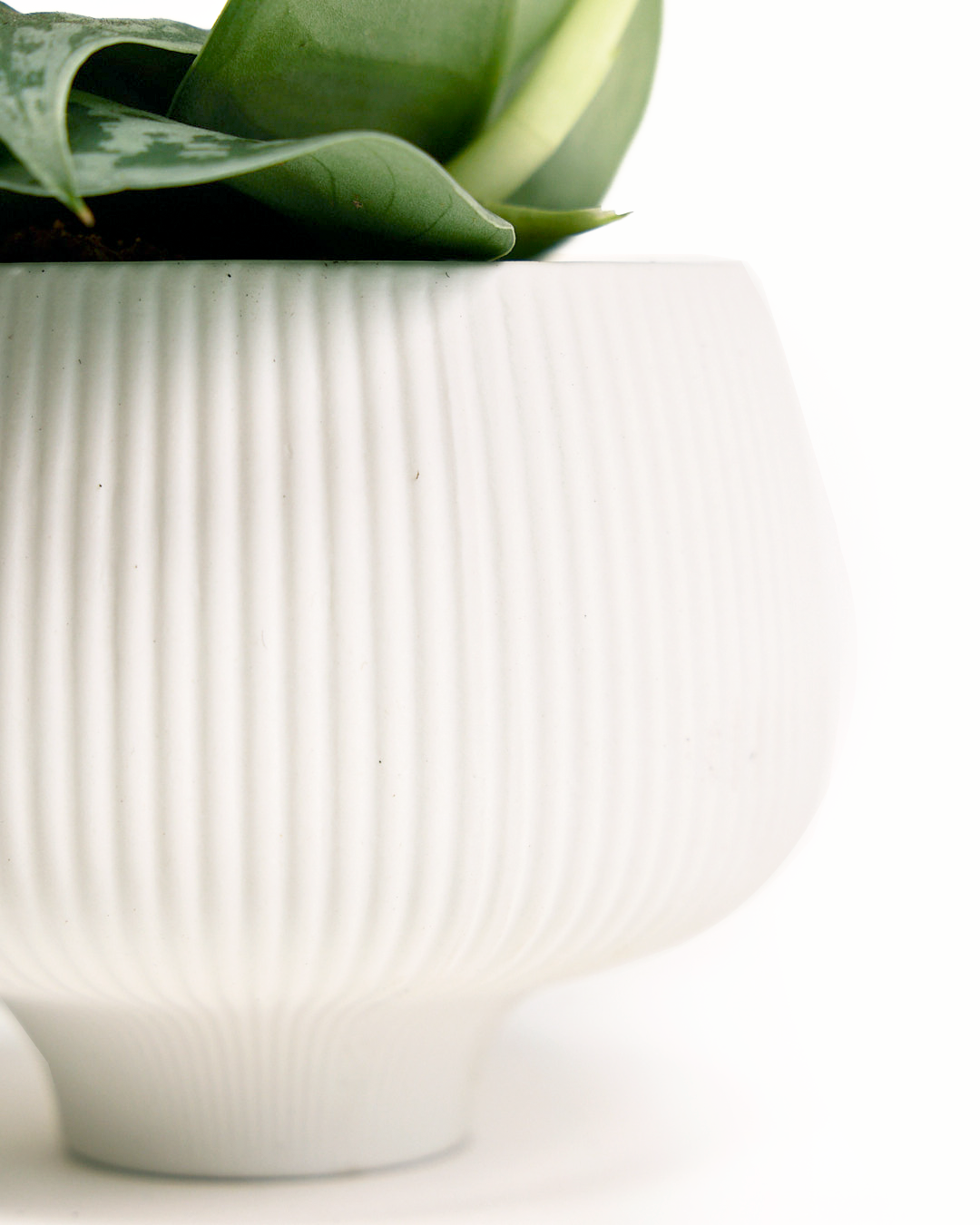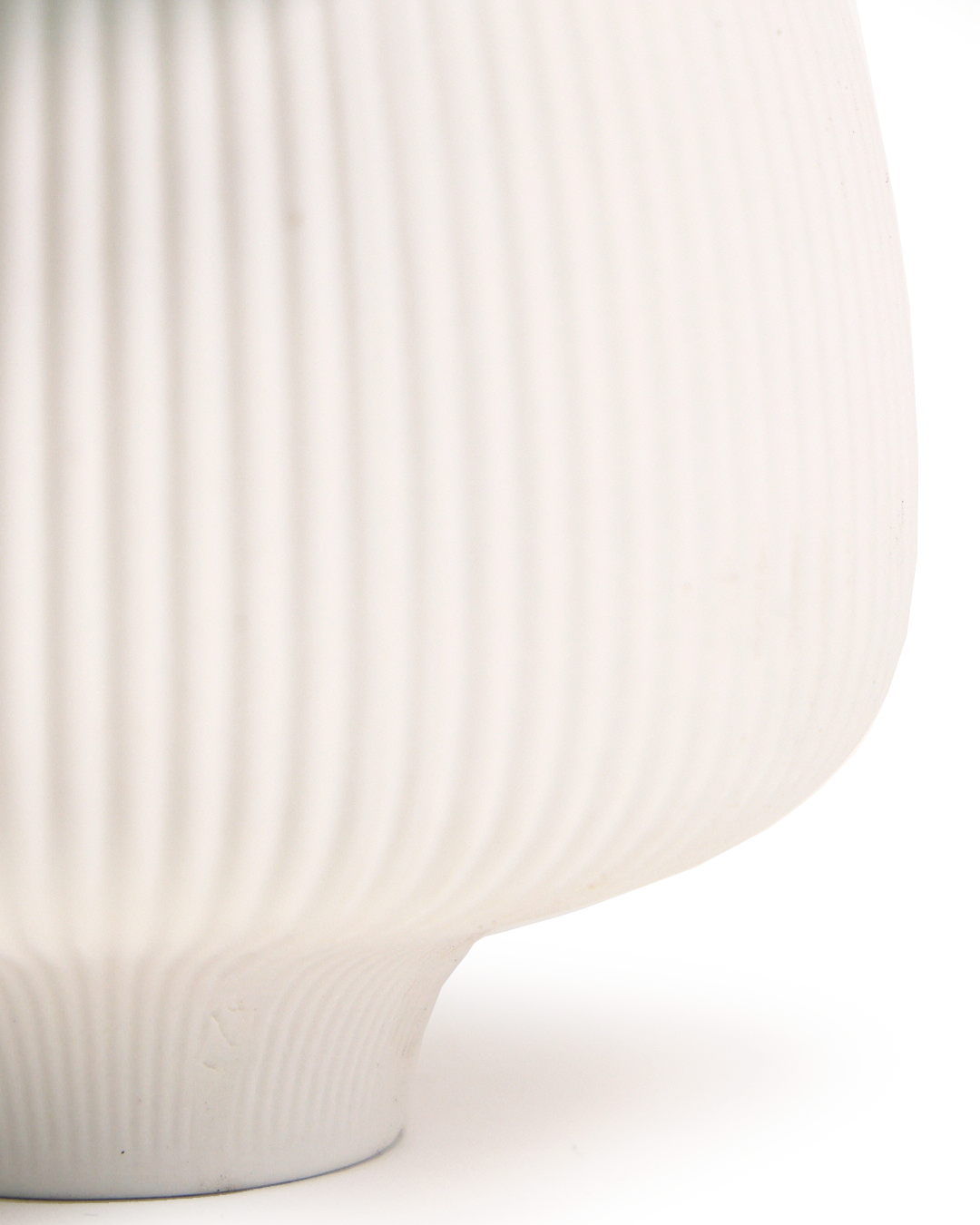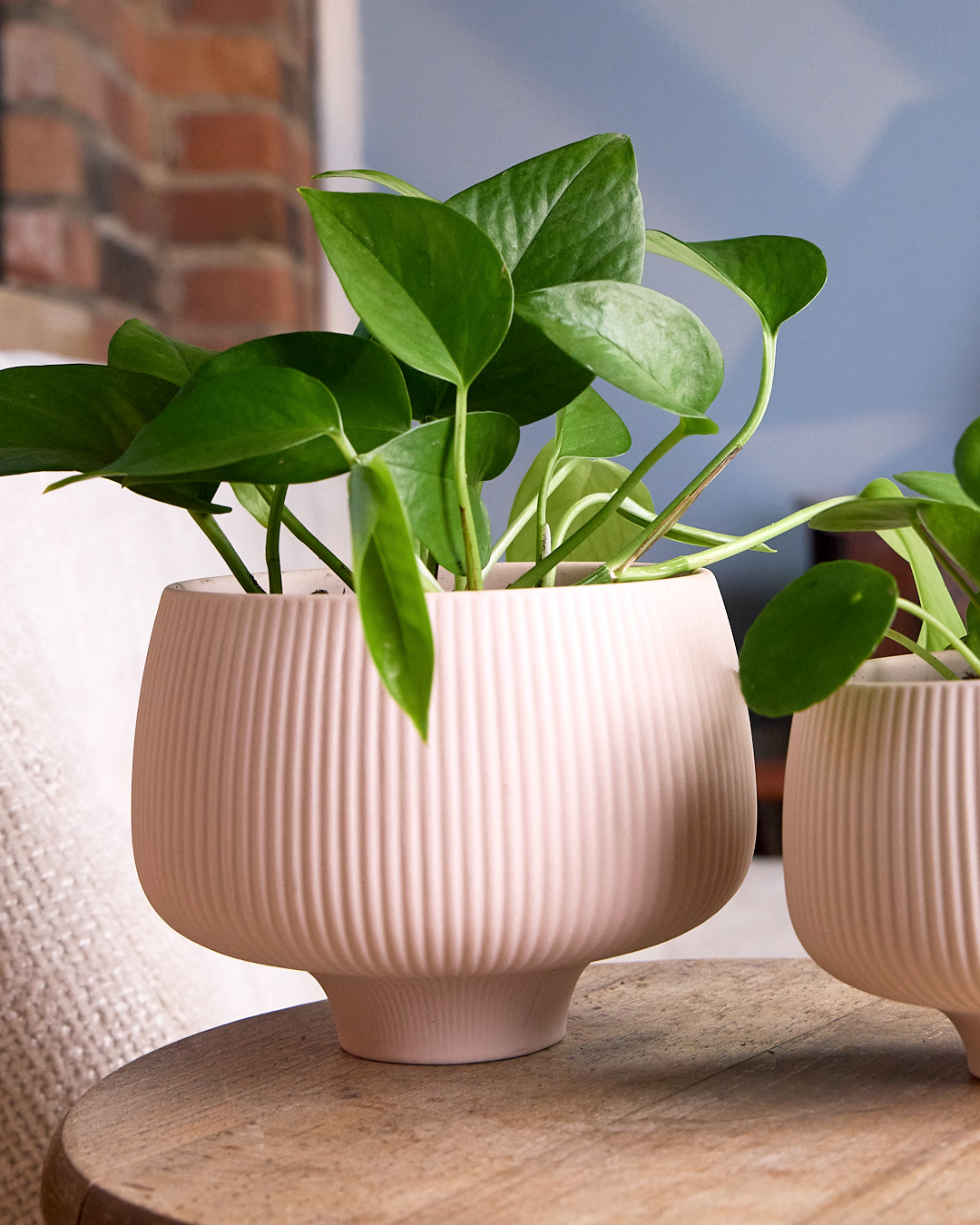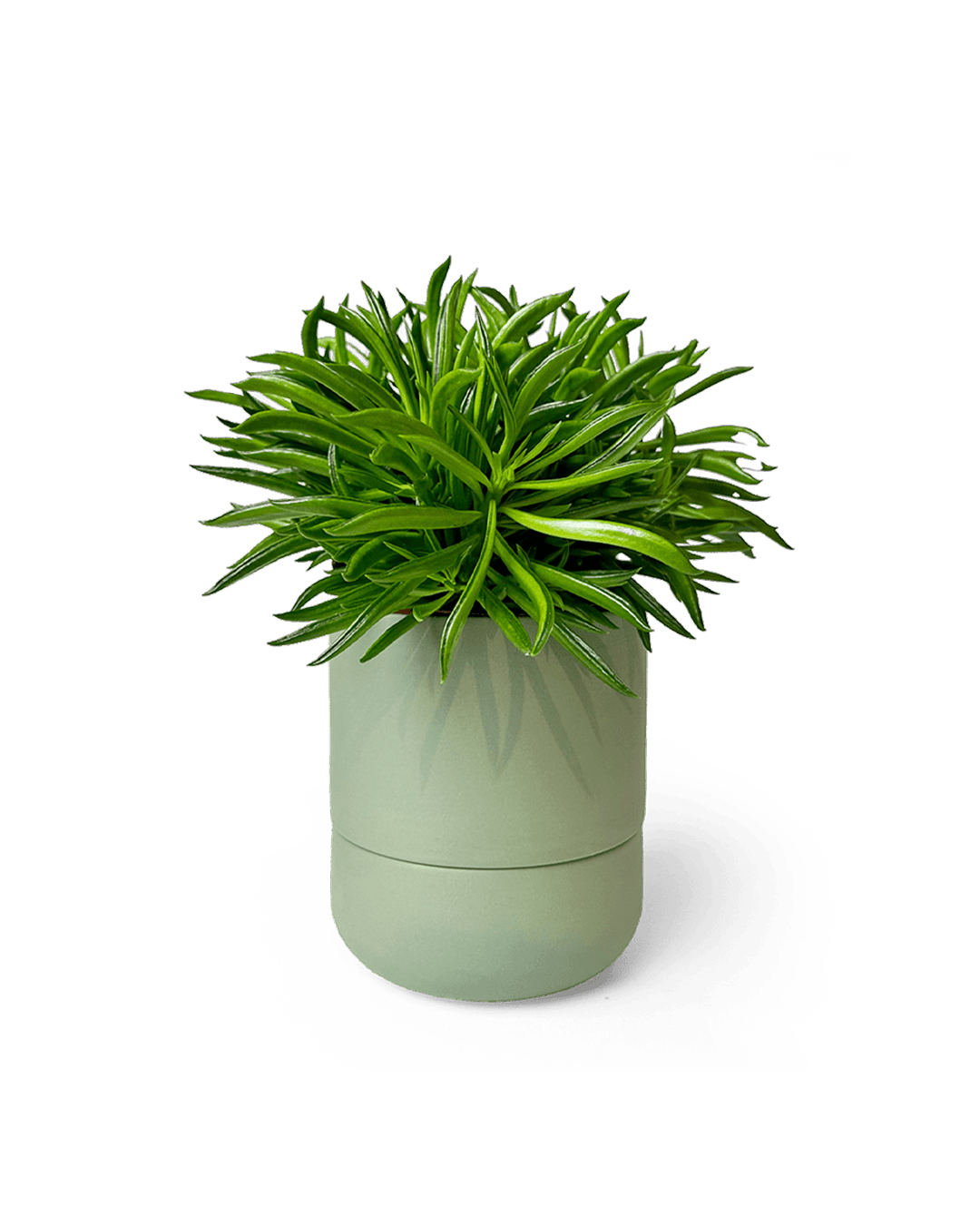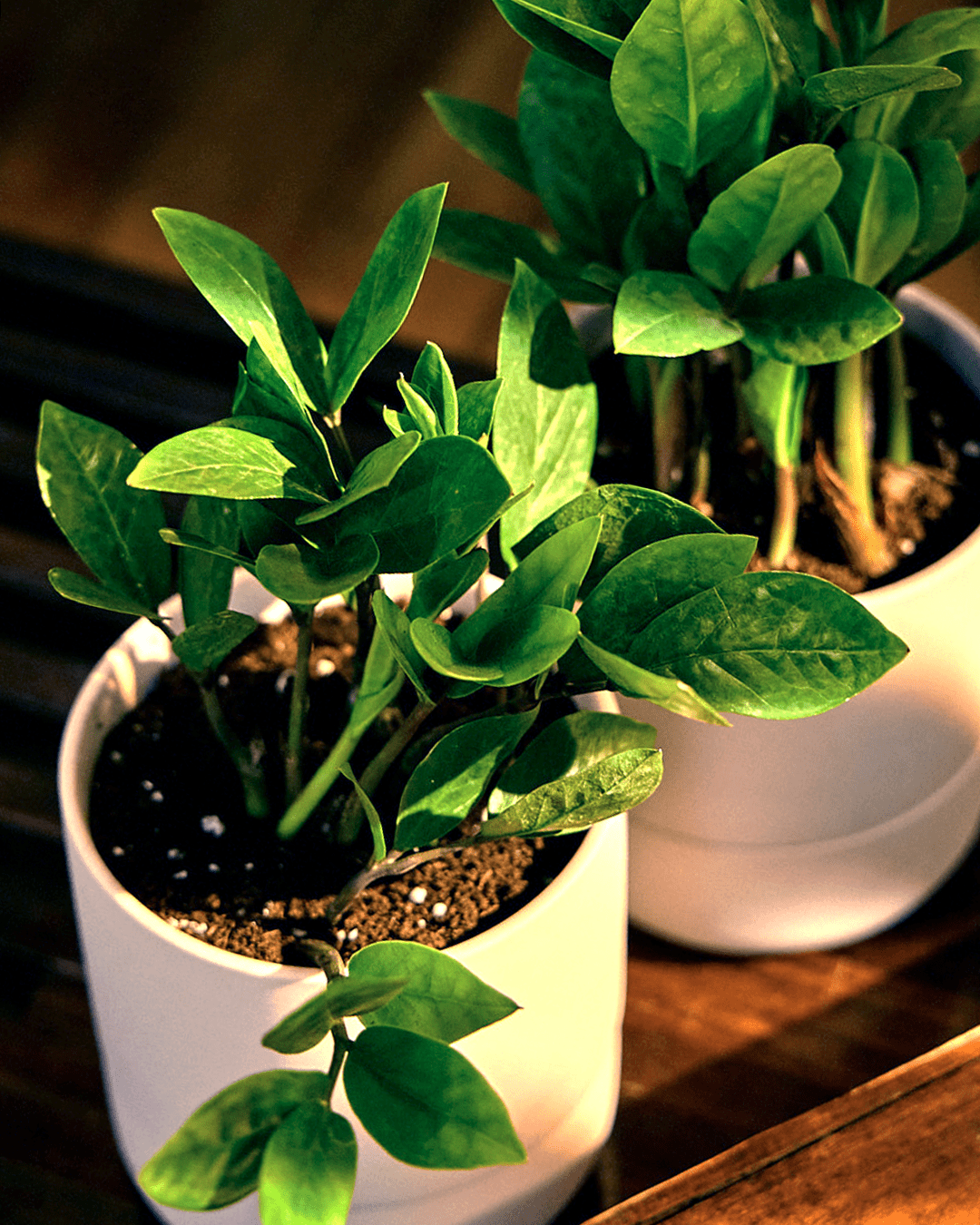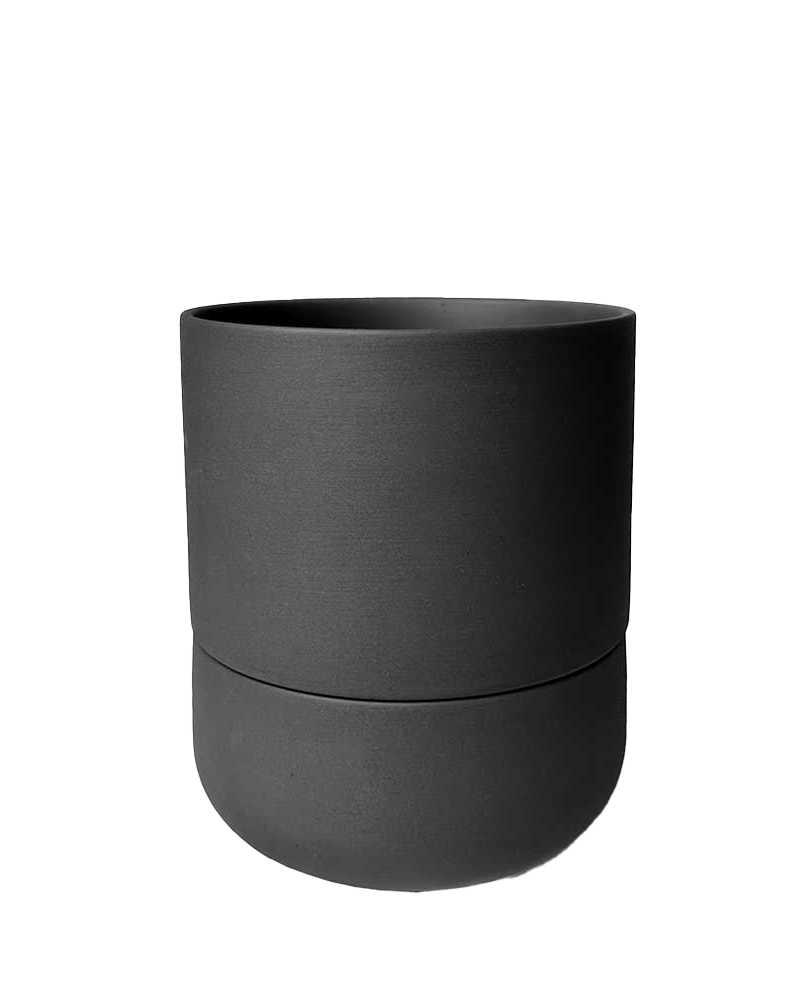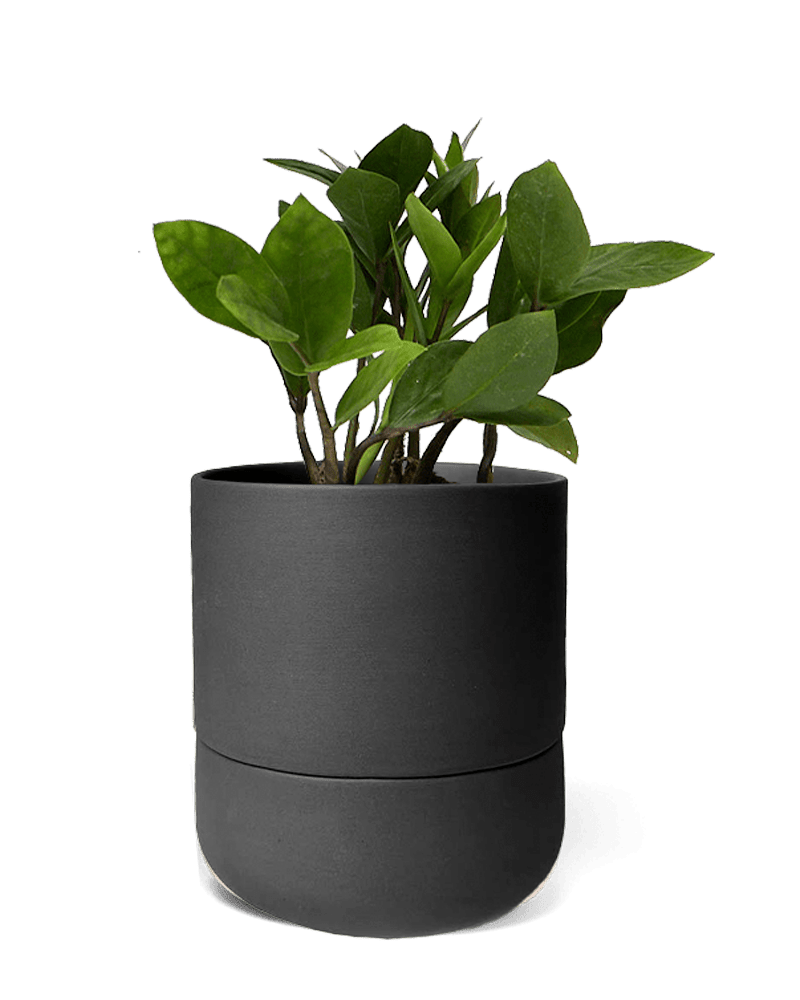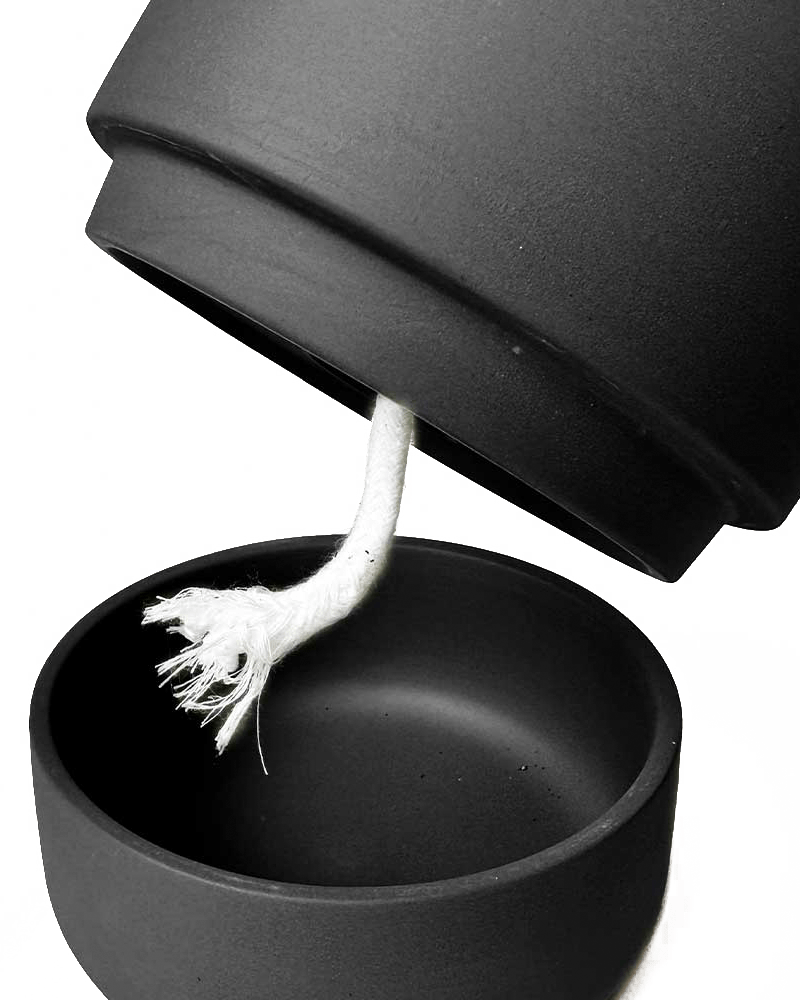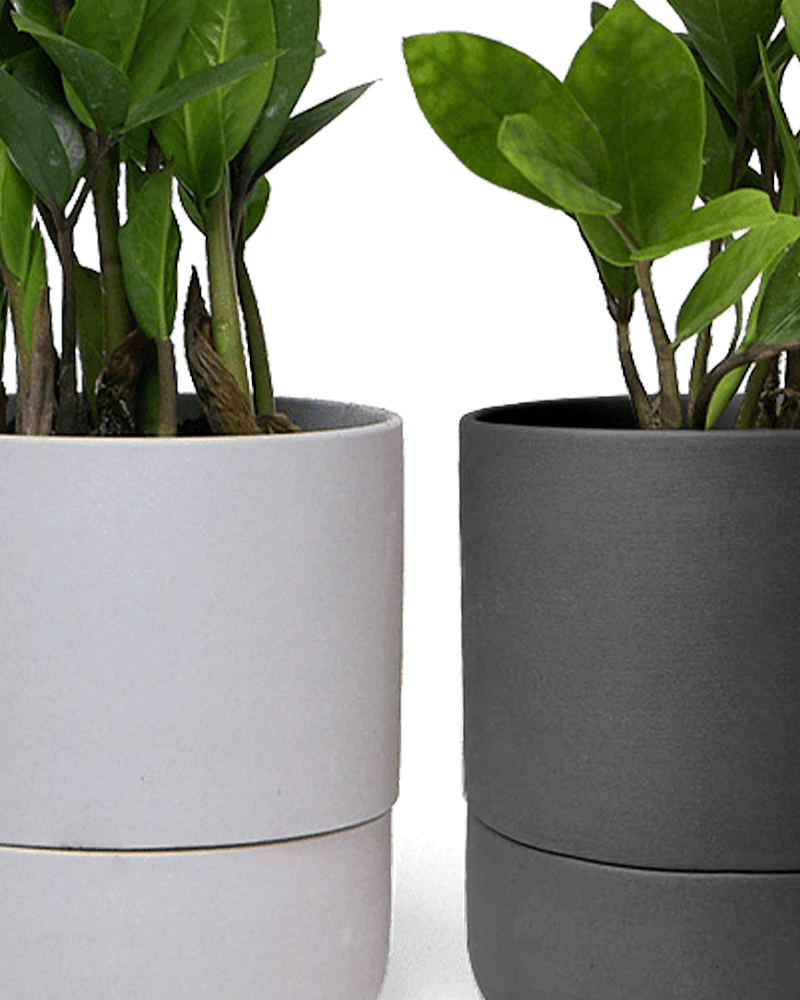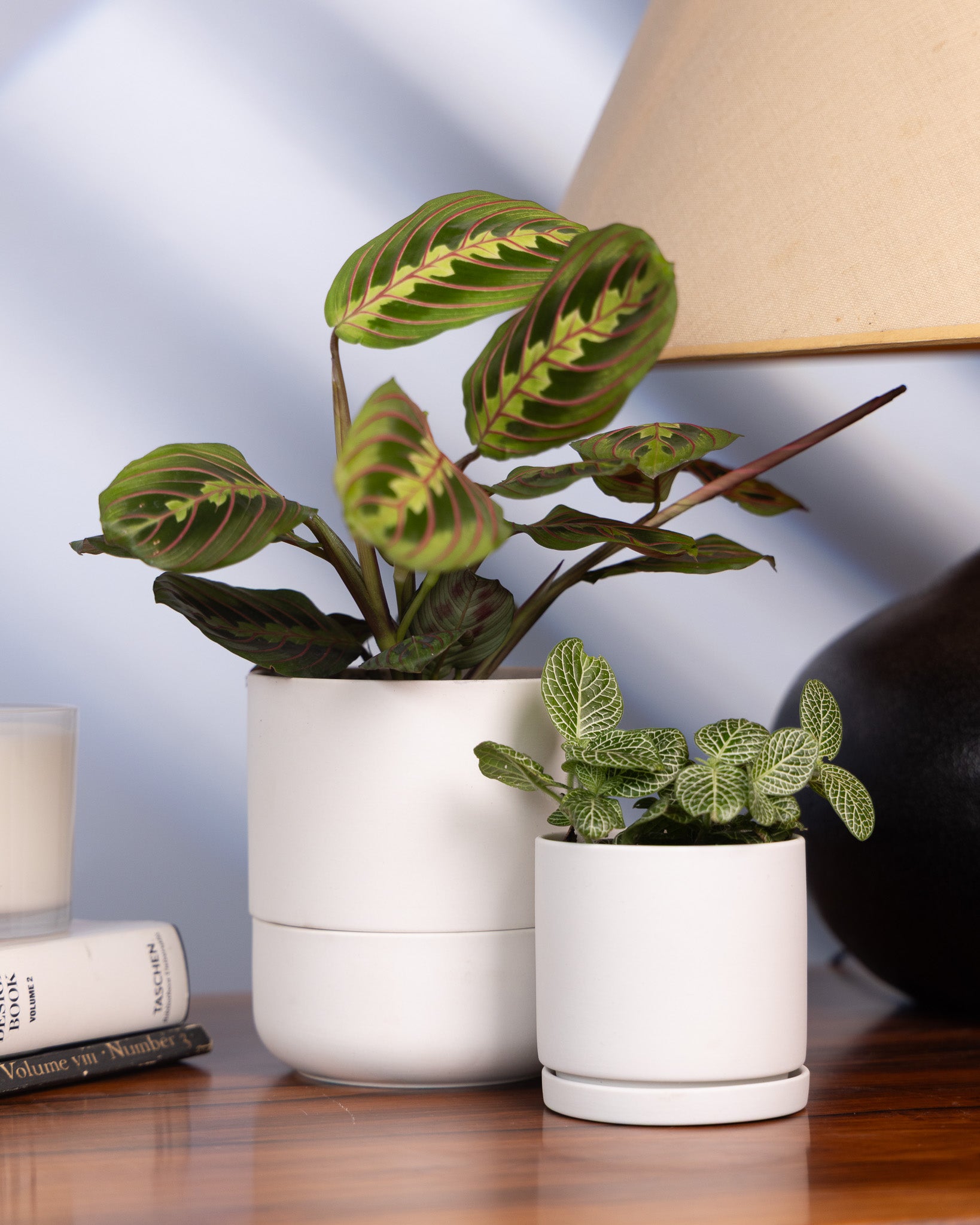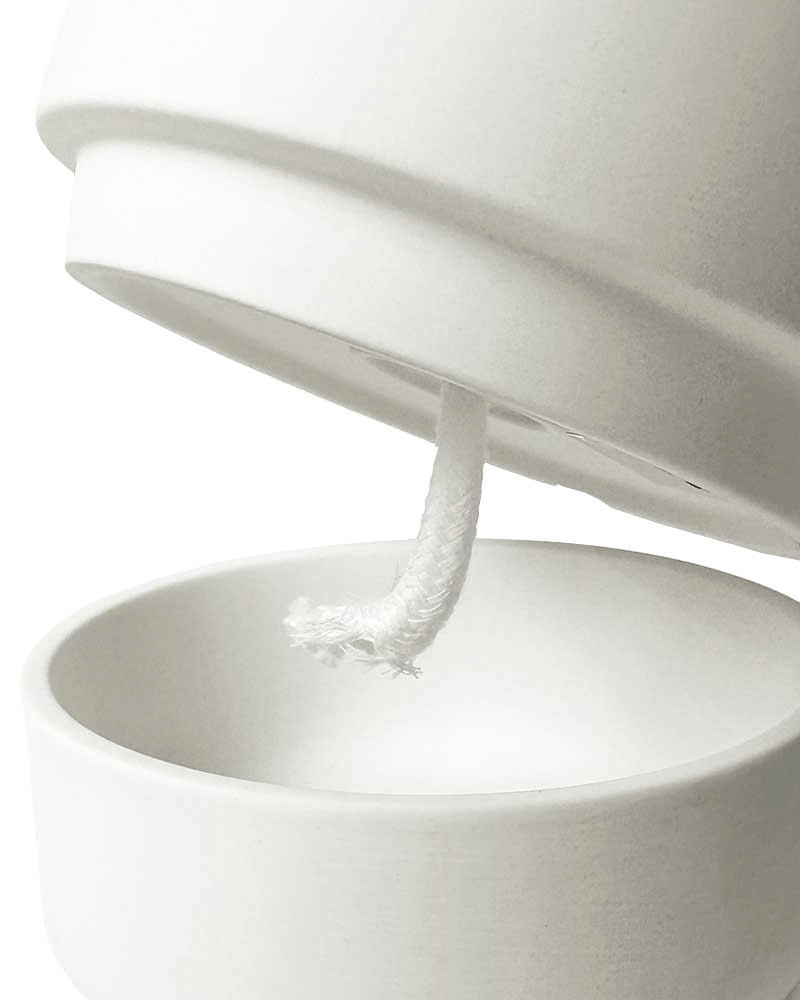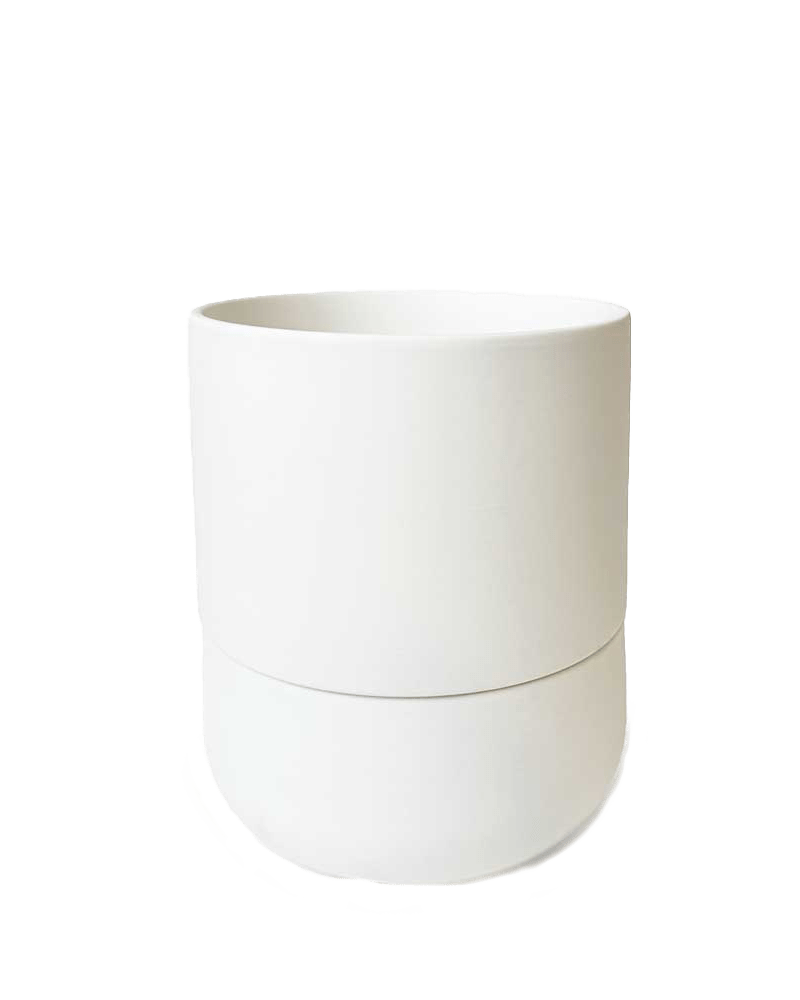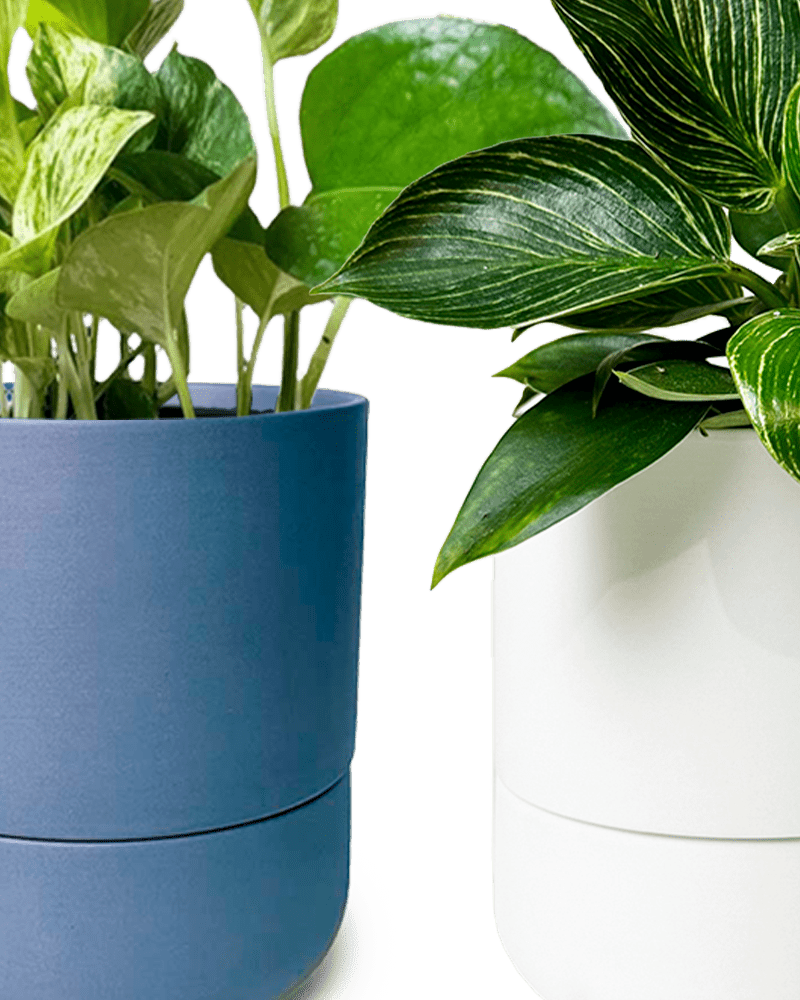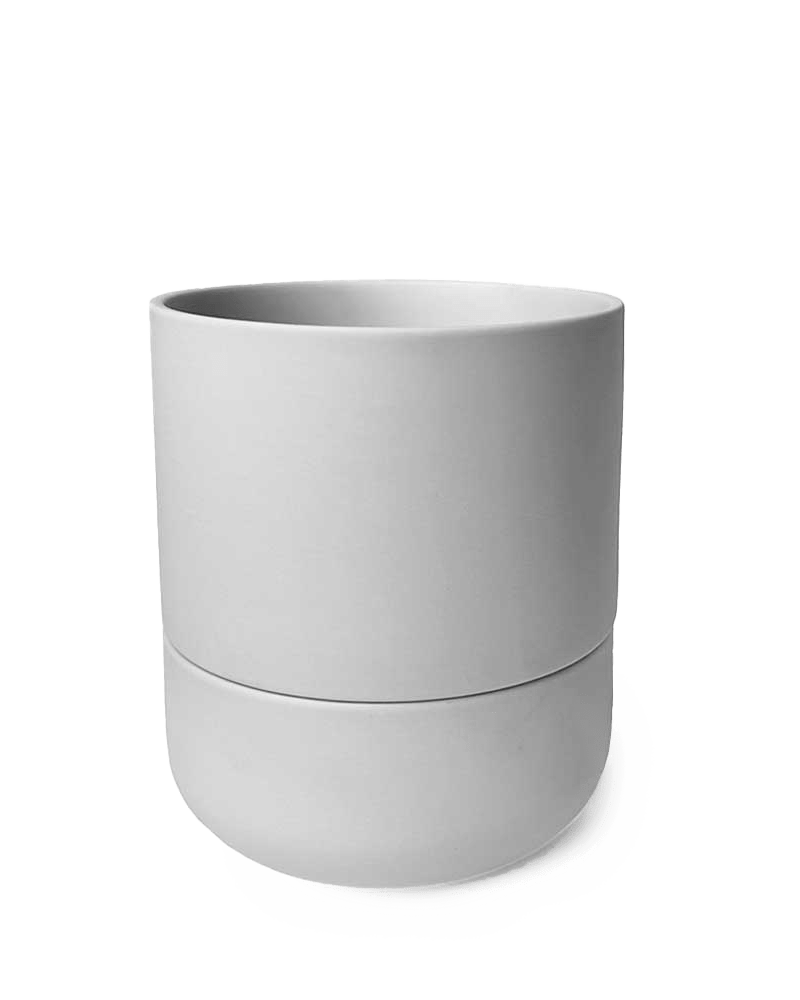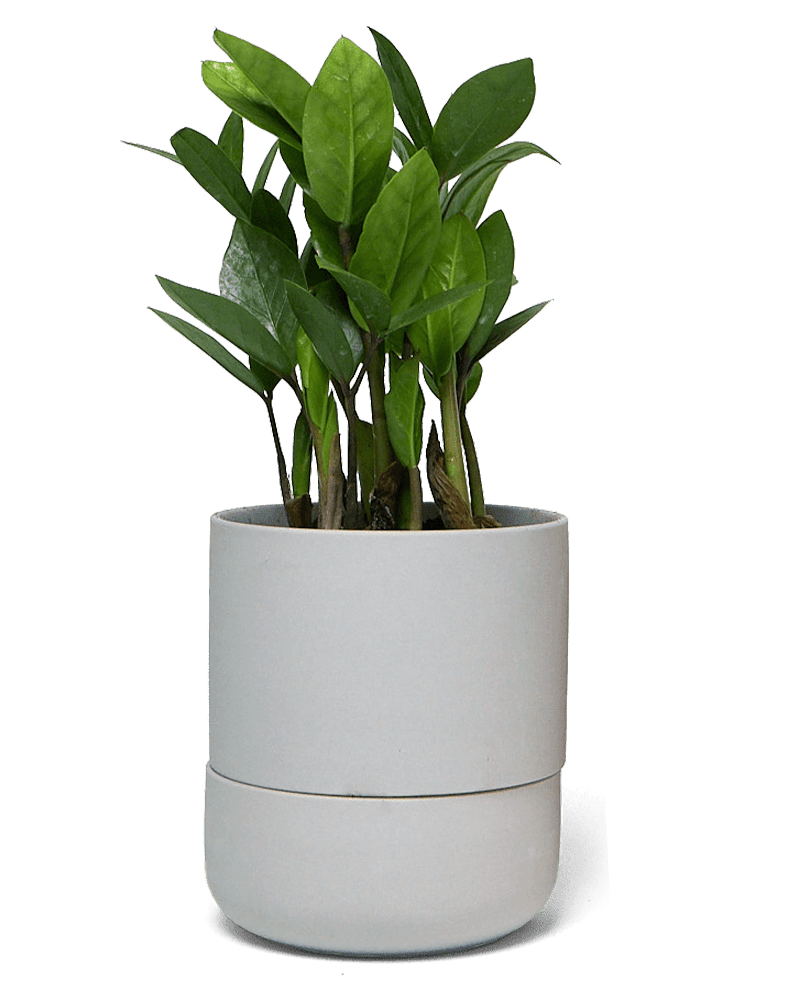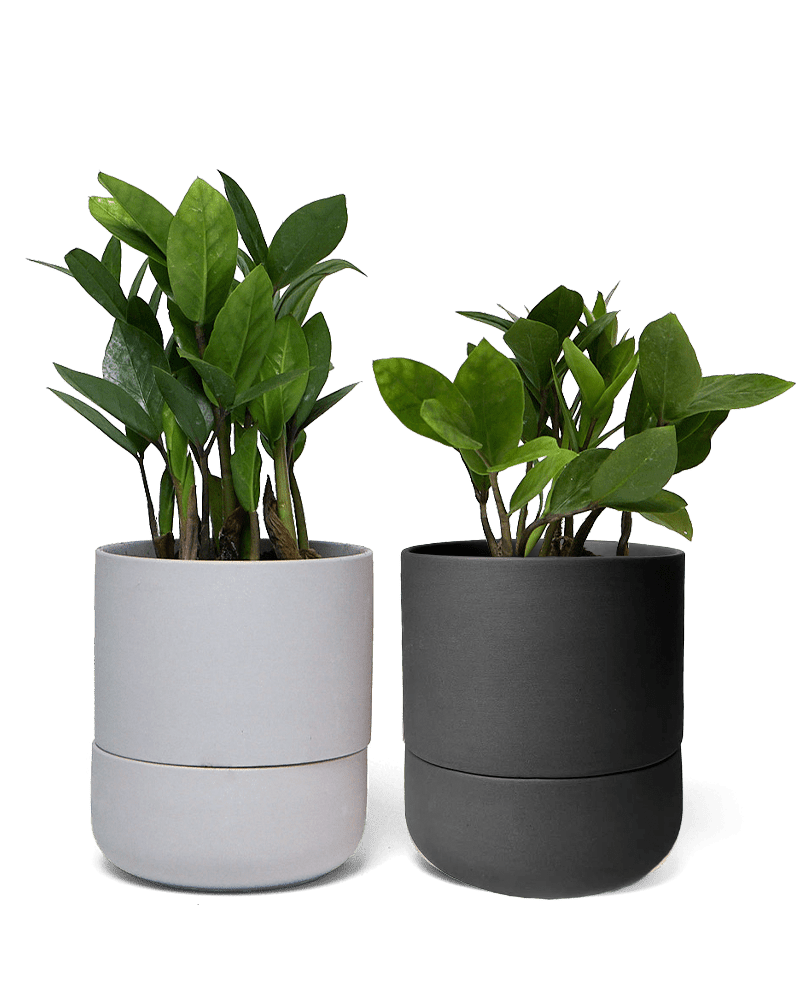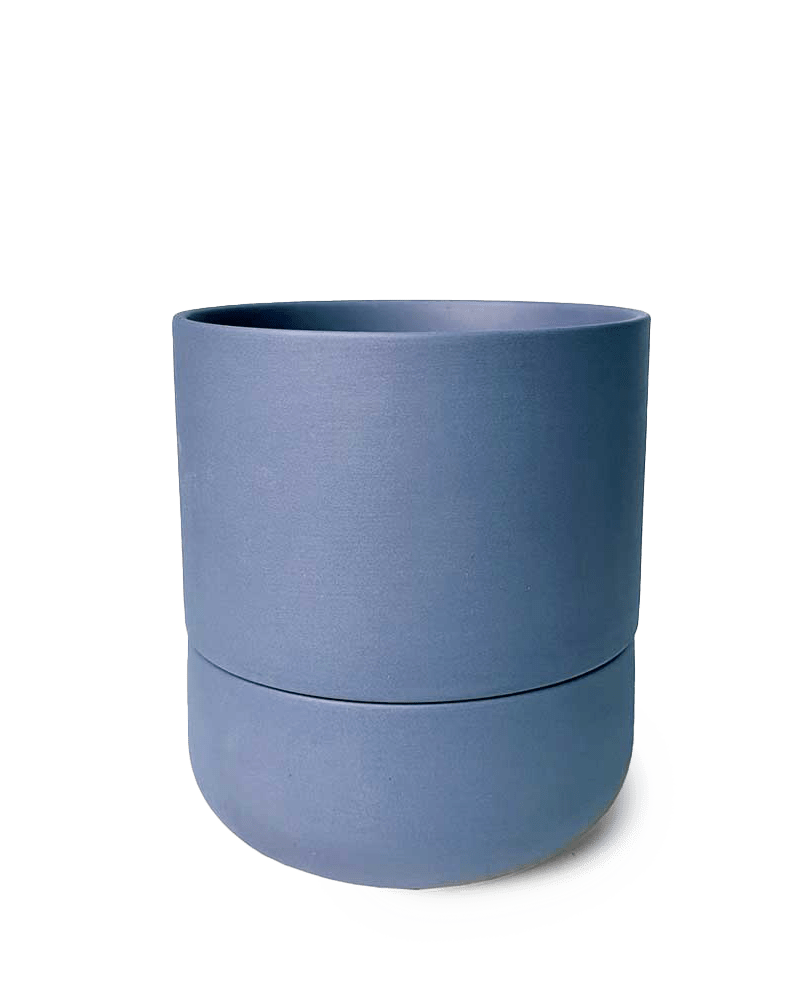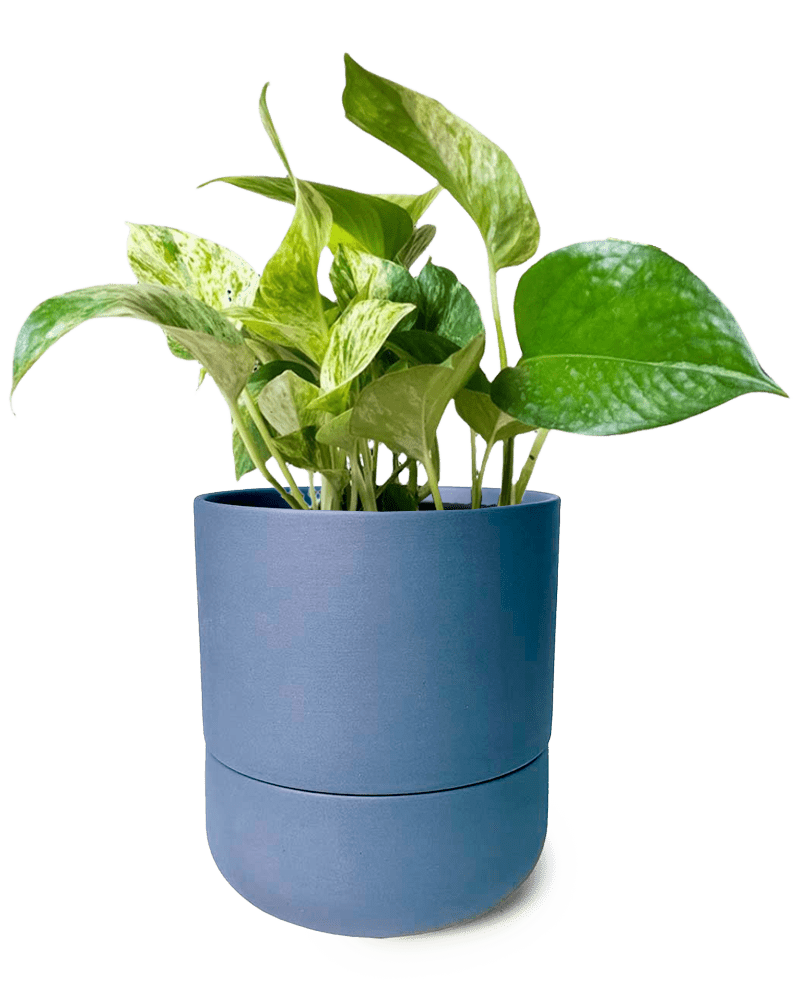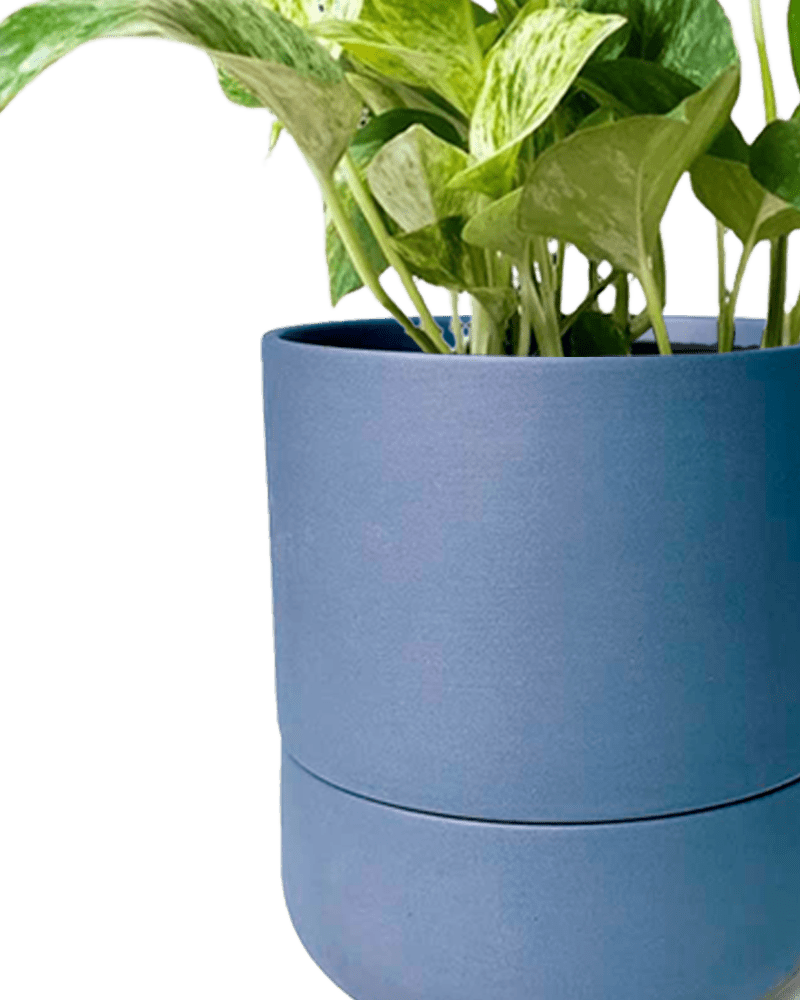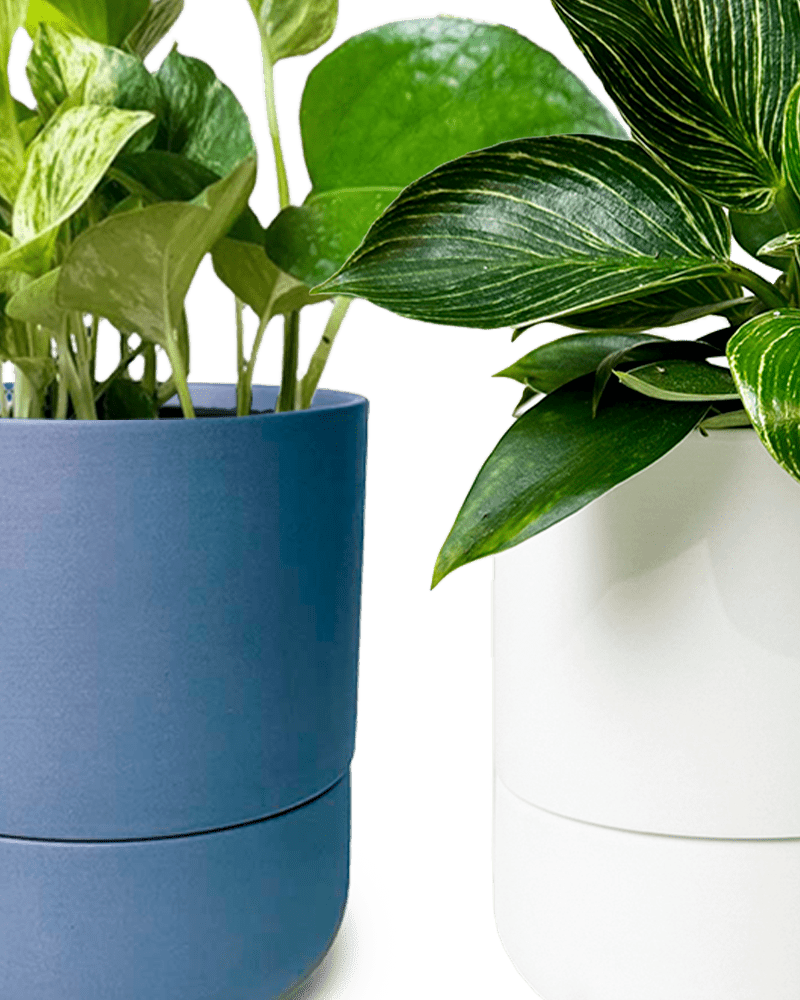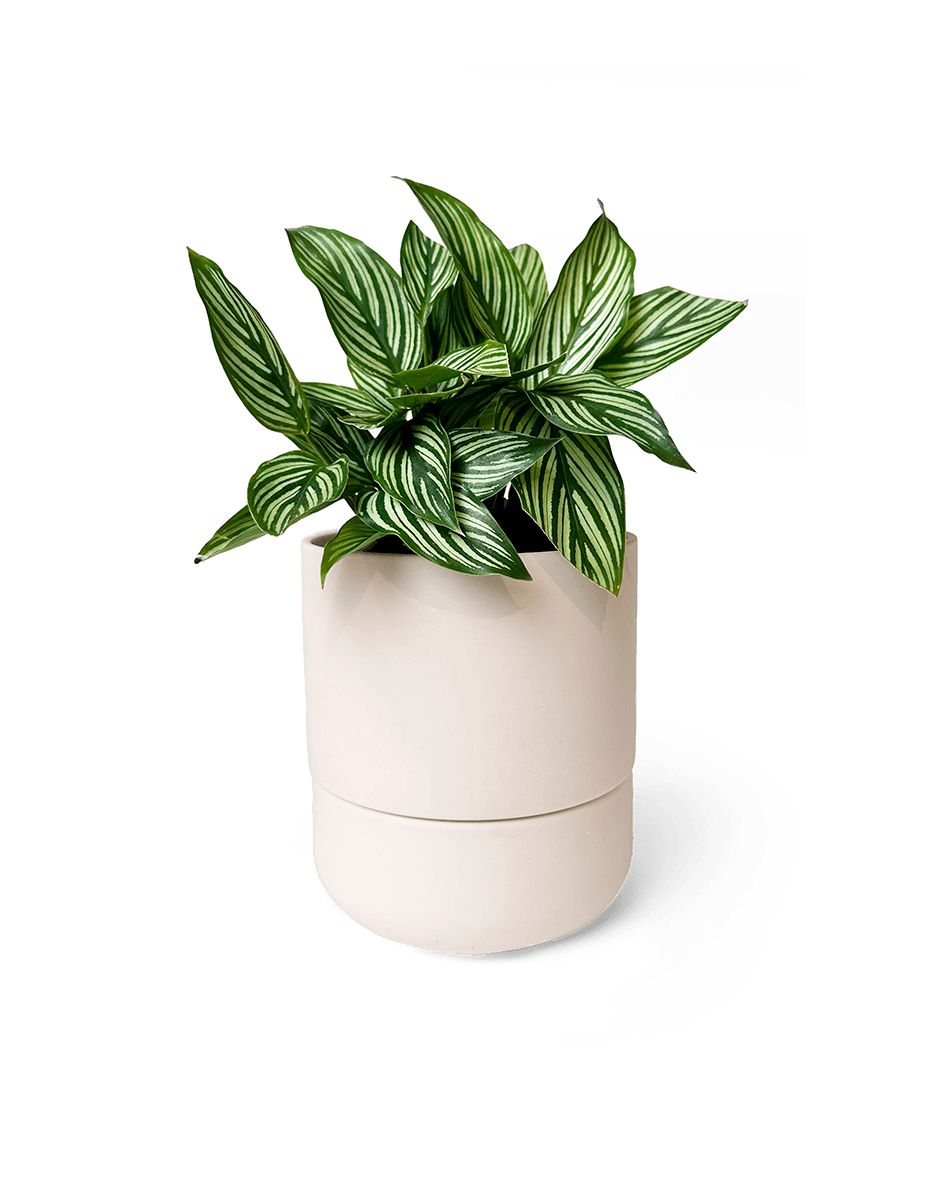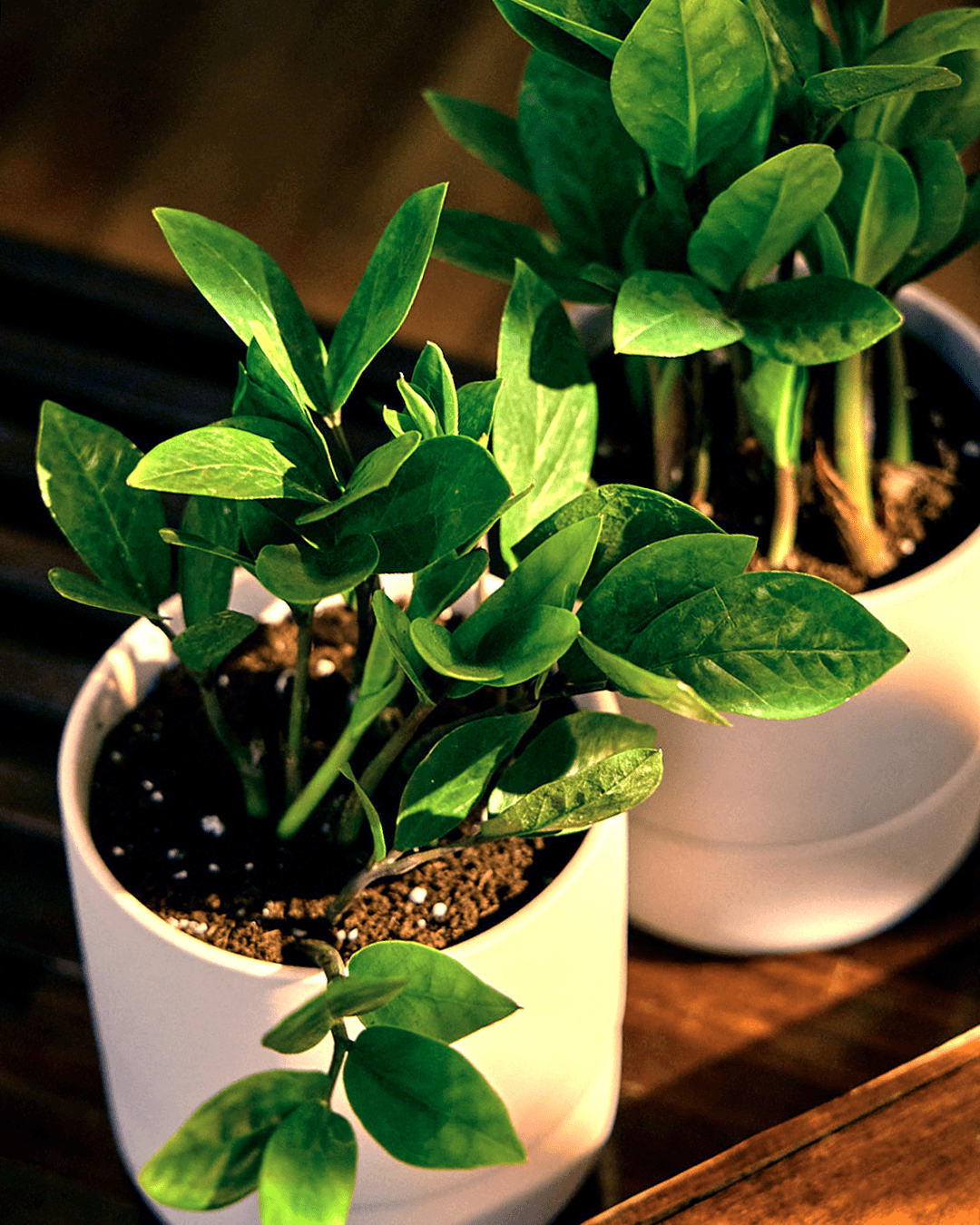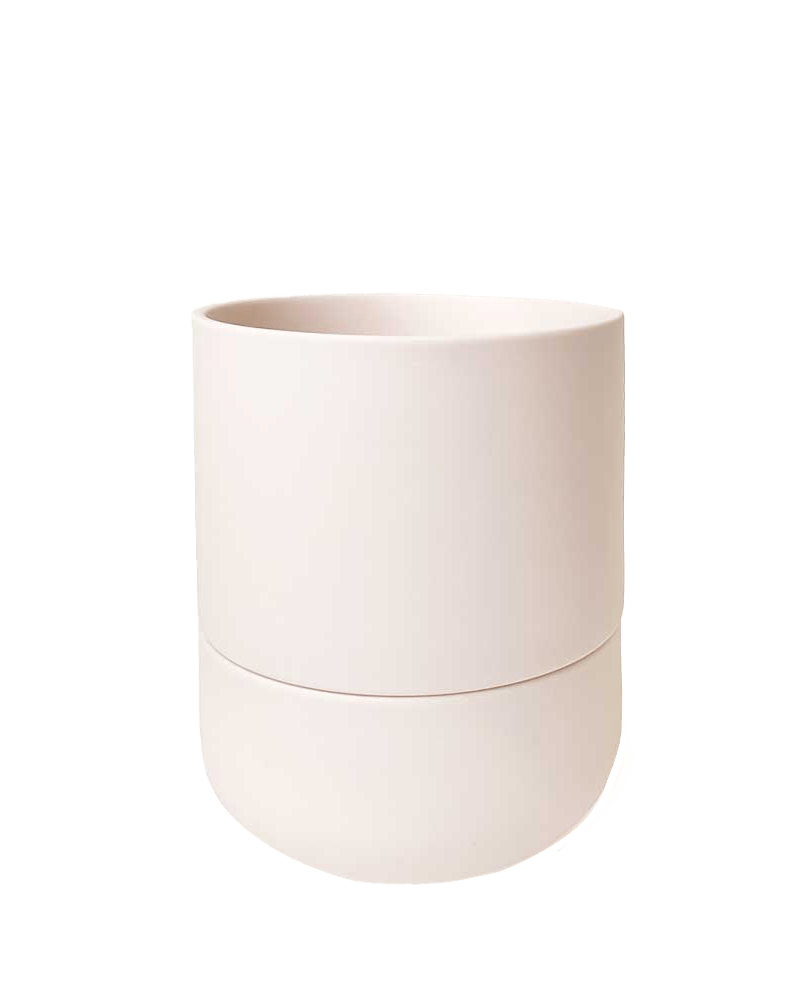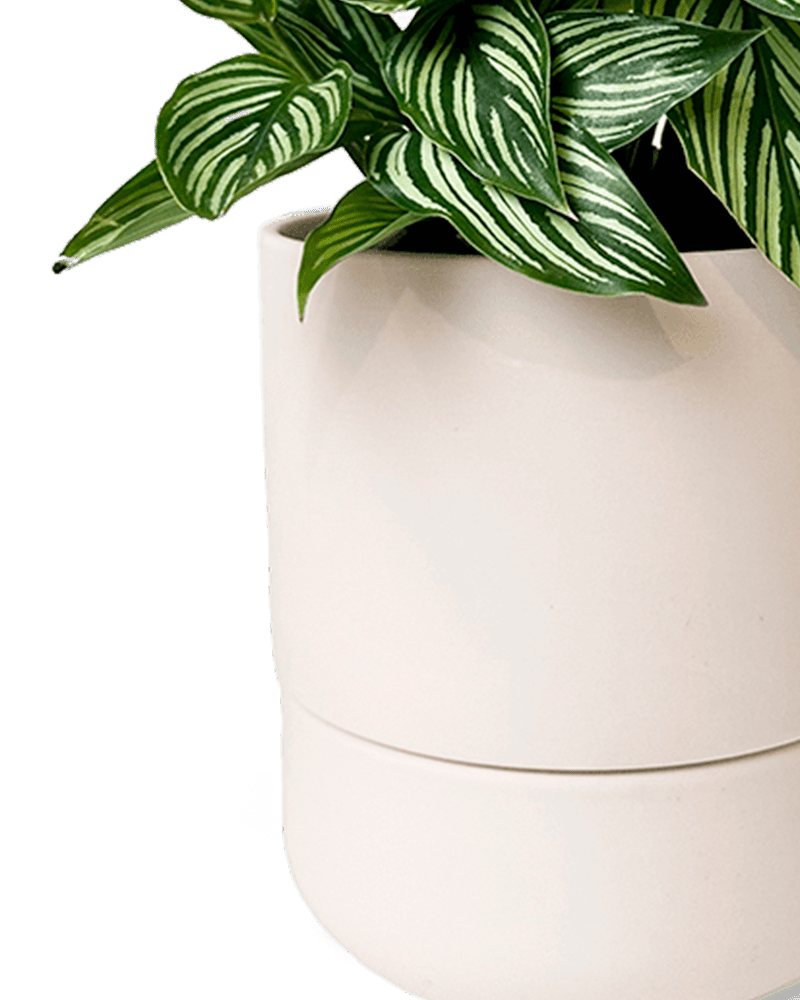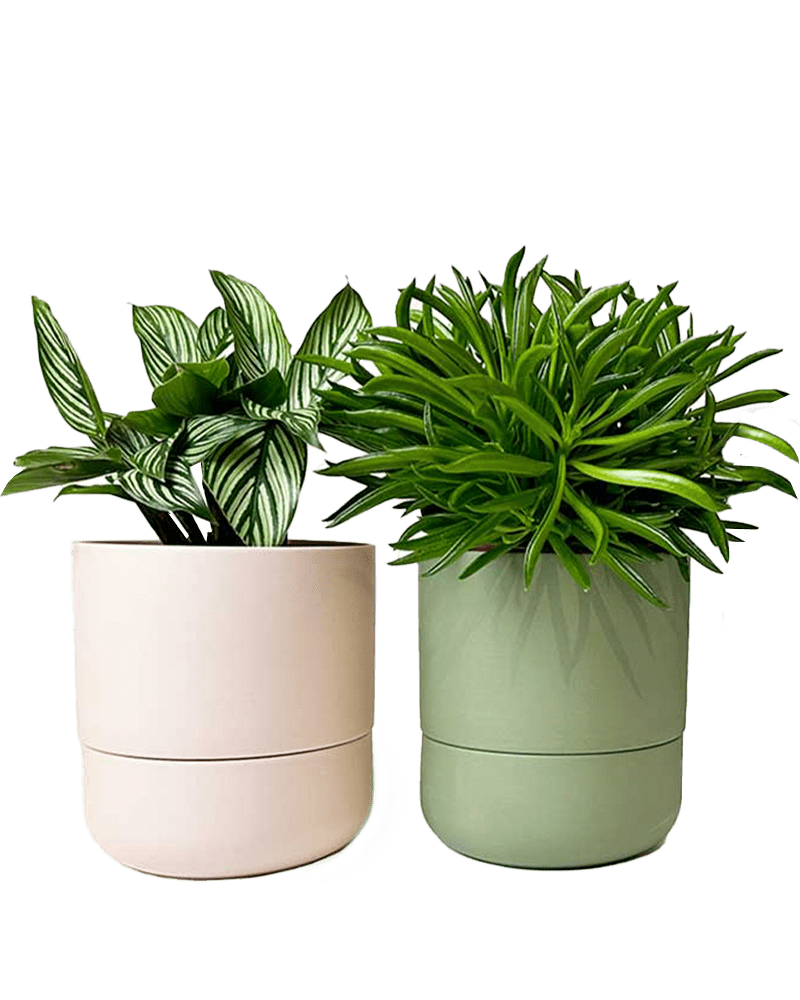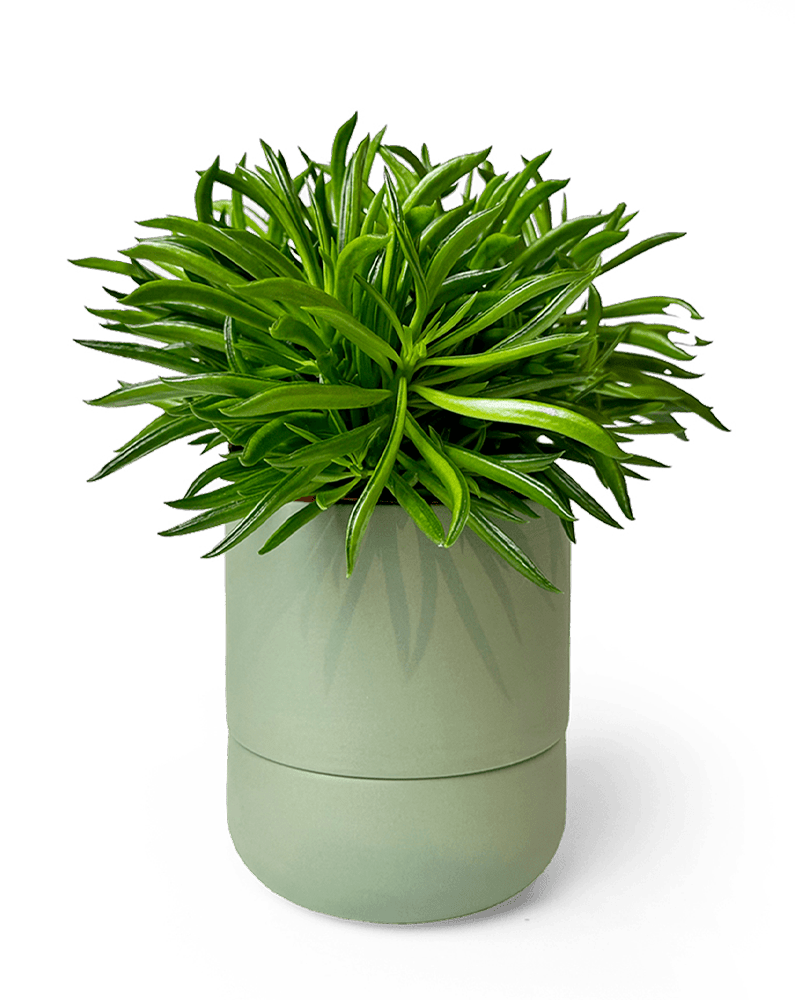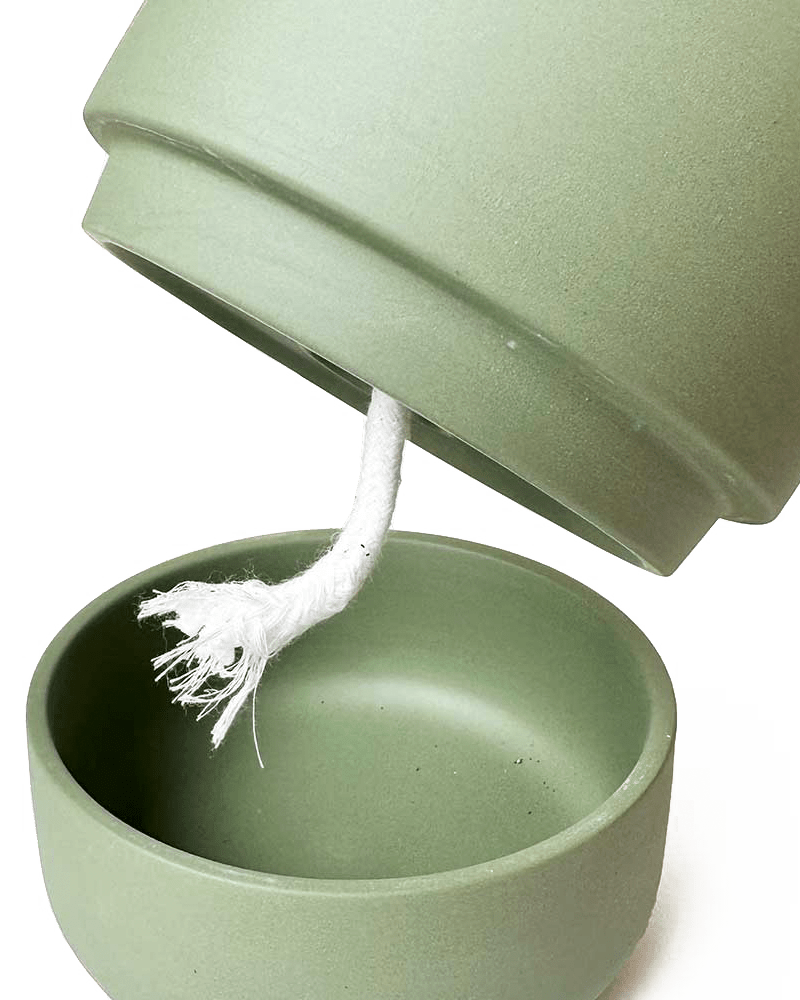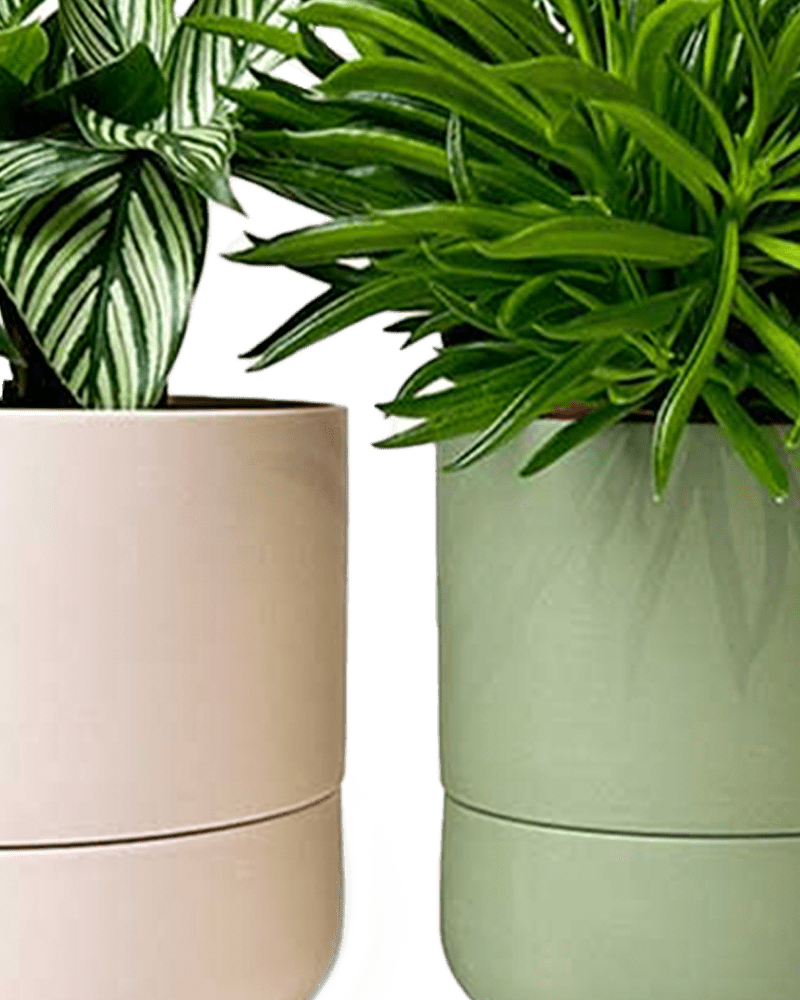
How to care
for your Alocasia
Alocasia

The Ultimate Guide to Caring for Alocasia
- Nearly all the fictional beanstalks illustrated or described in Jack and the Beanstalk stories refer to Alocasia features – long stalks and large leaves. Jack and the Alocasia doesn’t have the same ring, unfortunately.
- It sounds counterintuitive, but don’t get too attached to specific leaves of your Alocasia plant – they don’t last long. Depending on the varietal you have, they might only live for a few months and then drop off – especially when they go dormant during the winter. They’re faster growers though, so you’ll be rewarded with plenty more leaves if you’re taking care of your budding Alocasia.
- Despite mostly being toxic to humans and pets, Alocasia tubers and thick stems of certain varietals are widely used for food in India, the Philippines and Vietnam – like the Coarse Root Alocasia or Indian Alocasia.
Rating of 5 means .
The rating of this product for "" is 4.
Care Level
We might’ve hyped the Alocasia up a lot – but here’s where we bring you back down to reality a little bit. Alocasias are not recommended for beginners. They land squarely in the middle since they require more meticulous care and attention than other houseplants. More on this below – but you should handle Alocasias with work gloves and clean garden shears when pruning since certain varietals’ tubers are toxic and a skin irritant.
Rating of 5 means .
The rating of this product for "" is 2.
Light
Alocasia light needs depend heavily on the varietal you have. They can range from shade to full sunlight. Generally, Alocasias will do well in bright, indirect light. If the colour of your Alocasia's foliage is bright or colourful, then it’ll like more light. Regardless, avoid putting Alocasias in the full blast of the sun. Since Alocasia foliage grows towards its source of light, you’ll want to rotate your plant periodically to balance the growth. You’ll also want to wipe their leaves when they get dusty to remove any dust hindering its photosynthesis.
Rating of 5 means .
The rating of this product for "" is 3.
Water
Alocasias prefer their soil to be on the moist side all-year long. Do the rigorous stick or finger test to check if the top 2” of the soil is dry before quenching its thirst. Alocasias are prone to root rot and fungal infections, so make sure their soil is properly aerated and that its home has drainage holes to avoid waterlogging becoming an issue.
Rating of 5 means .
The rating of this product for "" is 4.
Humidity
Alocasias thrive in very humid environments. To raise the humidity – use a humidifier, move it near other plants, place it on top of a pebble tray submerged in water and mist every day. Just take care when you mist not to leave puddles behind on its leaves otherwise it could topple over on its stem – no one likes a broken houseplant. Also be very mindful to keep Alocasias away from heaters, AC units or cold drafts.
Rating of 5 means .
The rating of this product for "" is 4.
Temperature
Alocasias grow well in 18 – 24°C. They’re a tropical plant and the tropics are warm – so you can connect the dots. Place it in a warm spot that doesn’t get any lower than 16°C (and that’s already pushing it.)
Rating of 5 means .
The rating of this product for "" is 4.
Pets
Alocasias are like Dieffenbachias in the sense that they’reverytoxic to humans and pets. Their leaves contain insoluble oxalate crystals that’ll cause swelling and irritation of the mouth – in severe cases it can make it difficult to breathe. So, you’ll want to make sure your kiddos’ and pets’ touch with their eyes and not their mouths.
Rating of 5 means .
The rating of this product for "" is 4.
Care Level
We might’ve hyped the Alocasia up a lot – but here’s where we bring you back down to reality a little bit. Alocasias are not recommended for beginners. They land squarely in the middle since they require more meticulous care and attention than other houseplants. More on this below – but you should handle Alocasias with work gloves and clean garden shears when pruning since certain varietals’ tubers are toxic and a skin irritant.
Rating of 5 means .
The rating of this product for "" is 2.
Light
Alocasia light needs depend heavily on the varietal you have. They can range from shade to full sunlight. Generally, Alocasias will do well in bright, indirect light. If the colour of your Alocasia's foliage is bright or colourful, then it’ll like more light. Regardless, avoid putting Alocasias in the full blast of the sun. Since Alocasia foliage grows towards its source of light, you’ll want to rotate your plant periodically to balance the growth. You’ll also want to wipe their leaves when they get dusty to remove any dust hindering its photosynthesis.
Rating of 5 means .
The rating of this product for "" is 3.
Water
Alocasias prefer their soil to be on the moist side all-year long. Do the rigorous stick or finger test to check if the top 2” of the soil is dry before quenching its thirst. Alocasias are prone to root rot and fungal infections, so make sure their soil is properly aerated and that its home has drainage holes to avoid waterlogging becoming an issue.
Rating of 5 means .
The rating of this product for "" is 4.
Humidity
Alocasias thrive in very humid environments. To raise the humidity – use a humidifier, move it near other plants, place it on top of a pebble tray submerged in water and mist every day. Just take care when you mist not to leave puddles behind on its leaves otherwise it could topple over on its stem – no one likes a broken houseplant. Also be very mindful to keep Alocasias away from heaters, AC units or cold drafts.
Rating of 5 means .
The rating of this product for "" is 4.
Temperature
Alocasias grow well in 18 – 24°C. They’re a tropical plant and the tropics are warm – so you can connect the dots. Place it in a warm spot that doesn’t get any lower than 16°C (and that’s already pushing it.)
Rating of 5 means .
The rating of this product for "" is 4.
Pets
Alocasias are like Dieffenbachias in the sense that they’reverytoxic to humans and pets. Their leaves contain insoluble oxalate crystals that’ll cause swelling and irritation of the mouth – in severe cases it can make it difficult to breathe. So, you’ll want to make sure your kiddos’ and pets’ touch with their eyes and not their mouths.
Pots for your Alocasia
Subscribe to our newsletter
Promotions, new products and sales. Directly to your inbox.

